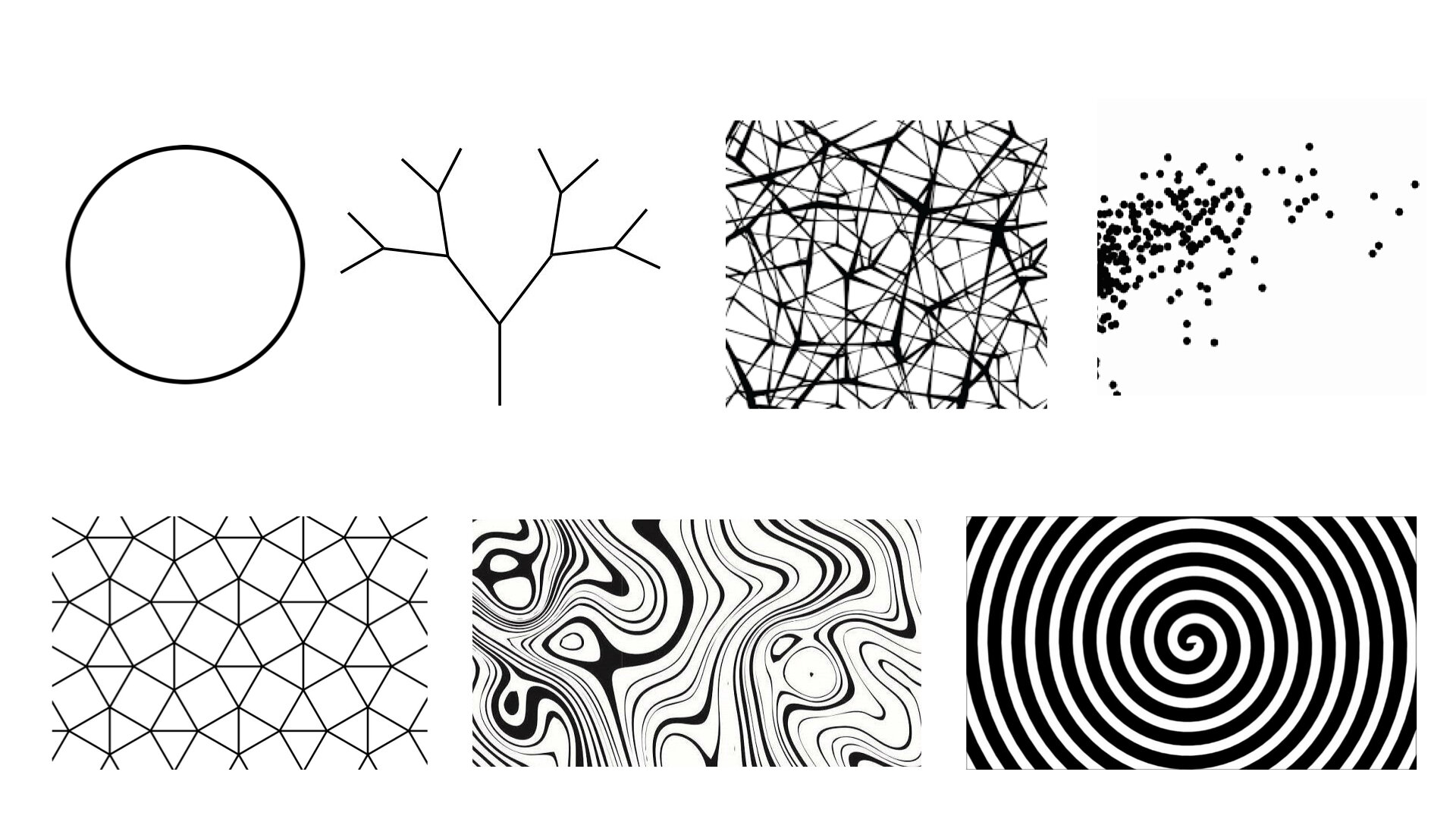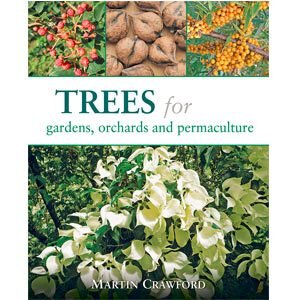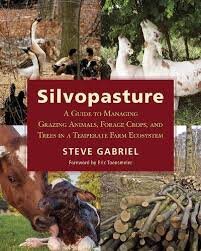
PDC Module 3 - Water, Trees & the Landscape
Welcome to Module 3 of the full Permaculture Design Course. This modules focuses on the function of water in the landscape, the relation of water and trees and how we can create more climate resilient landscapes. What you’ll find on this page is:
Your course content
Documents to use during live sessions
Useful handouts
Additional learning resources
Your assignments and course work
The quiz to test your learning and a feedback form
Enjoy your learning journey.
Course content
The slides - prerecorded content - live session recordings

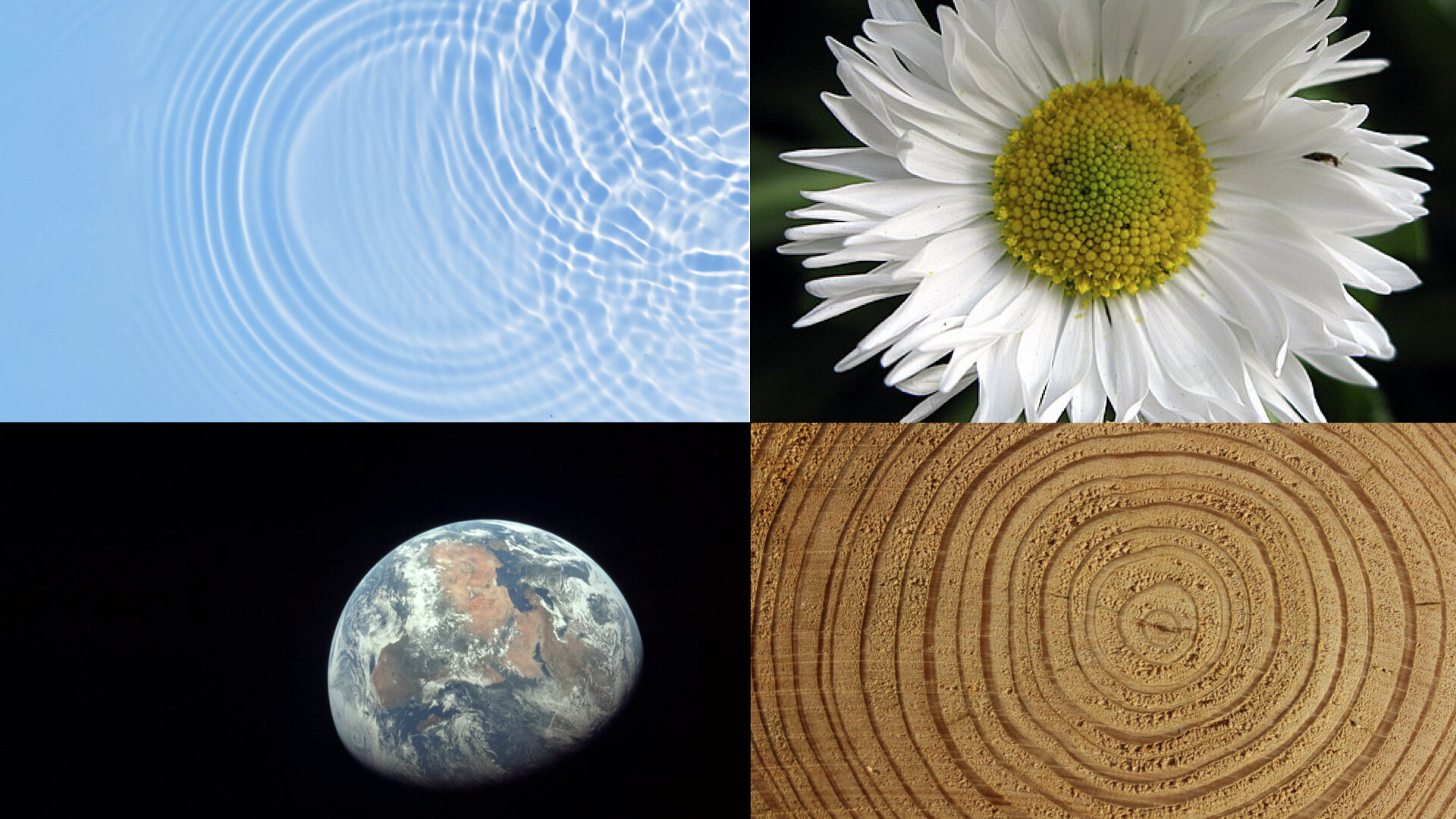
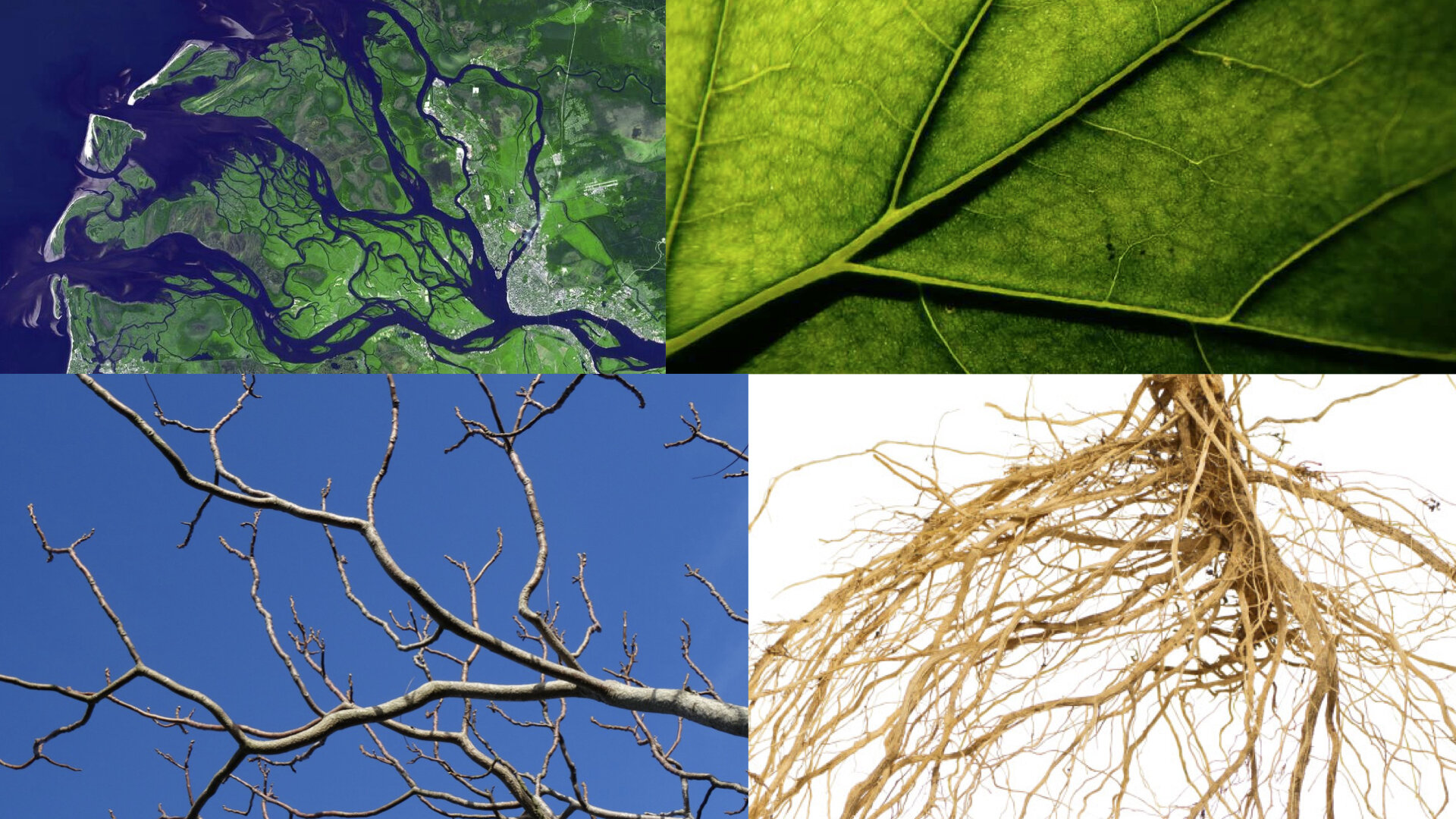
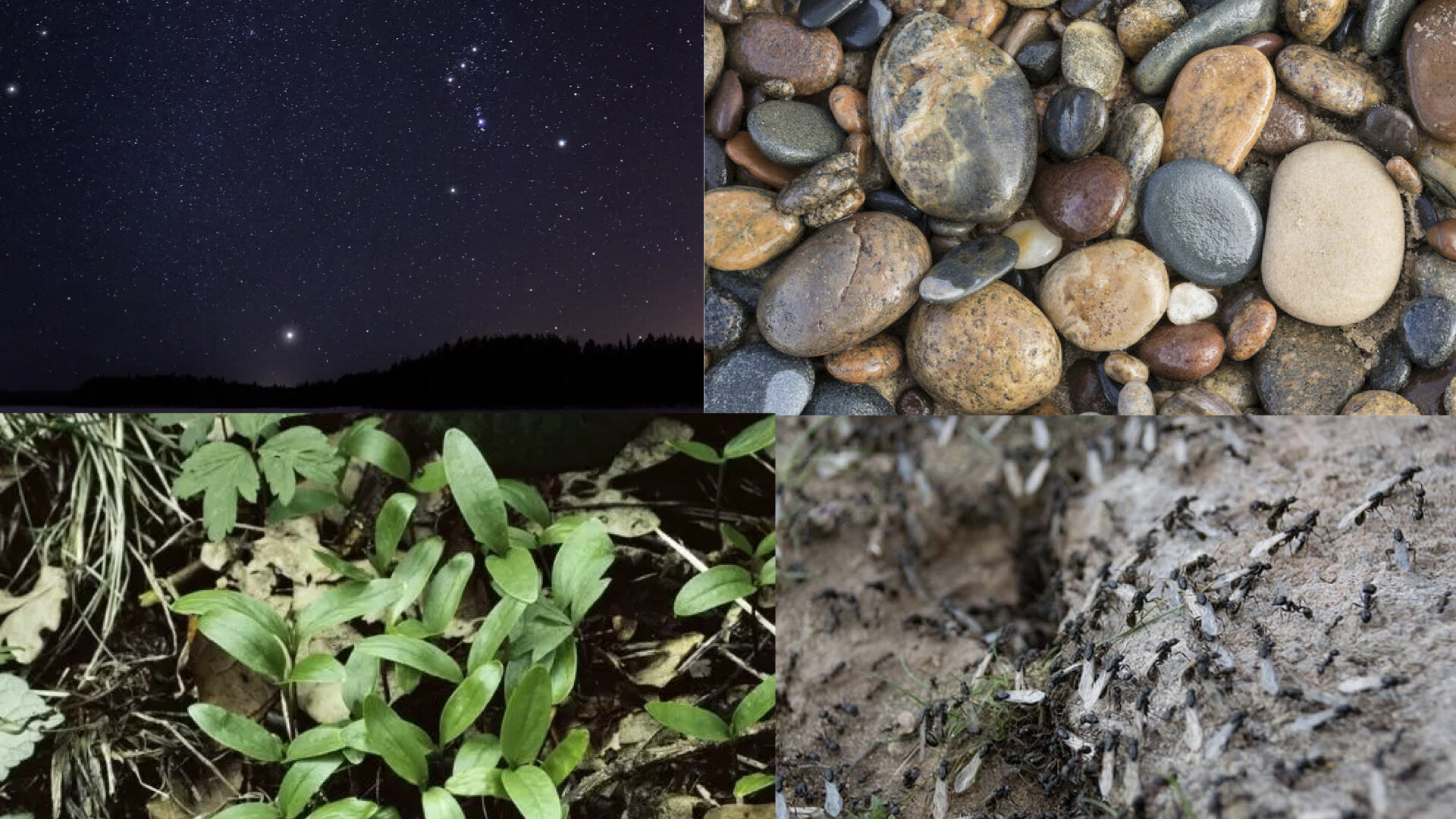
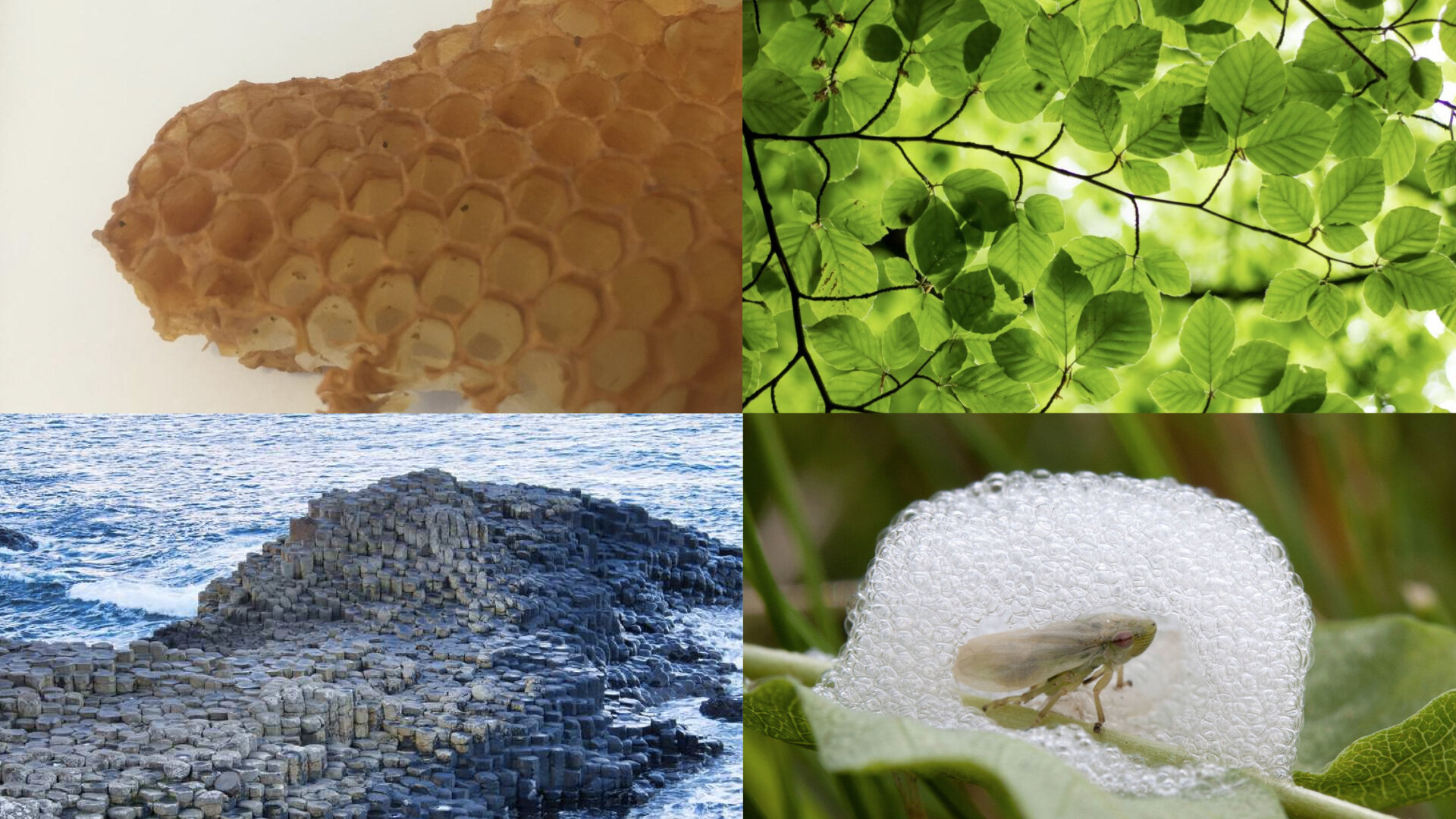
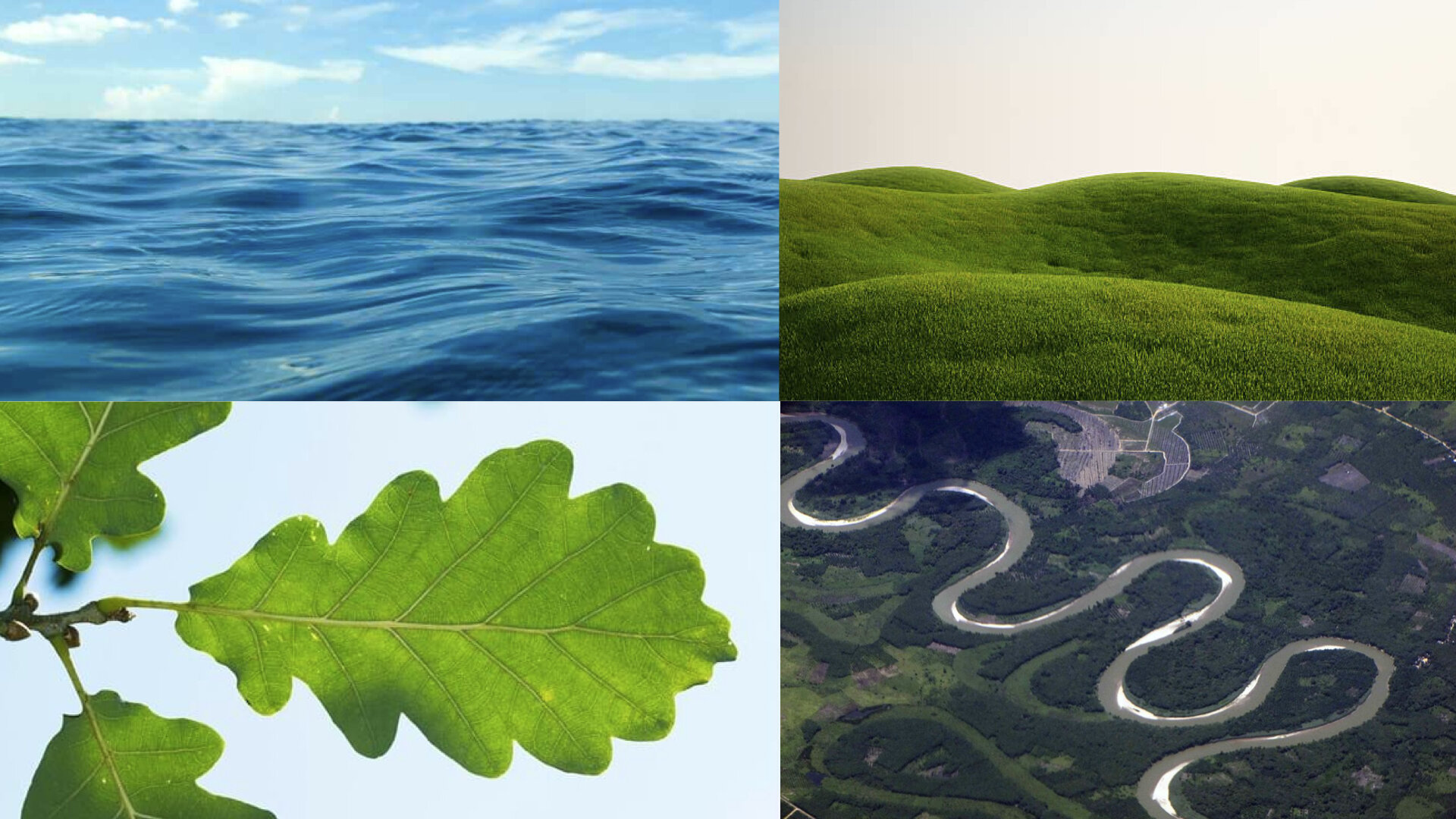
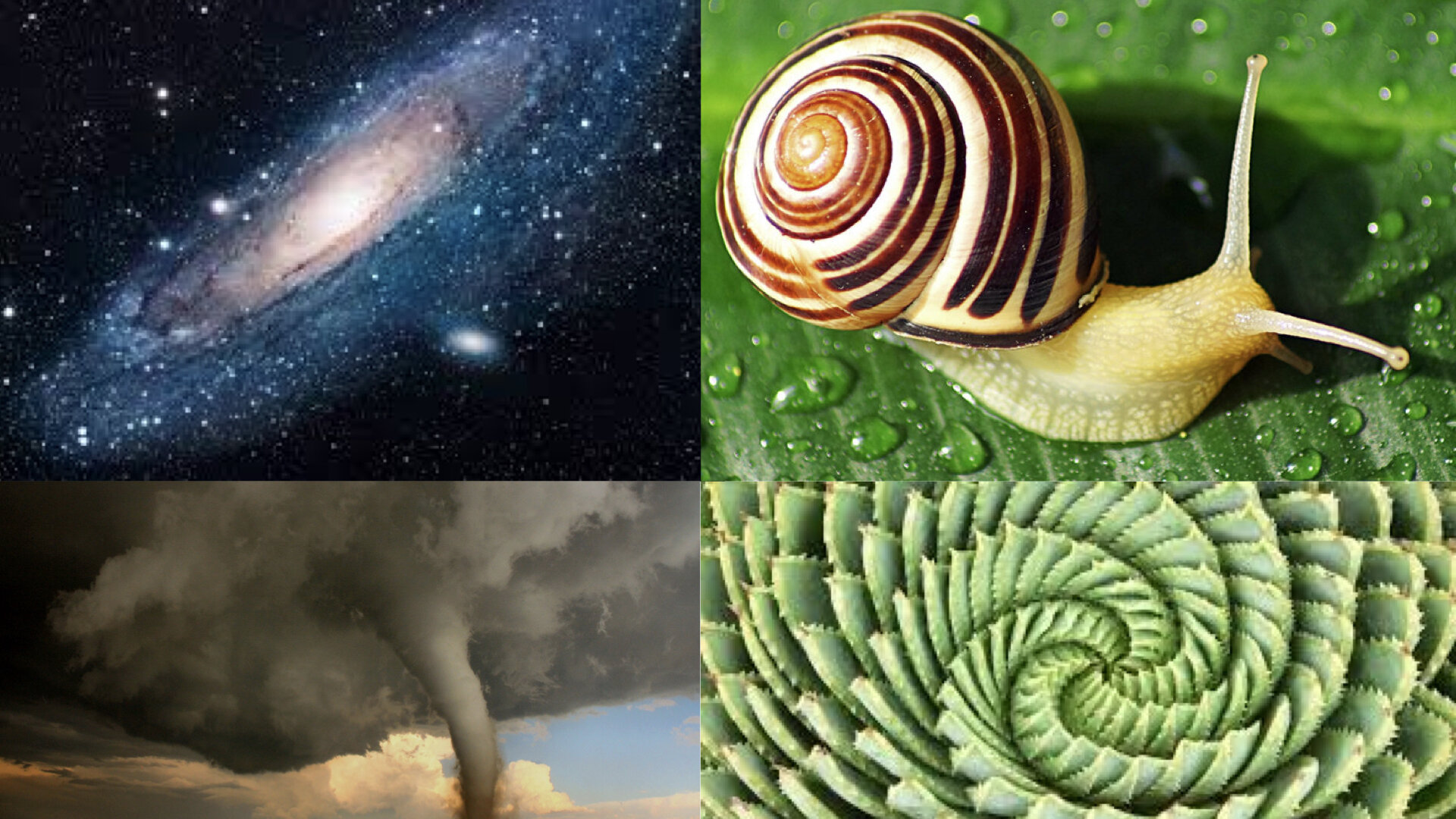
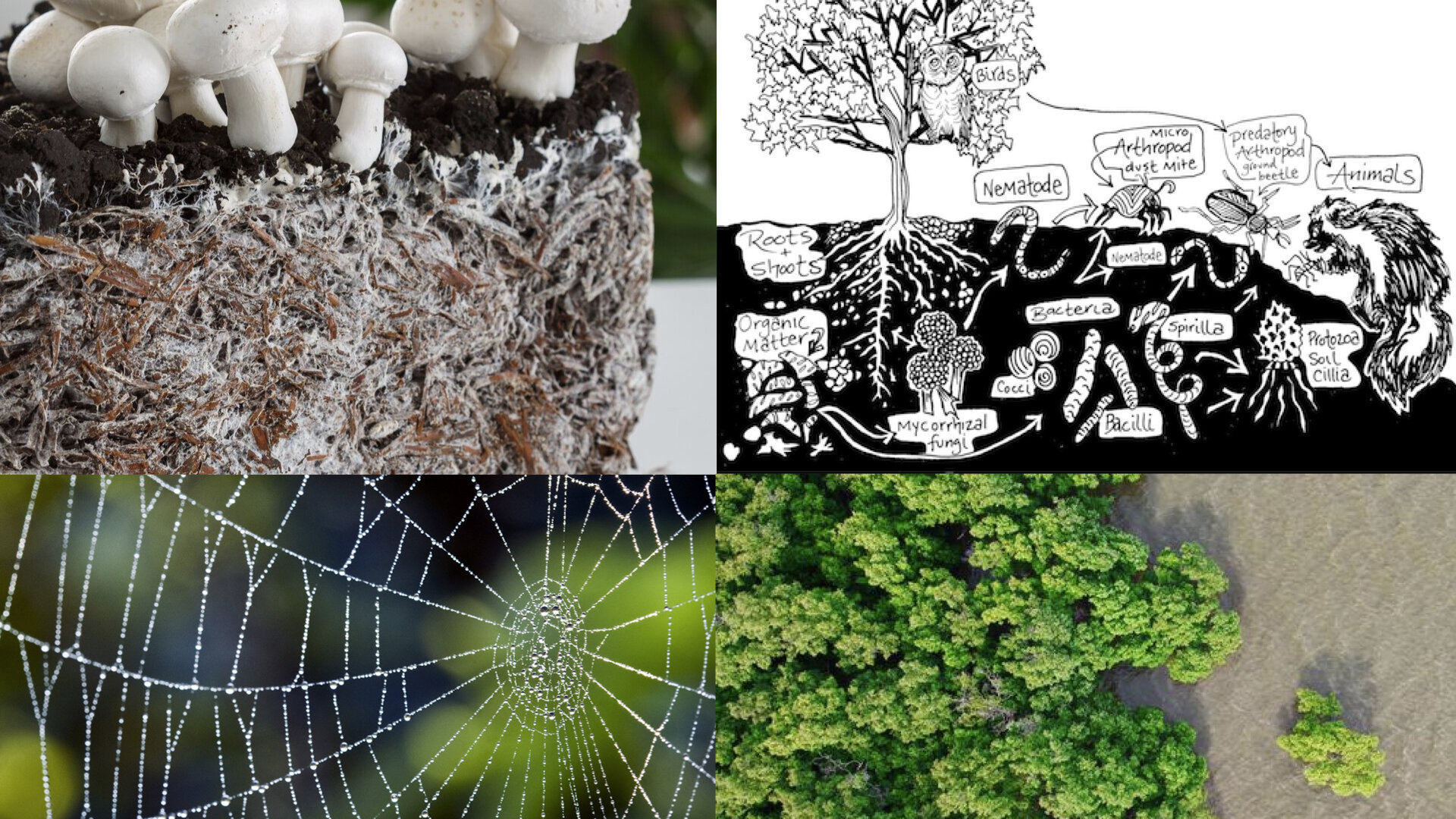
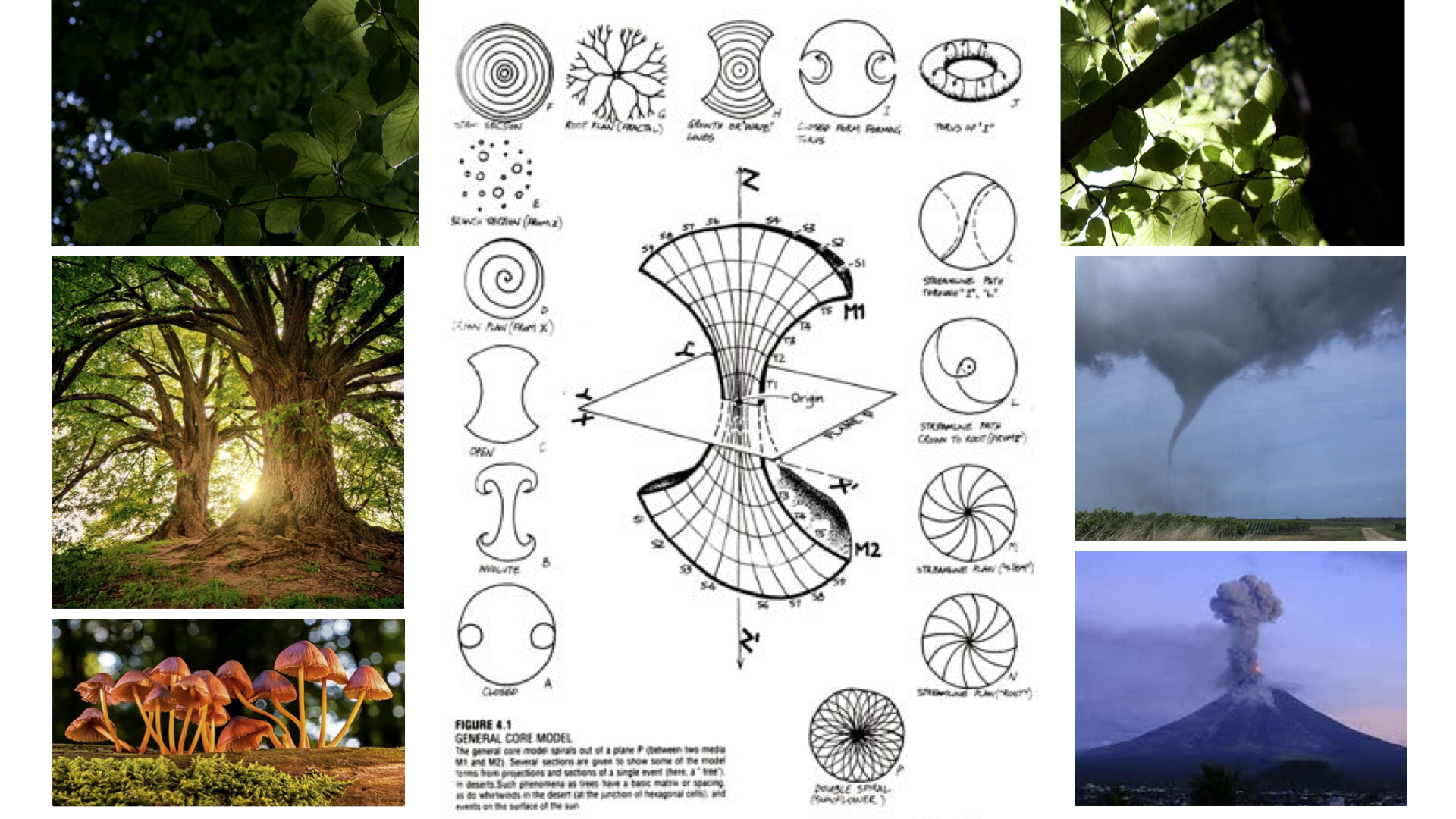
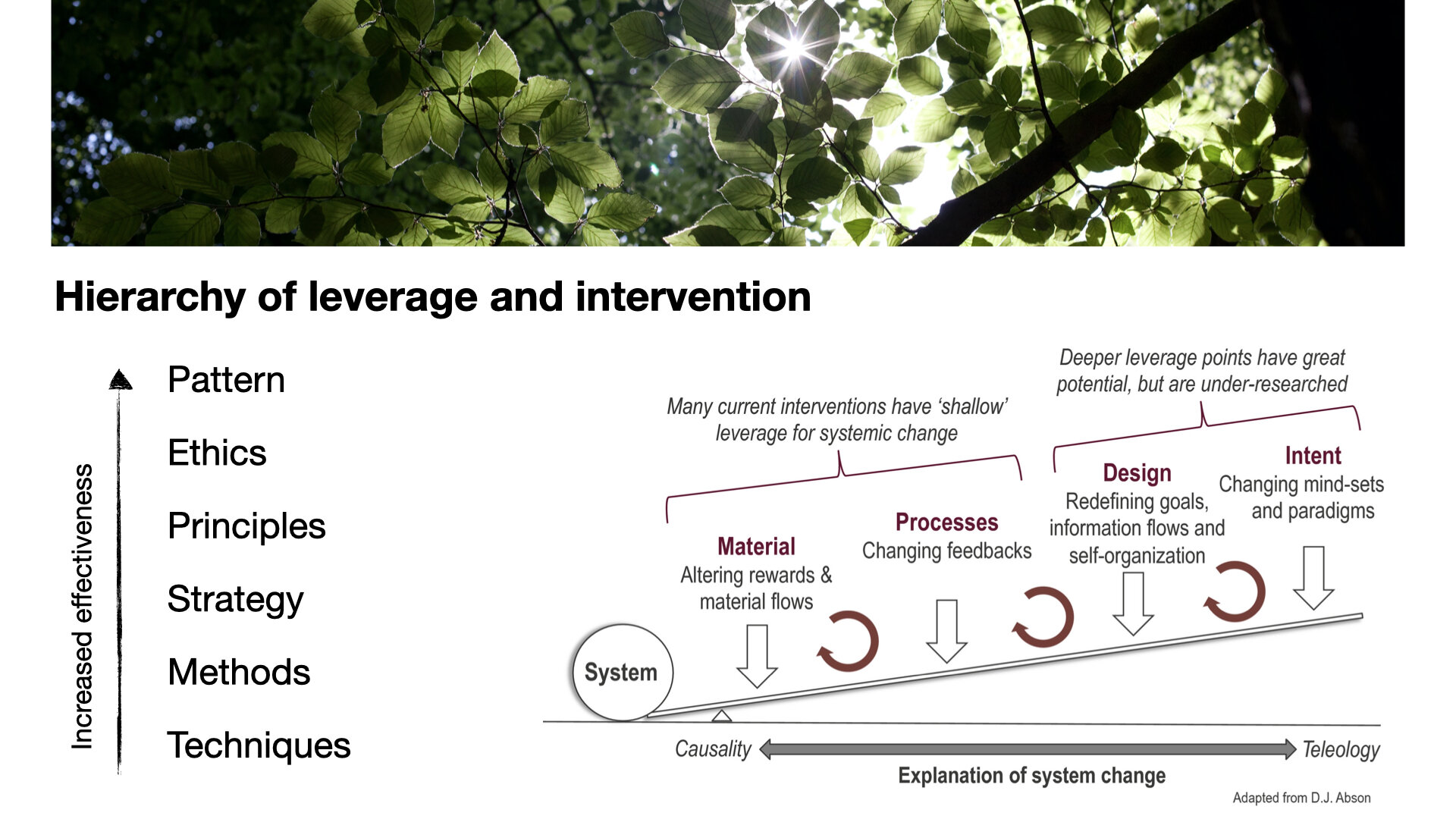
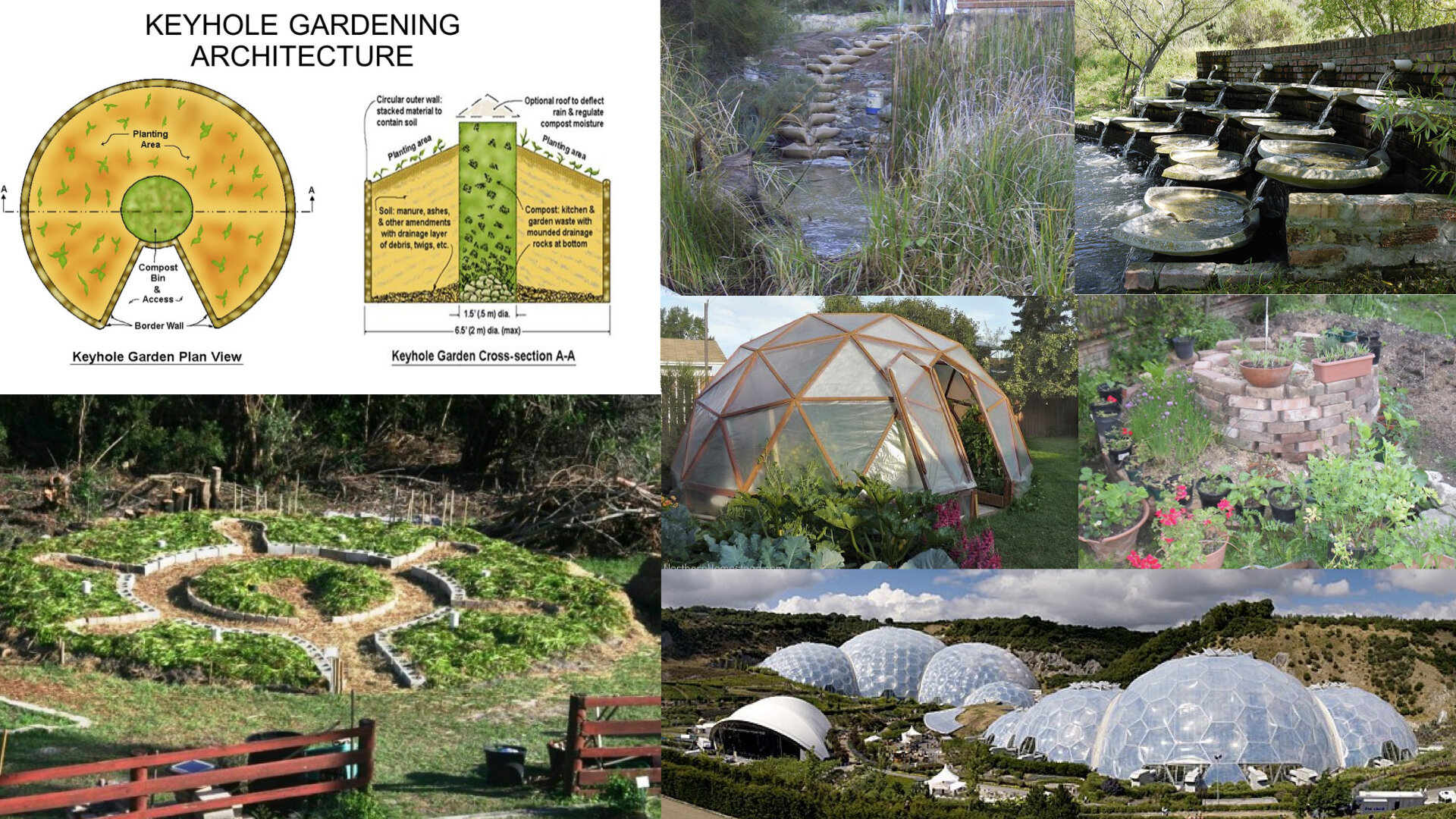
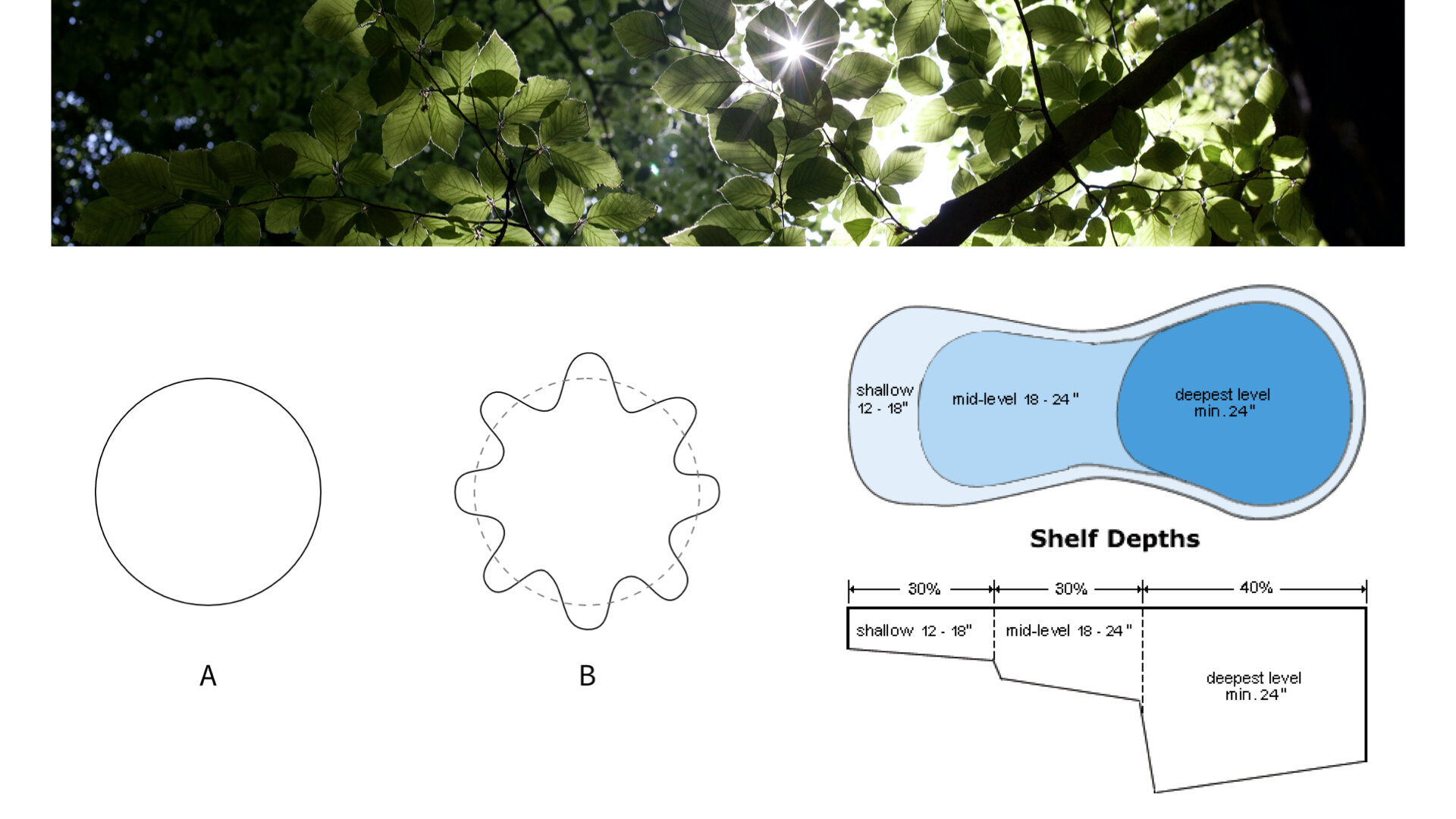
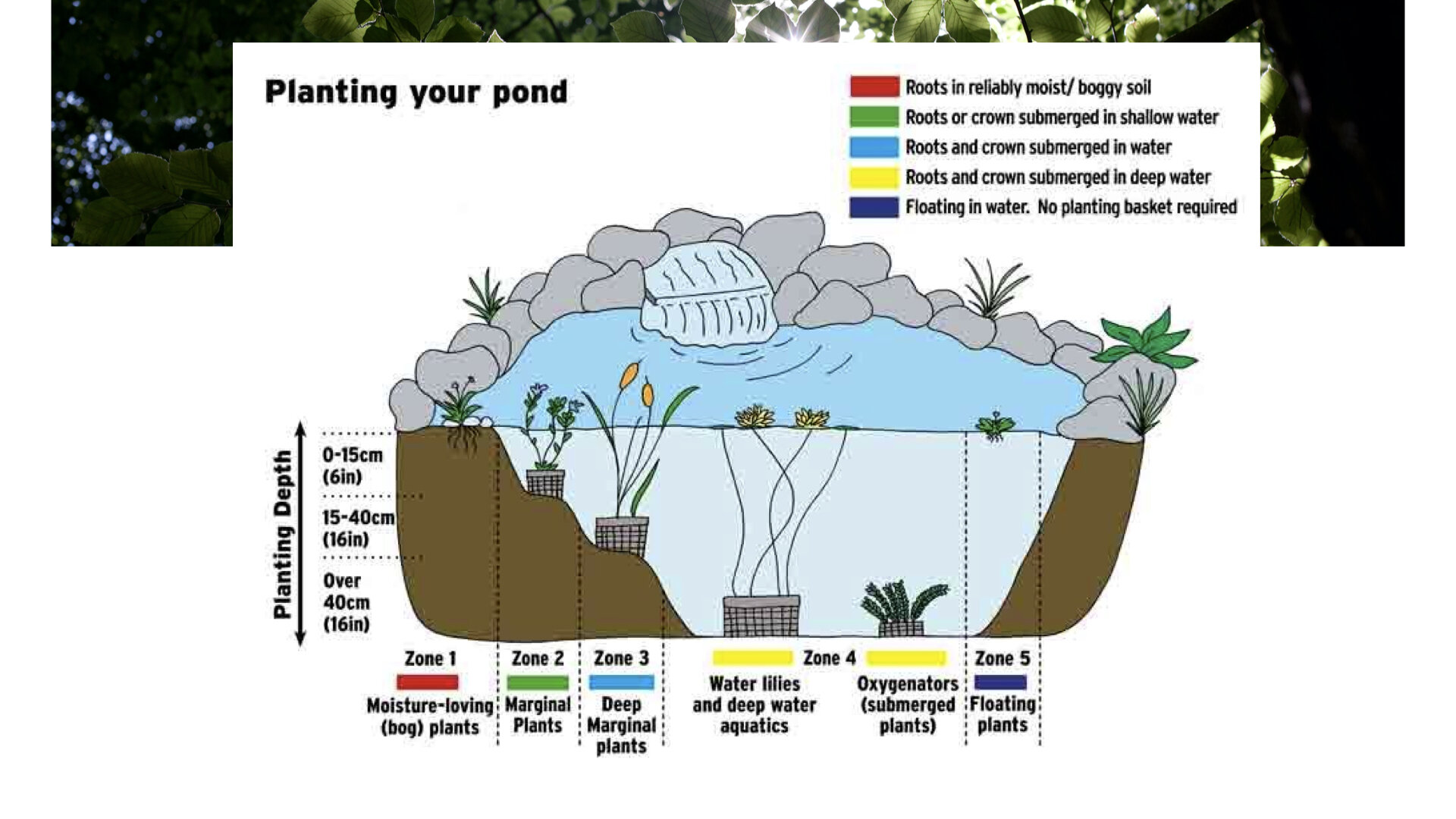
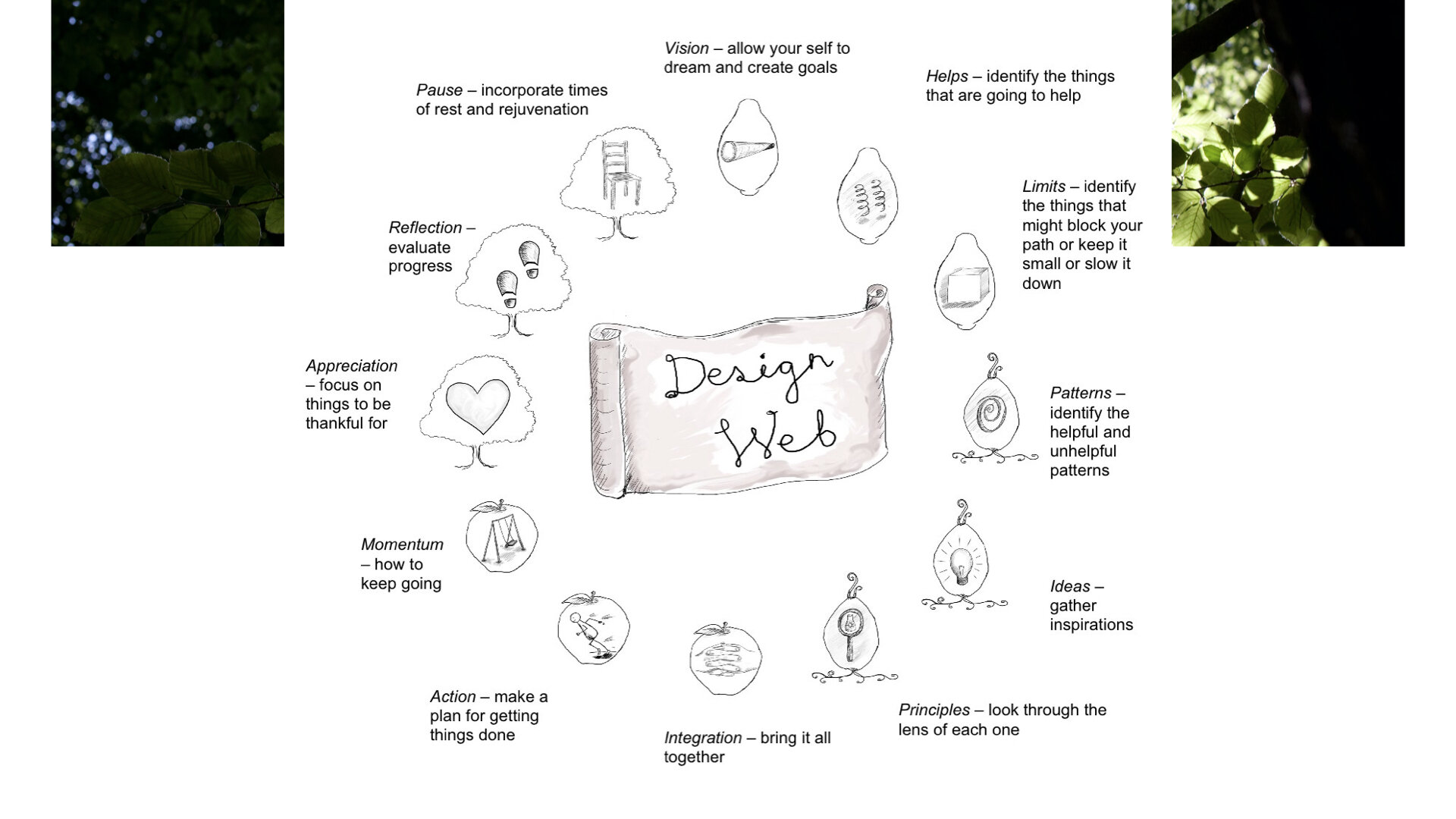
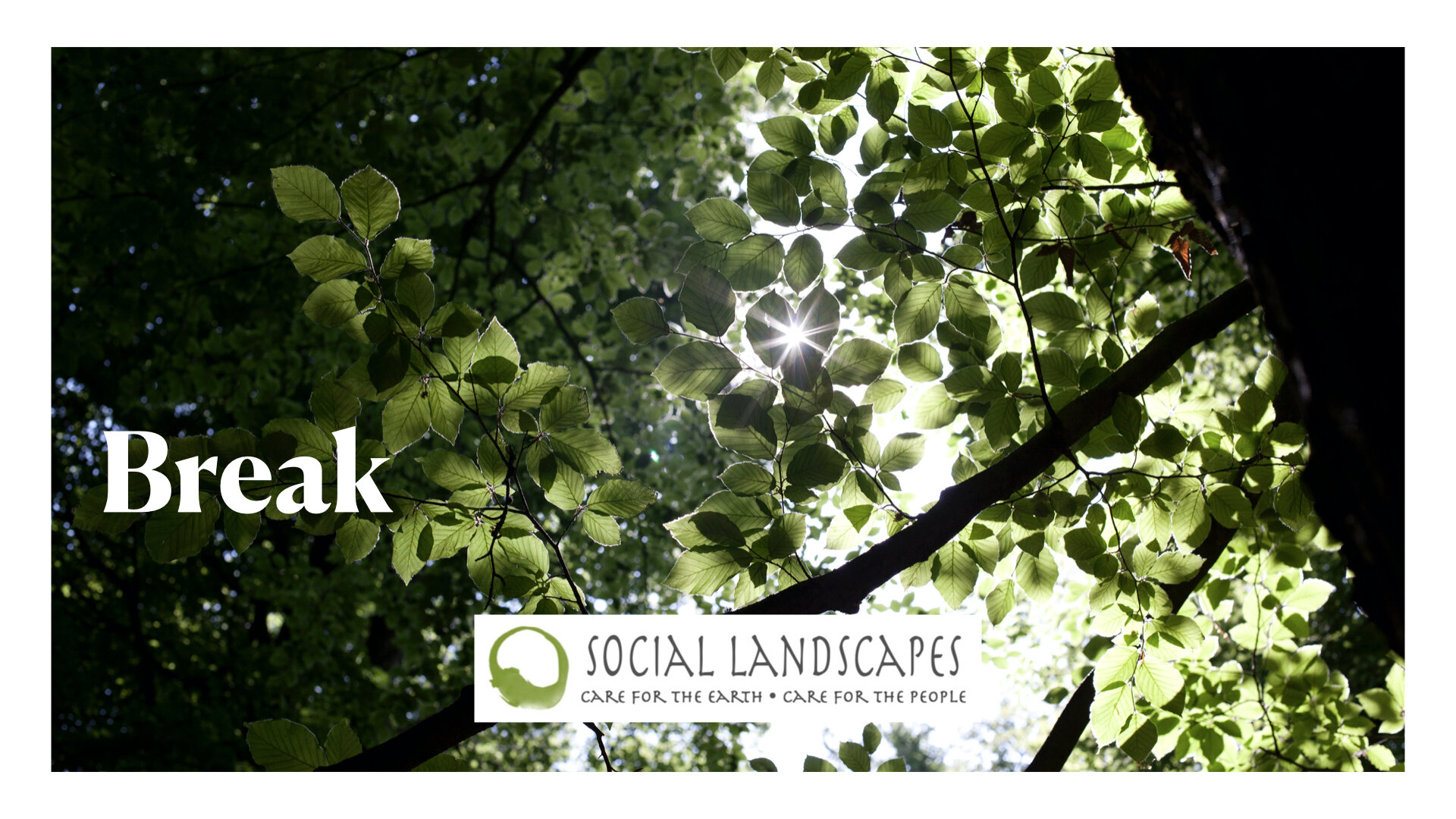
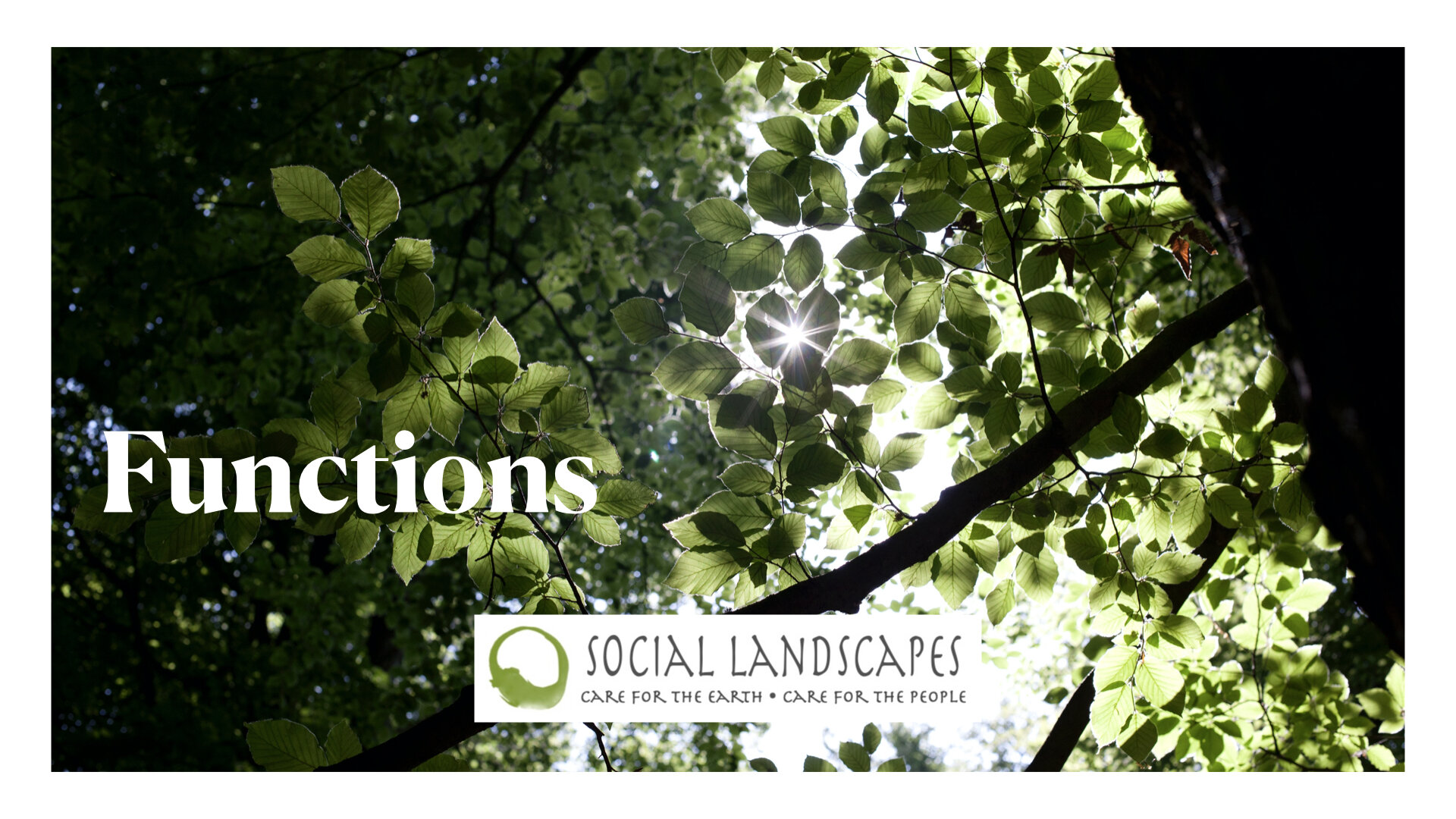

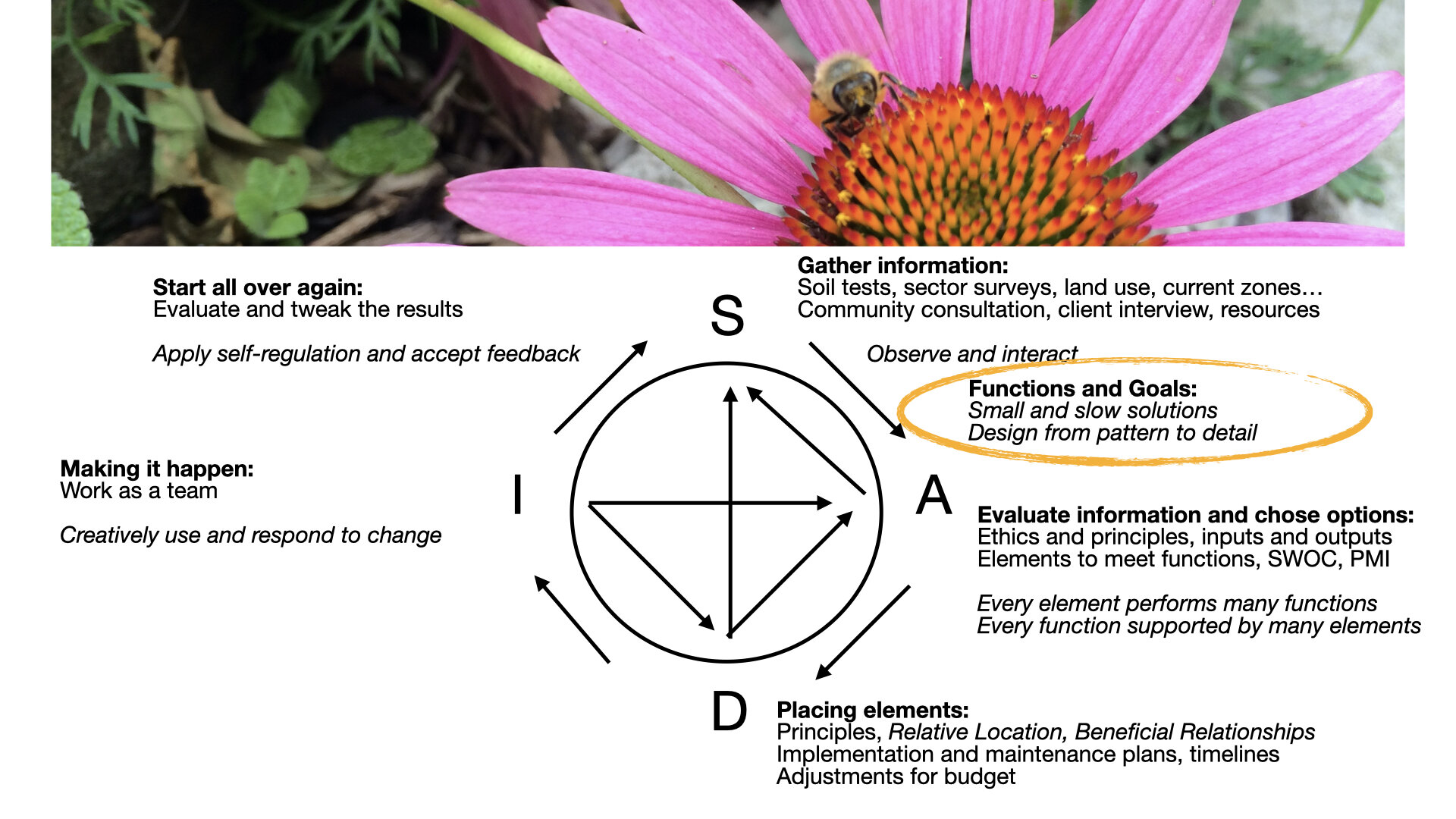
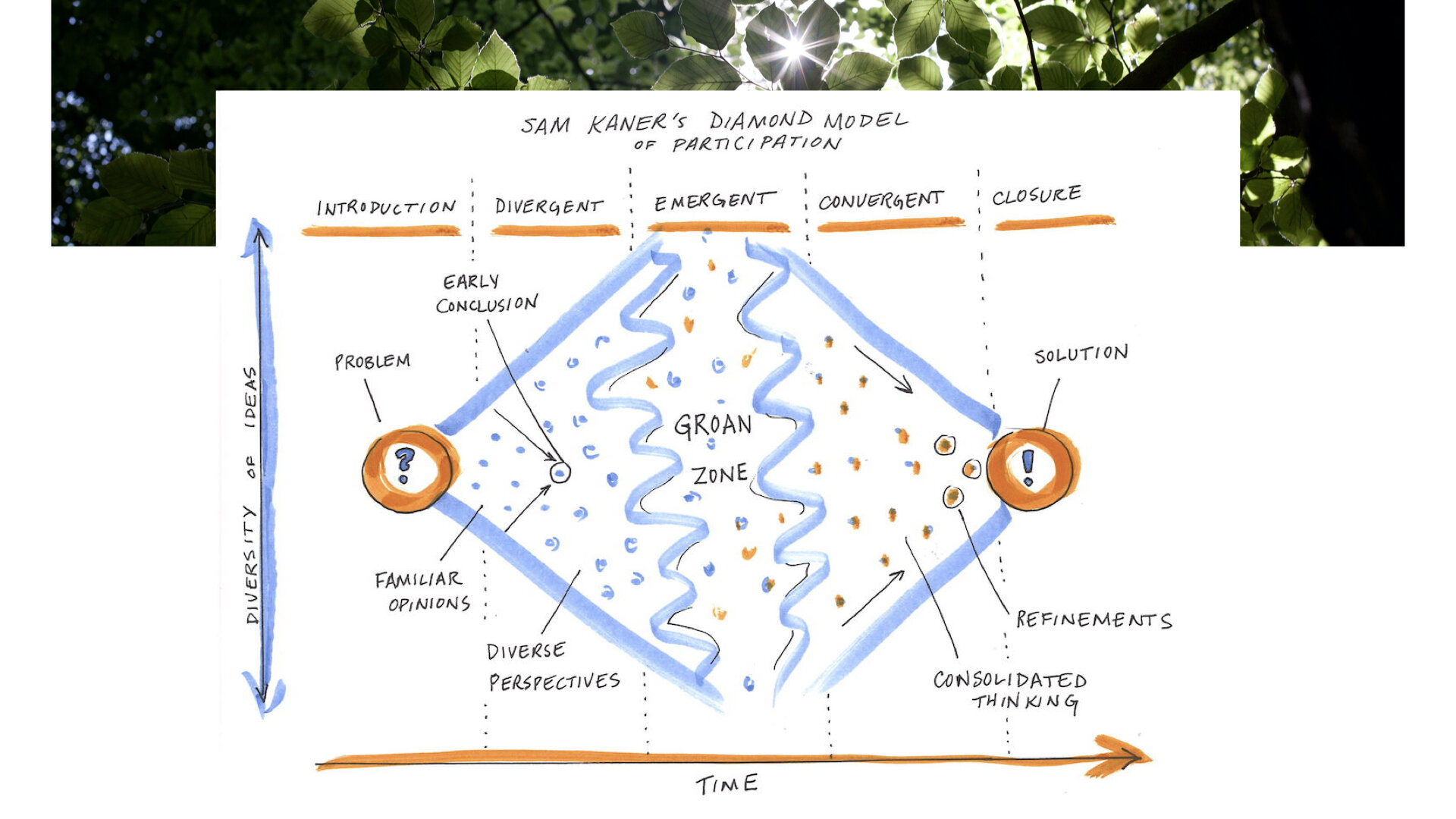

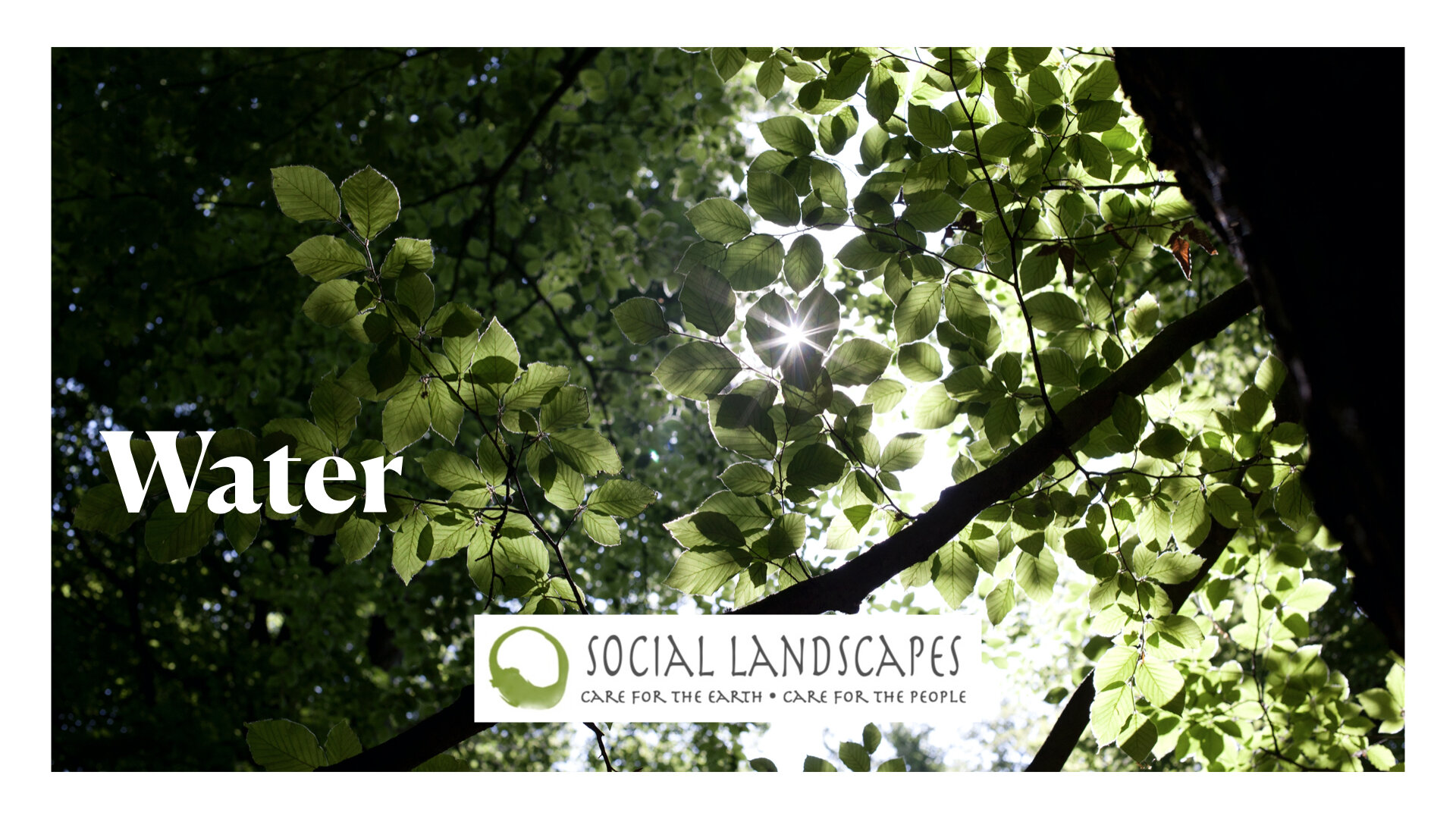


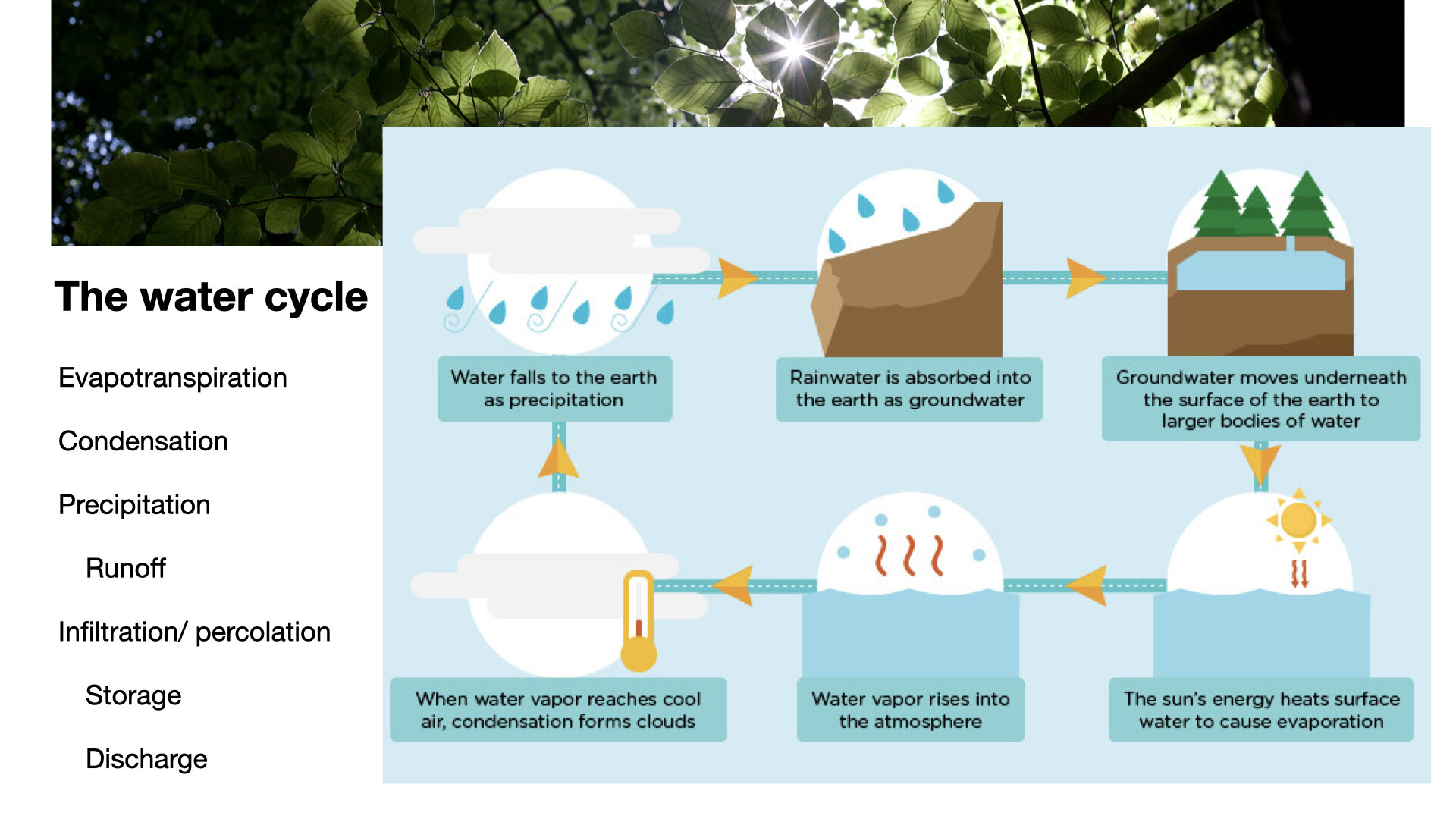
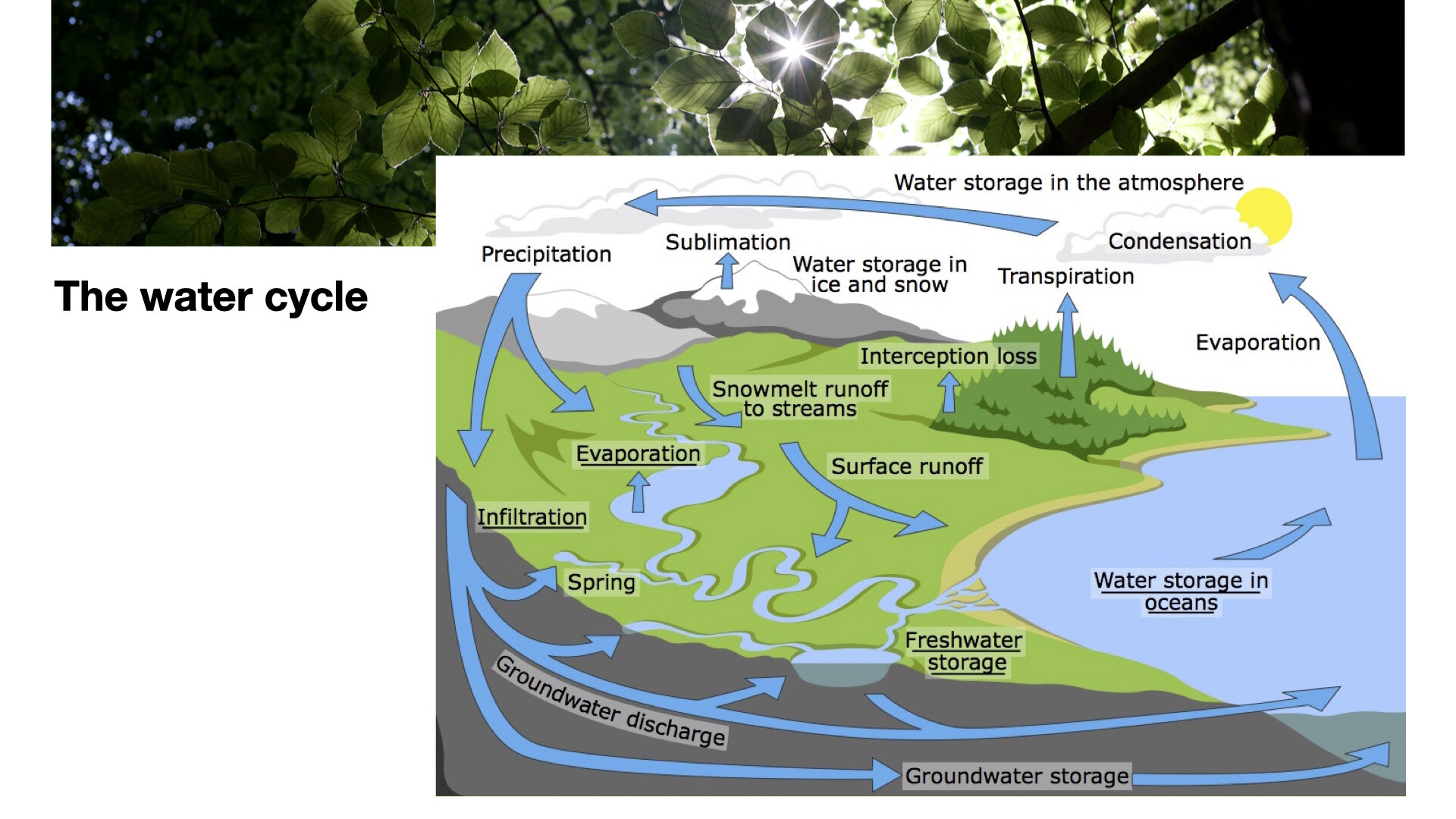
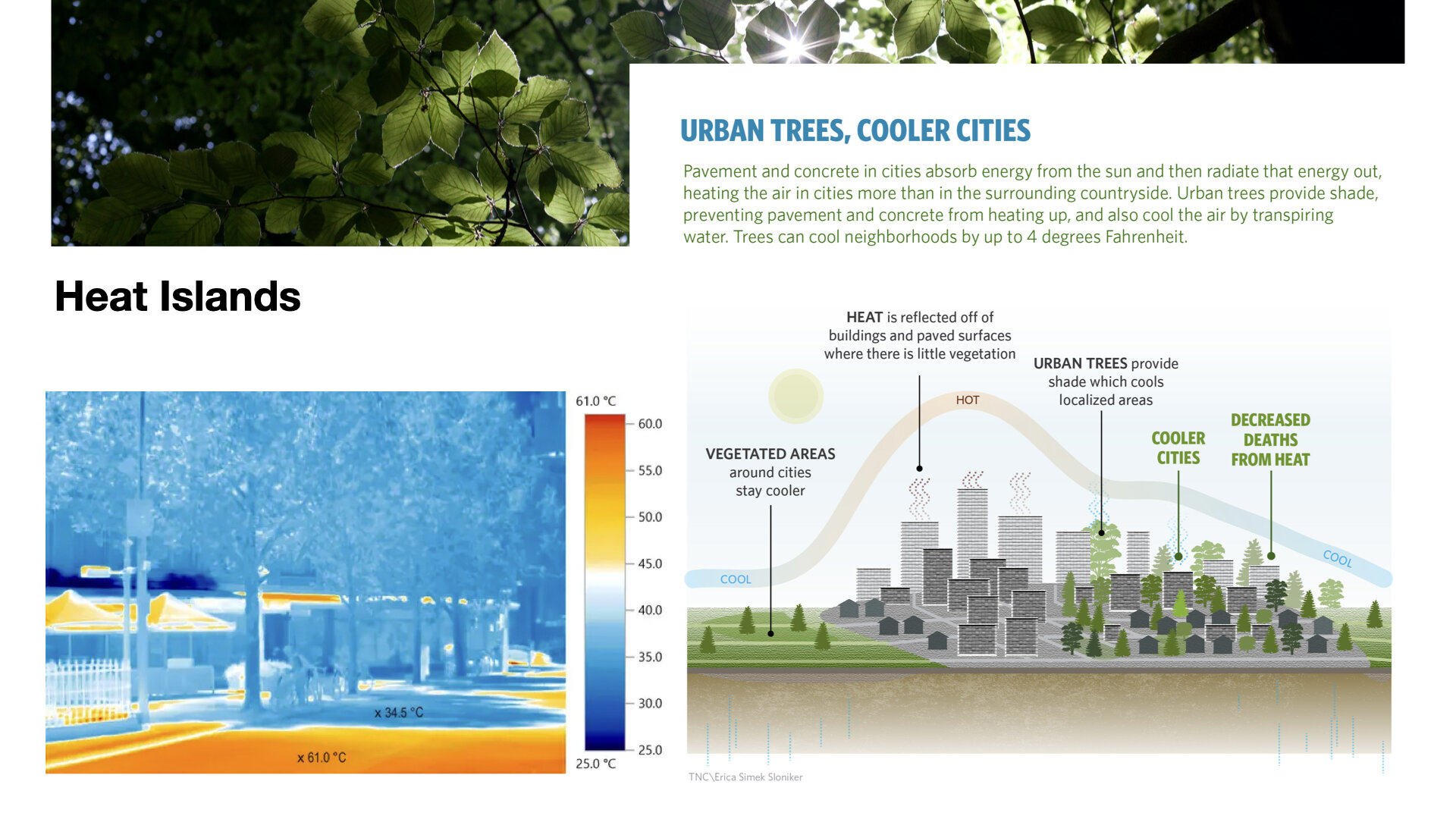
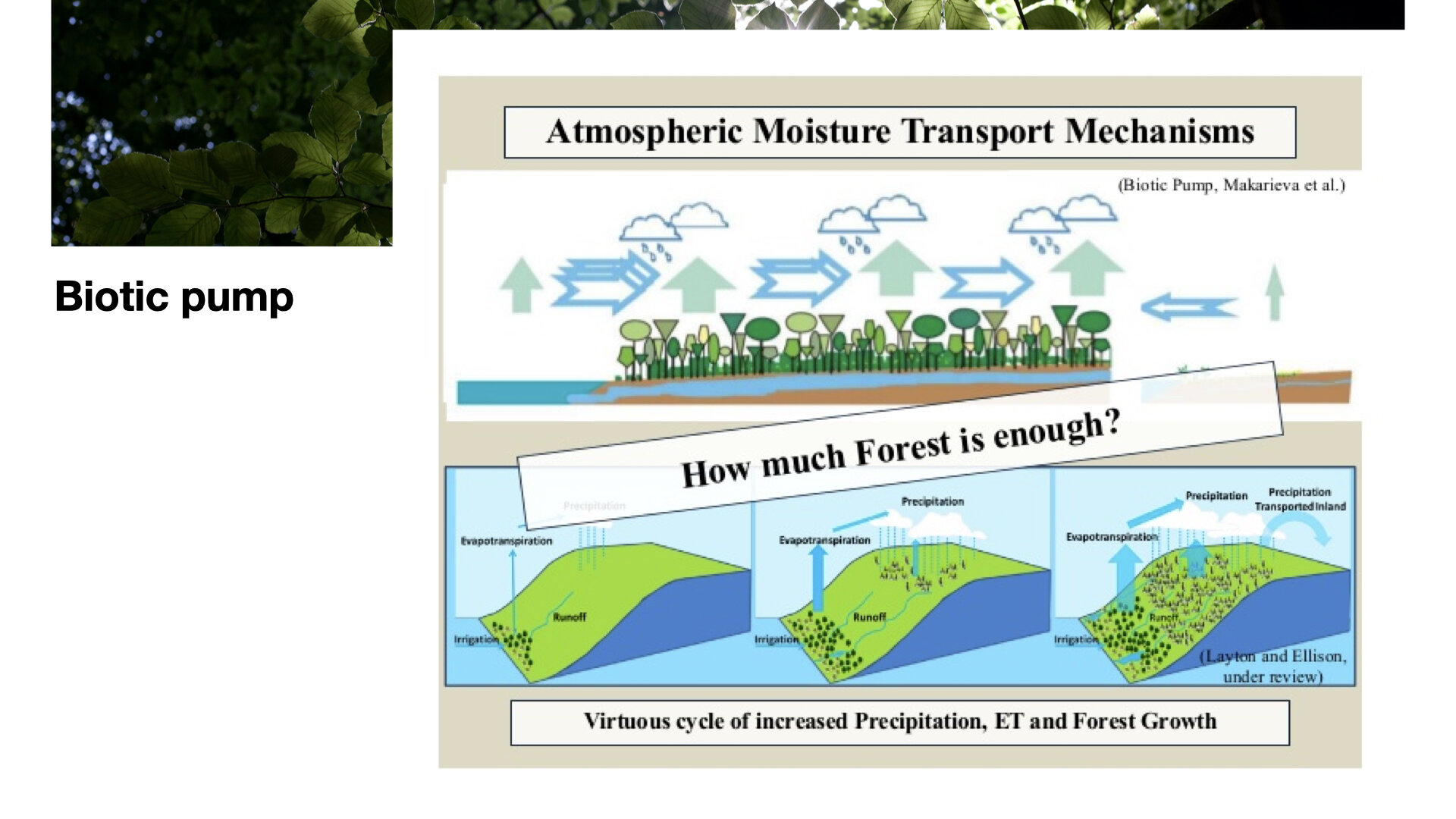
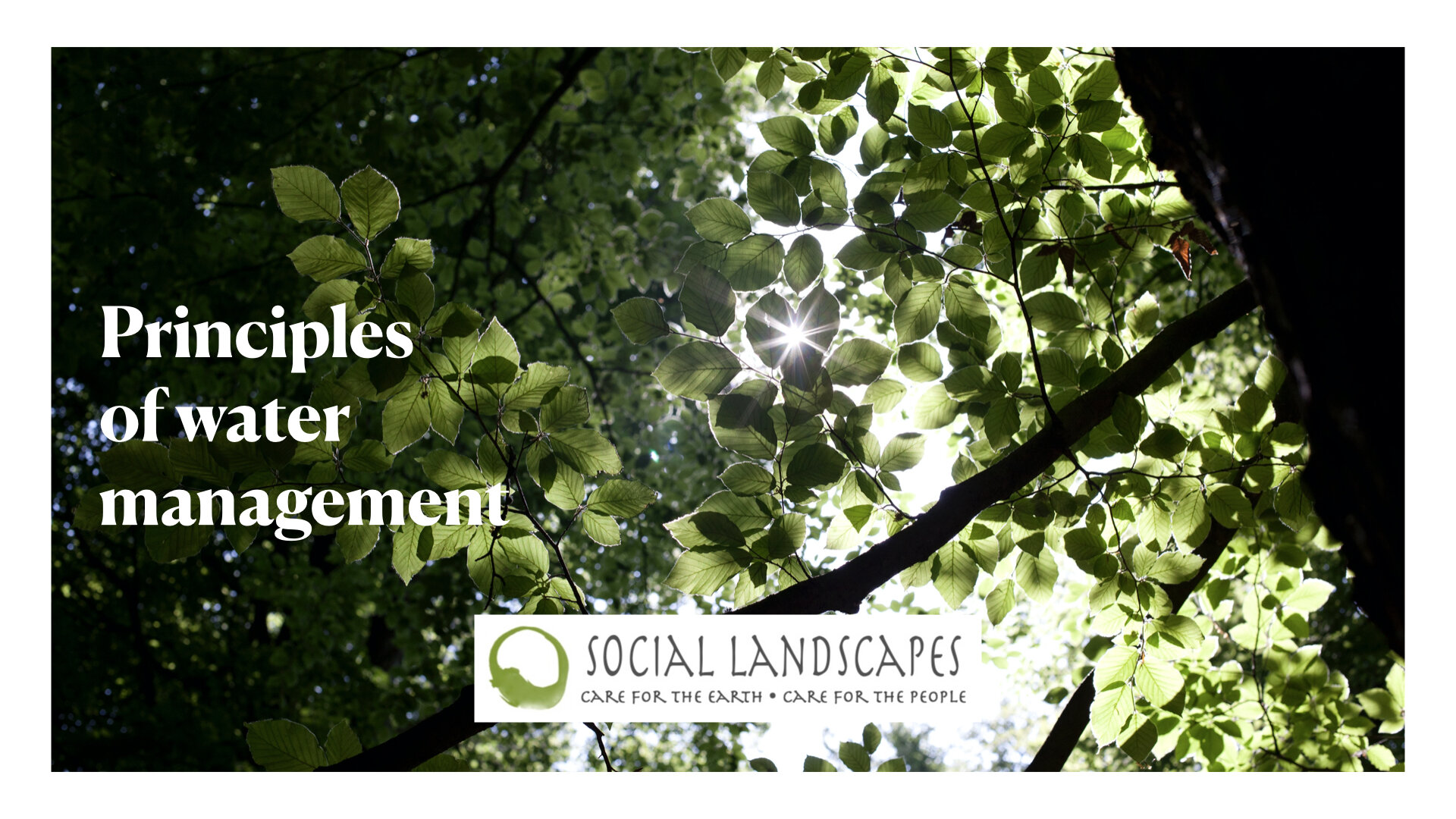

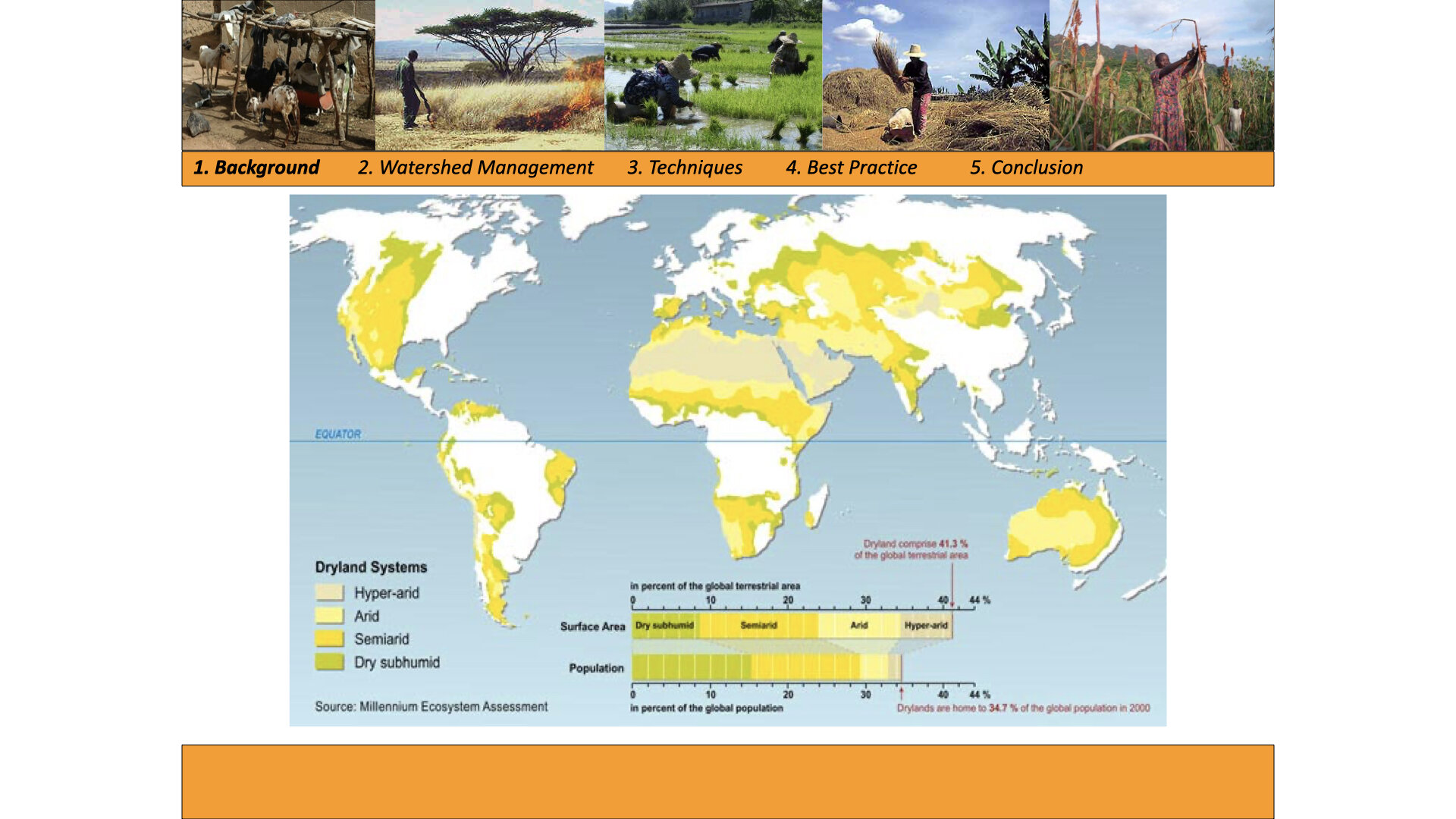

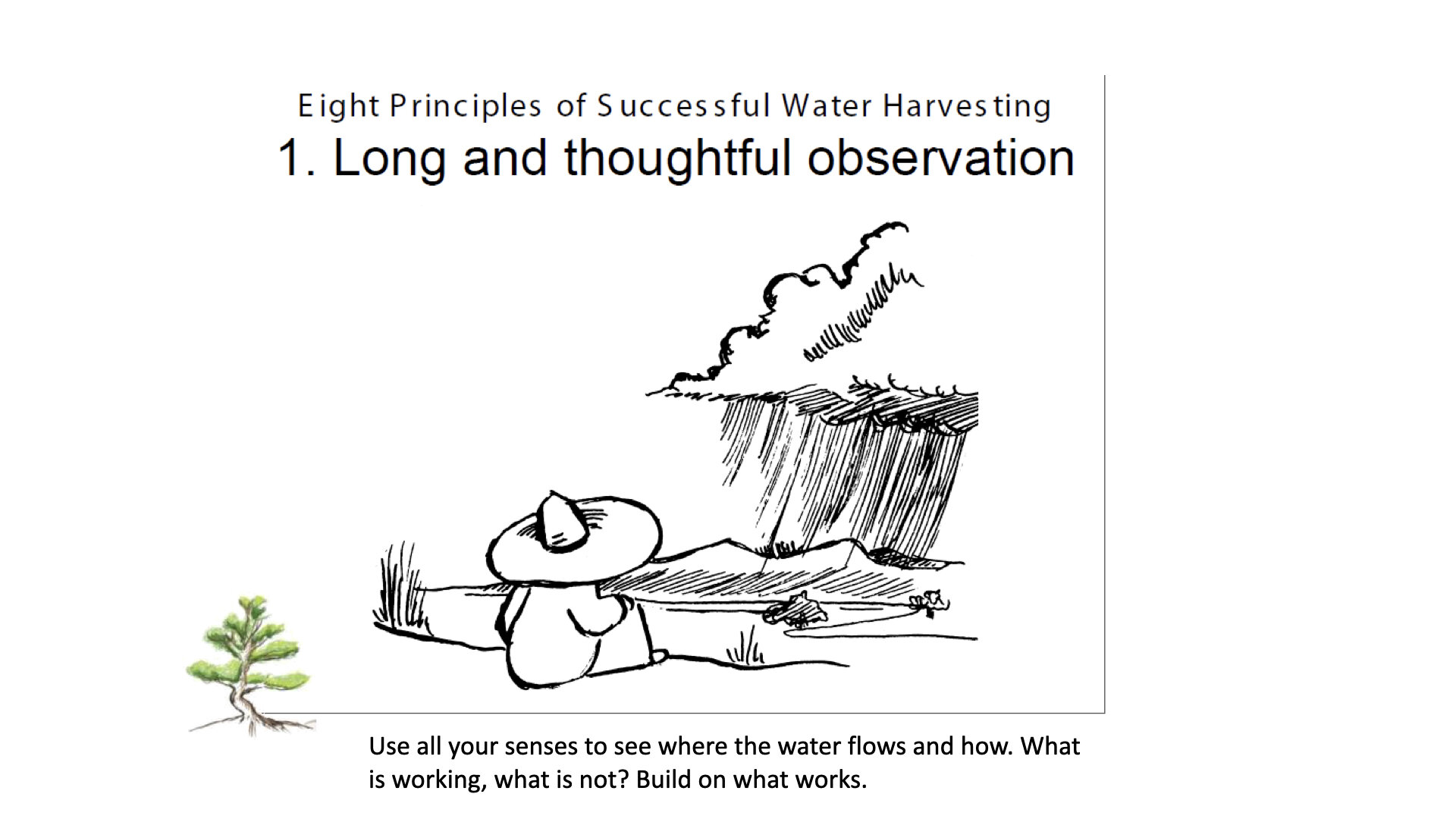
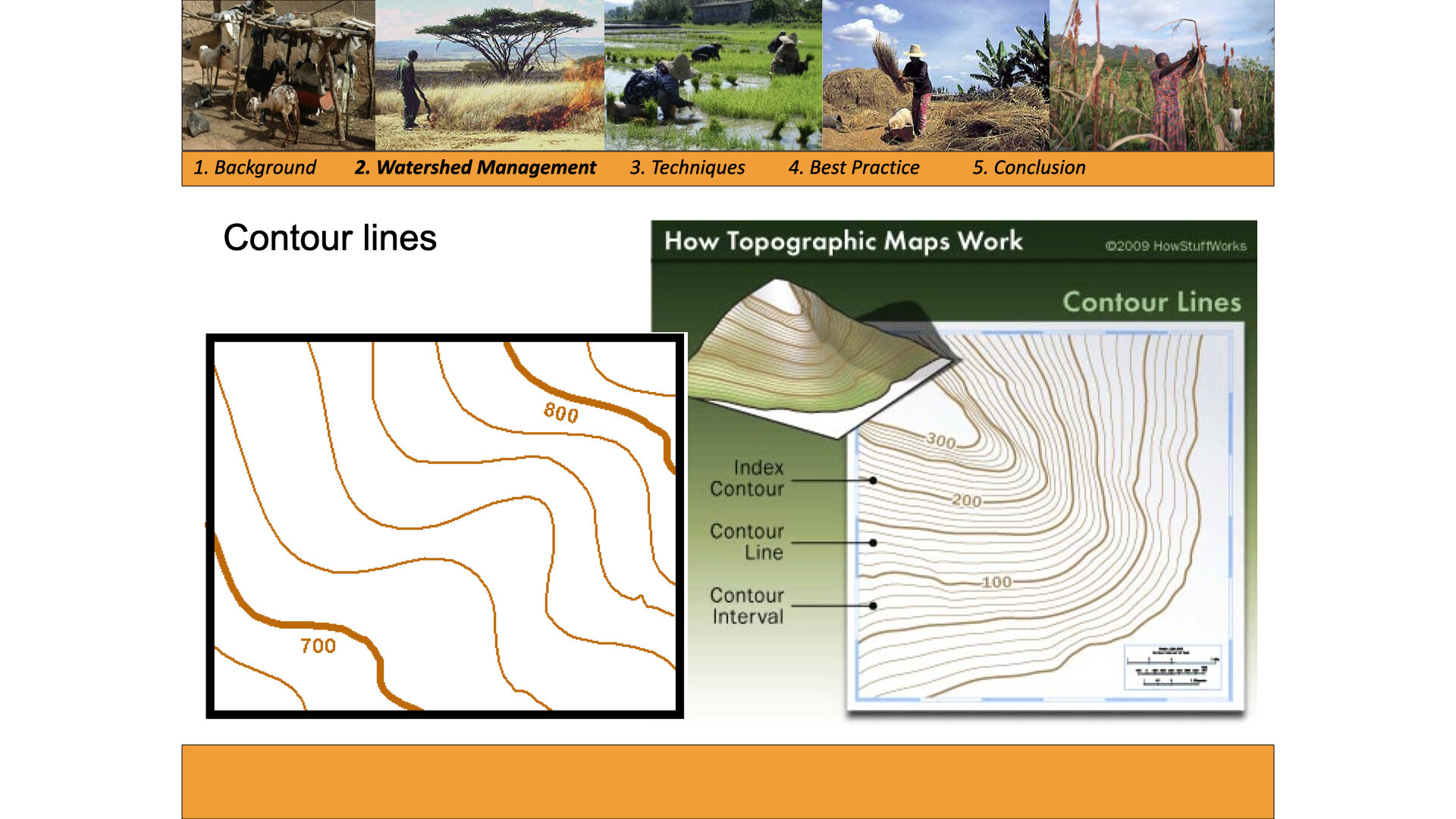

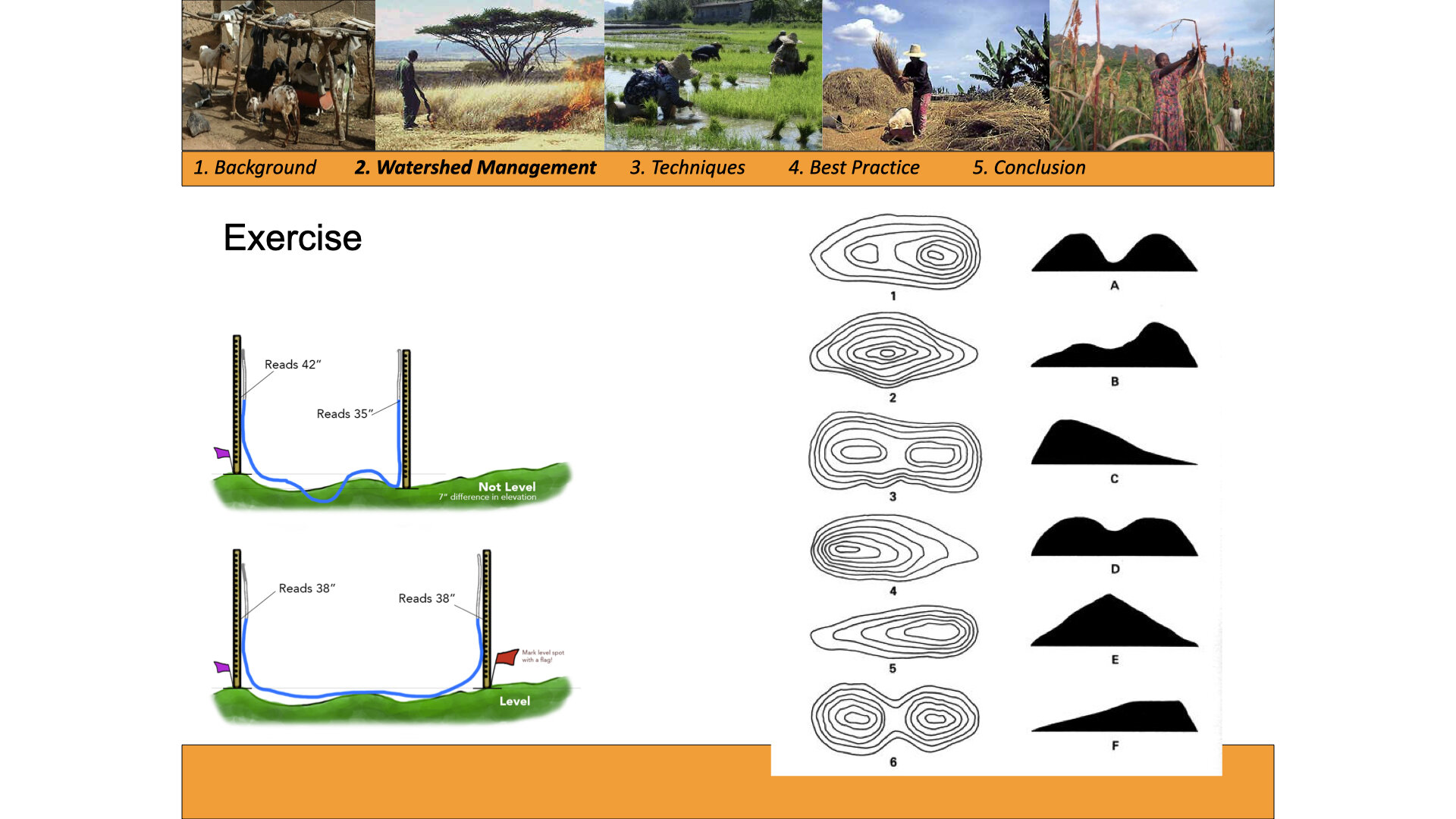
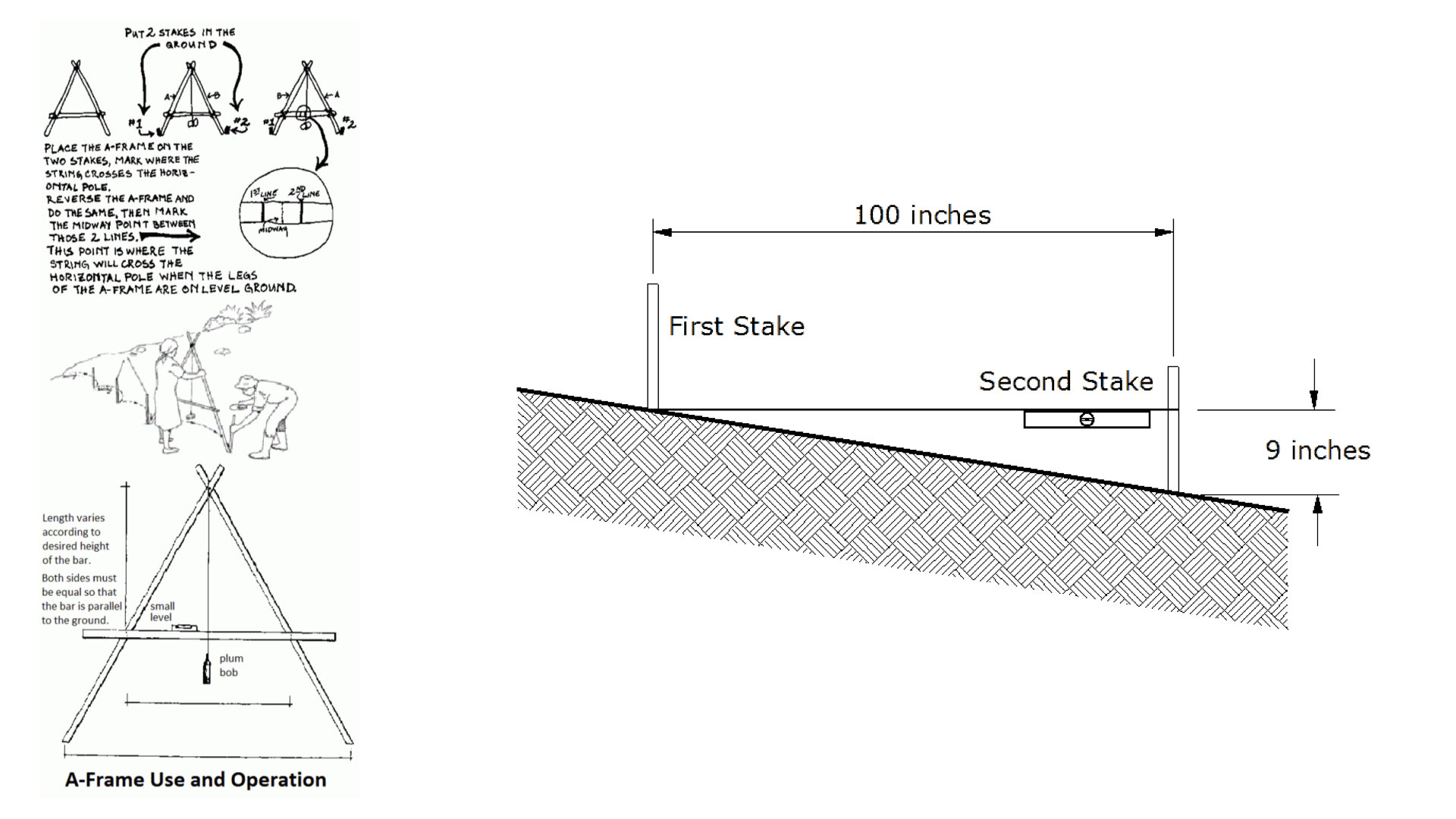
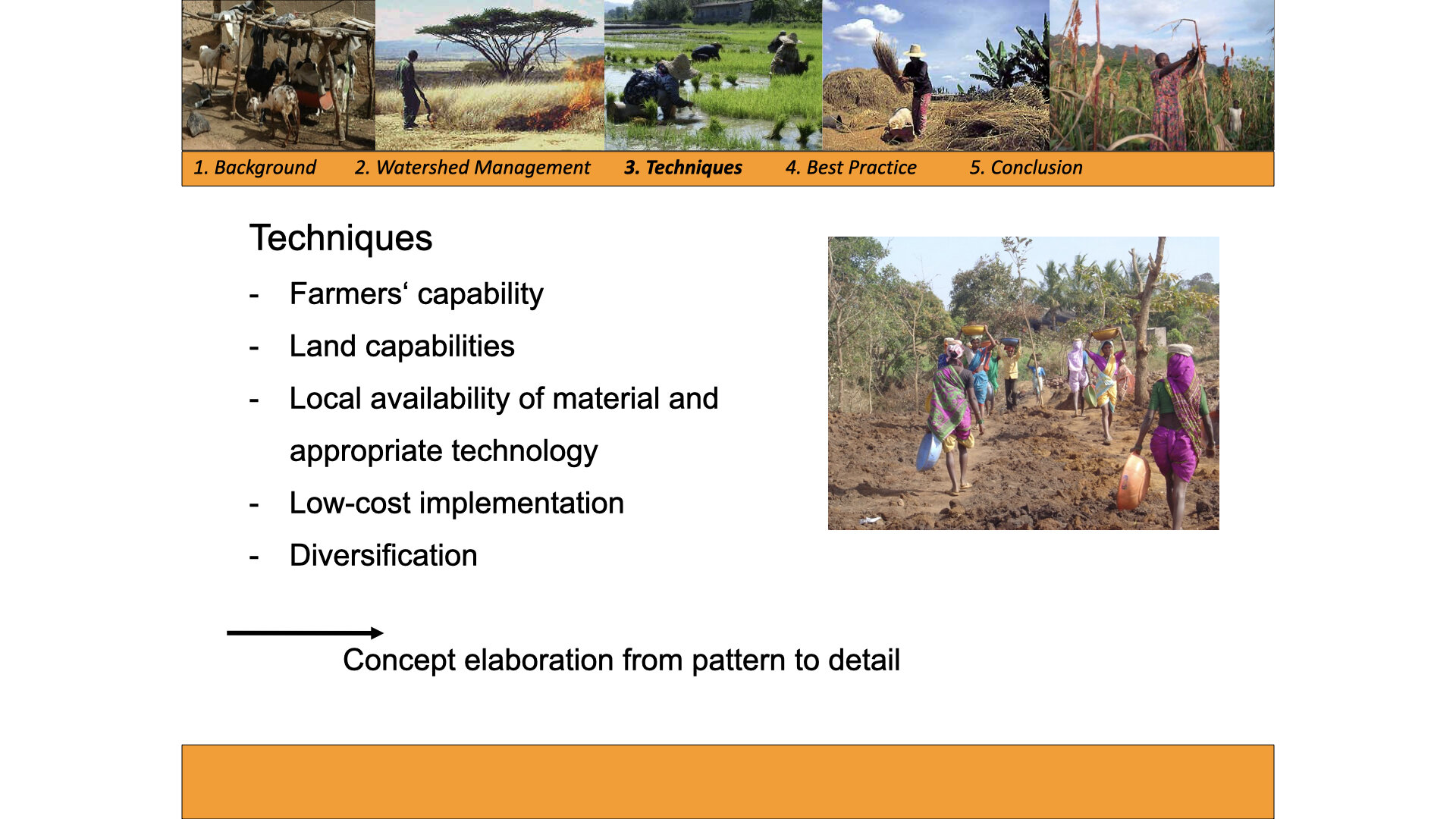

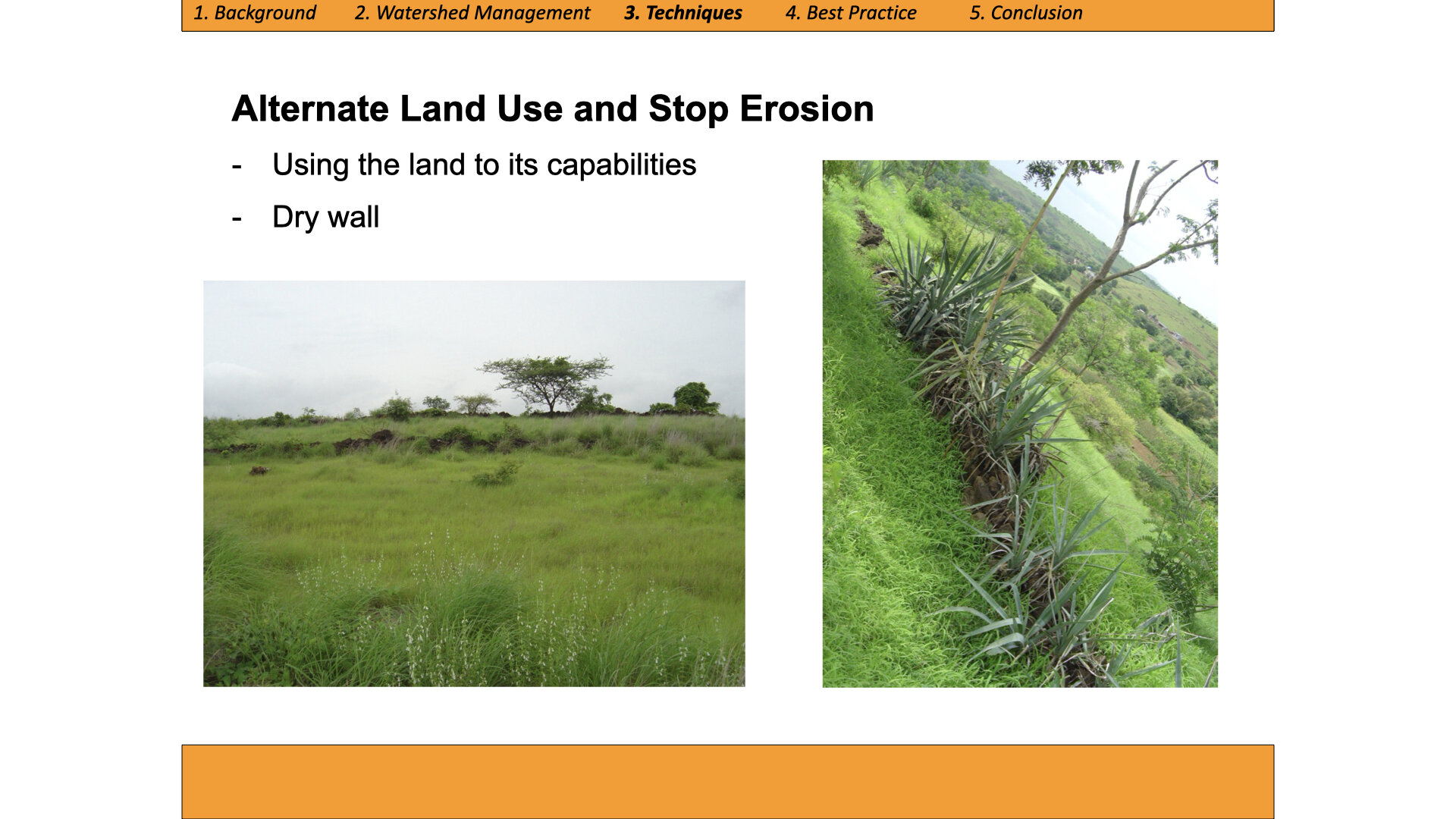
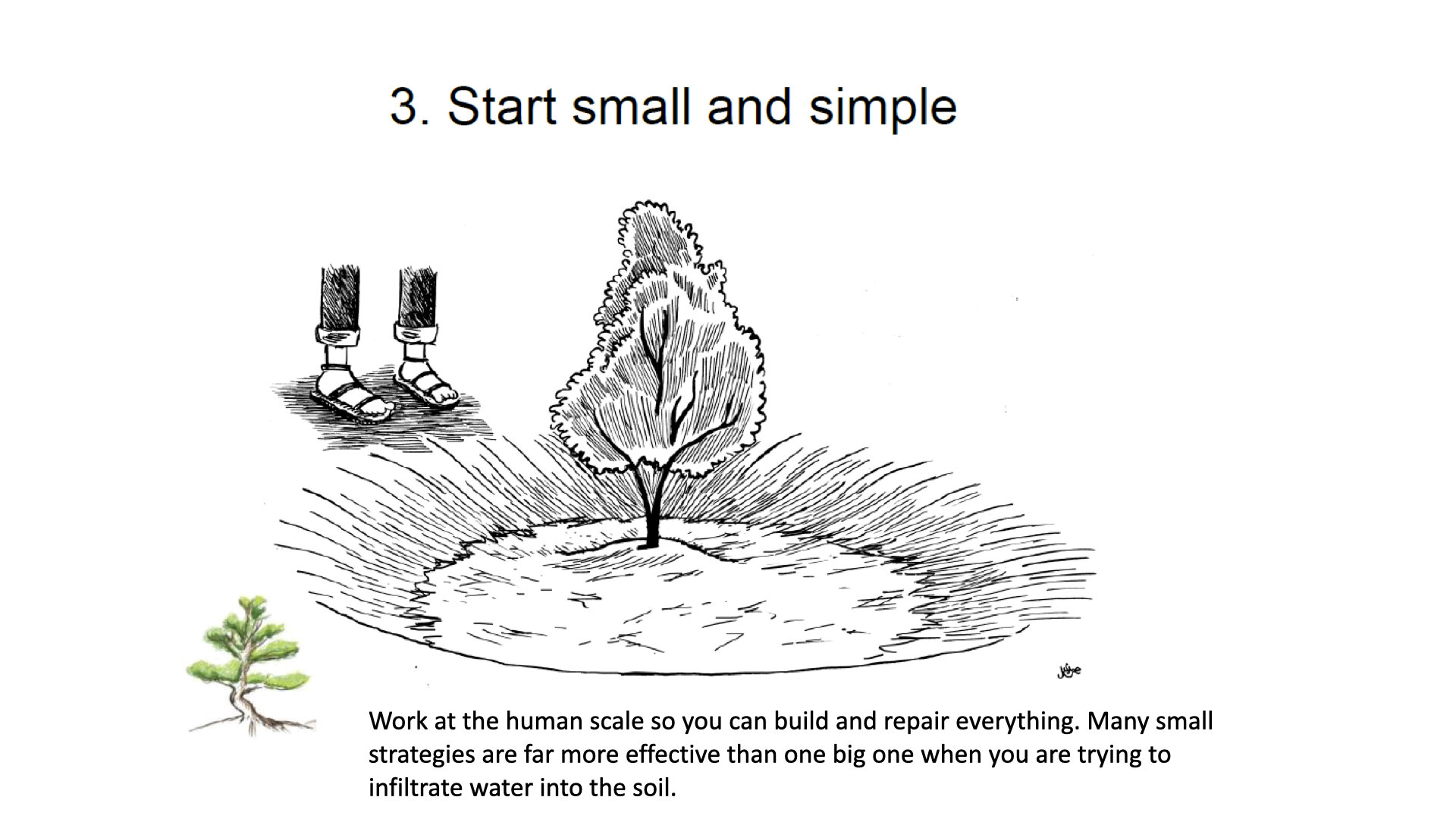
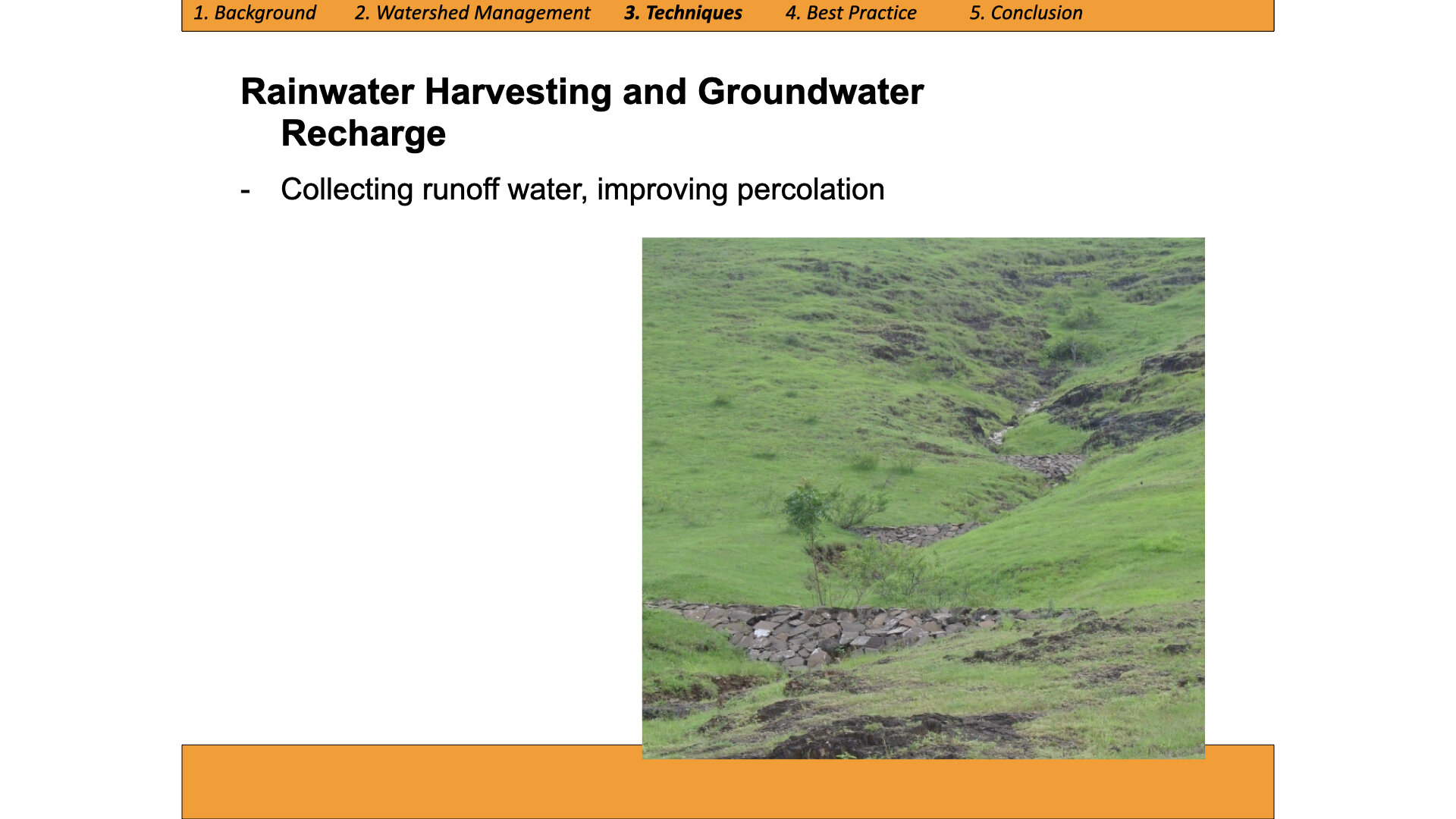
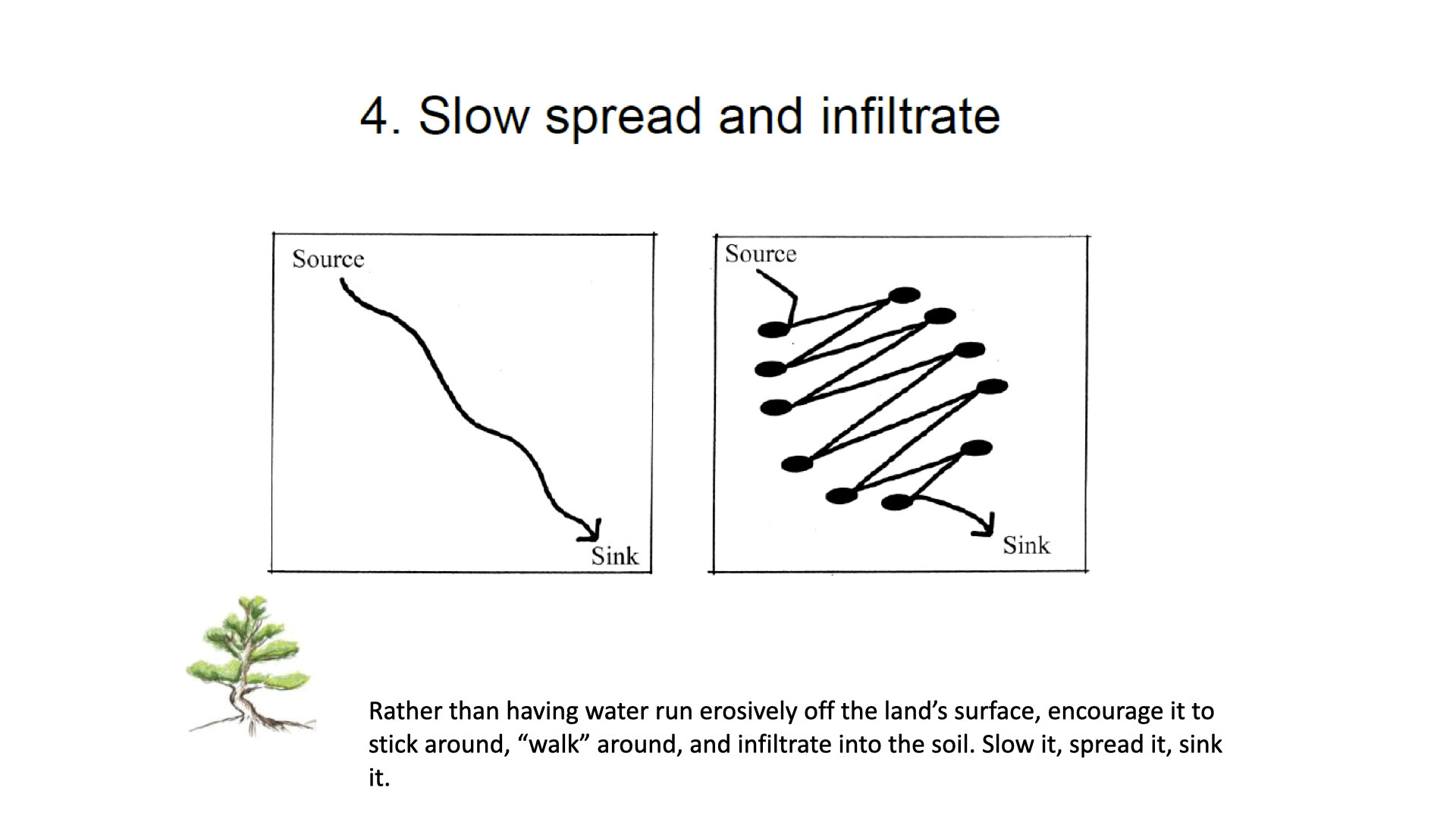
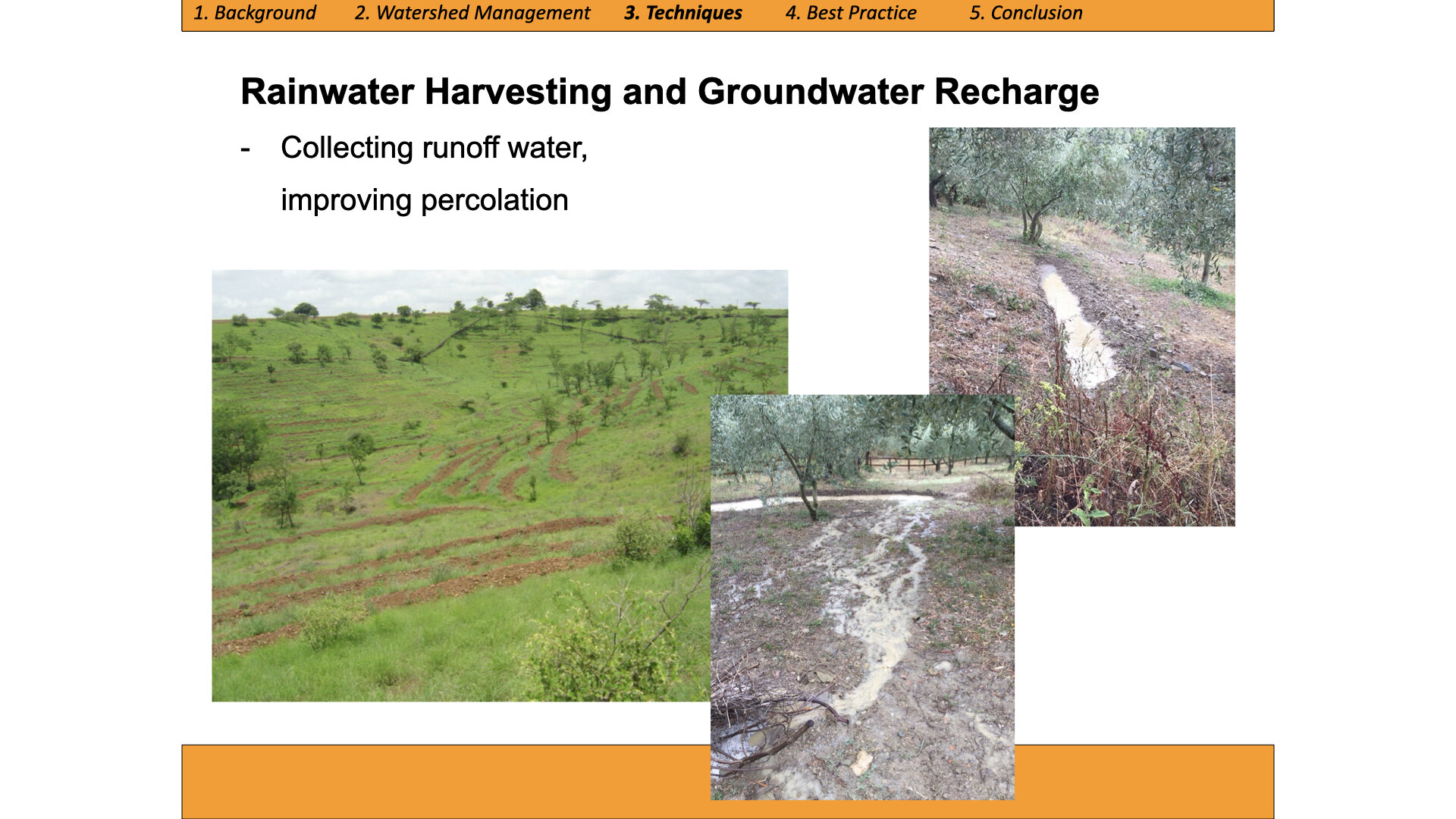
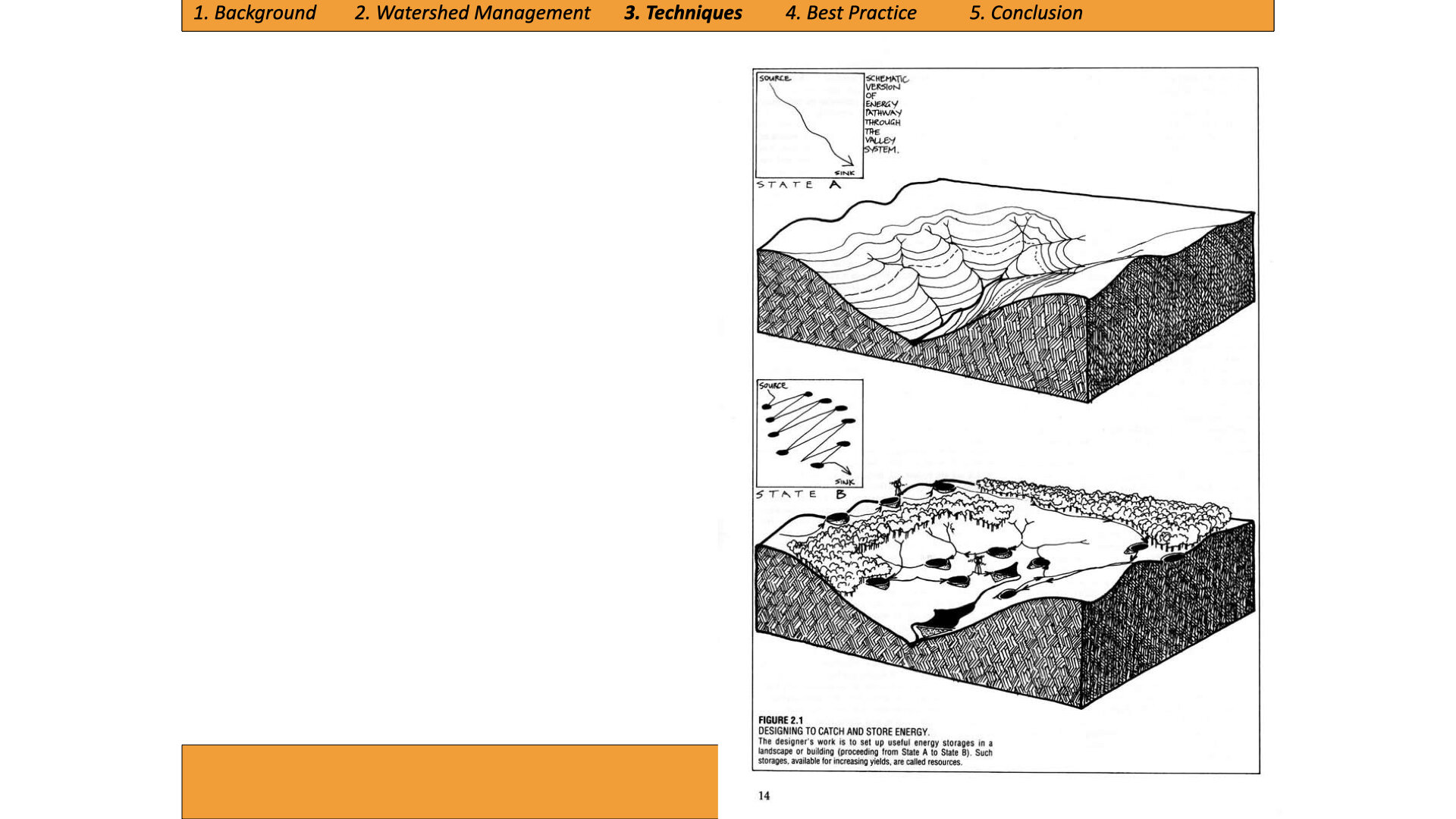

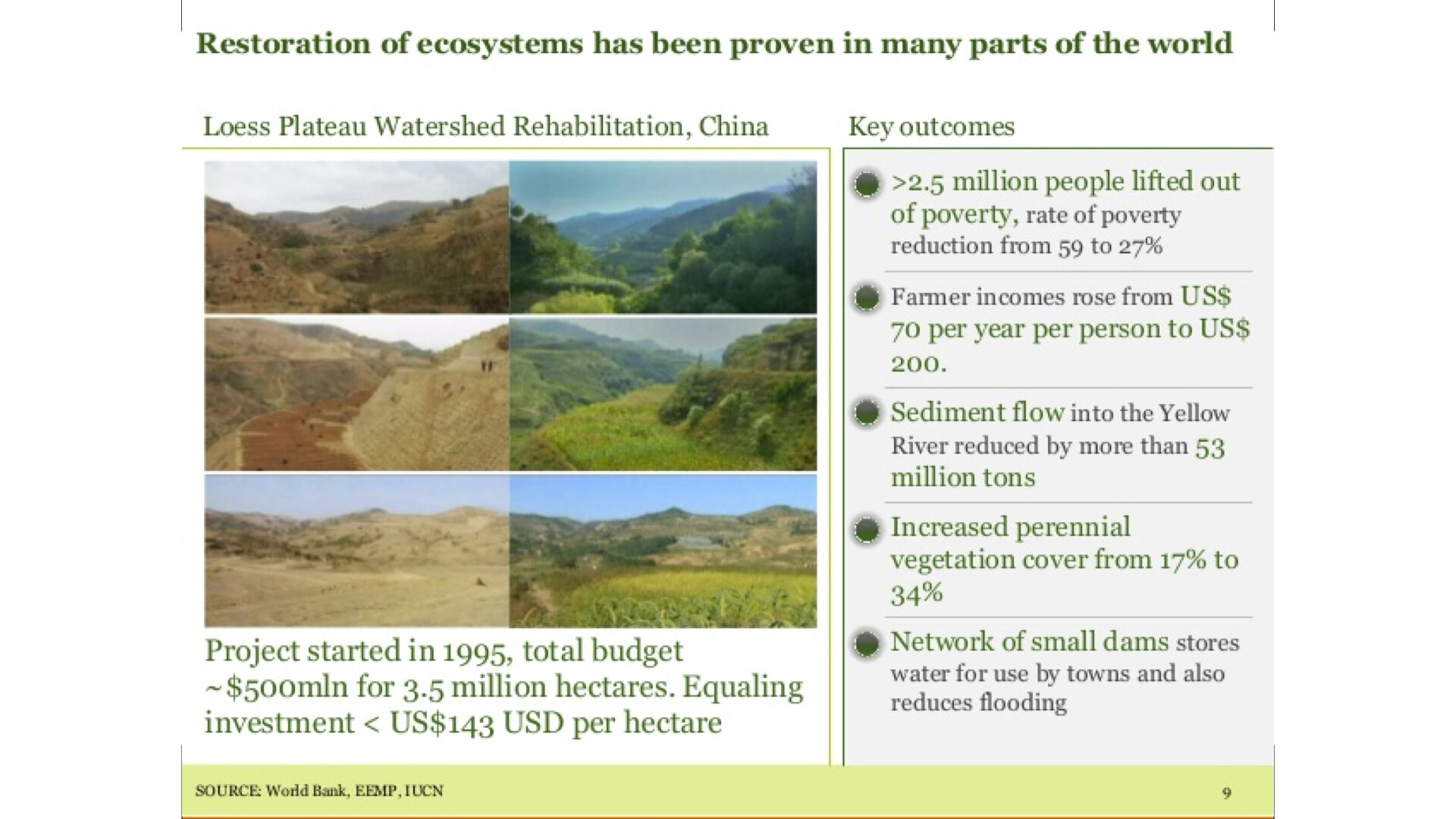
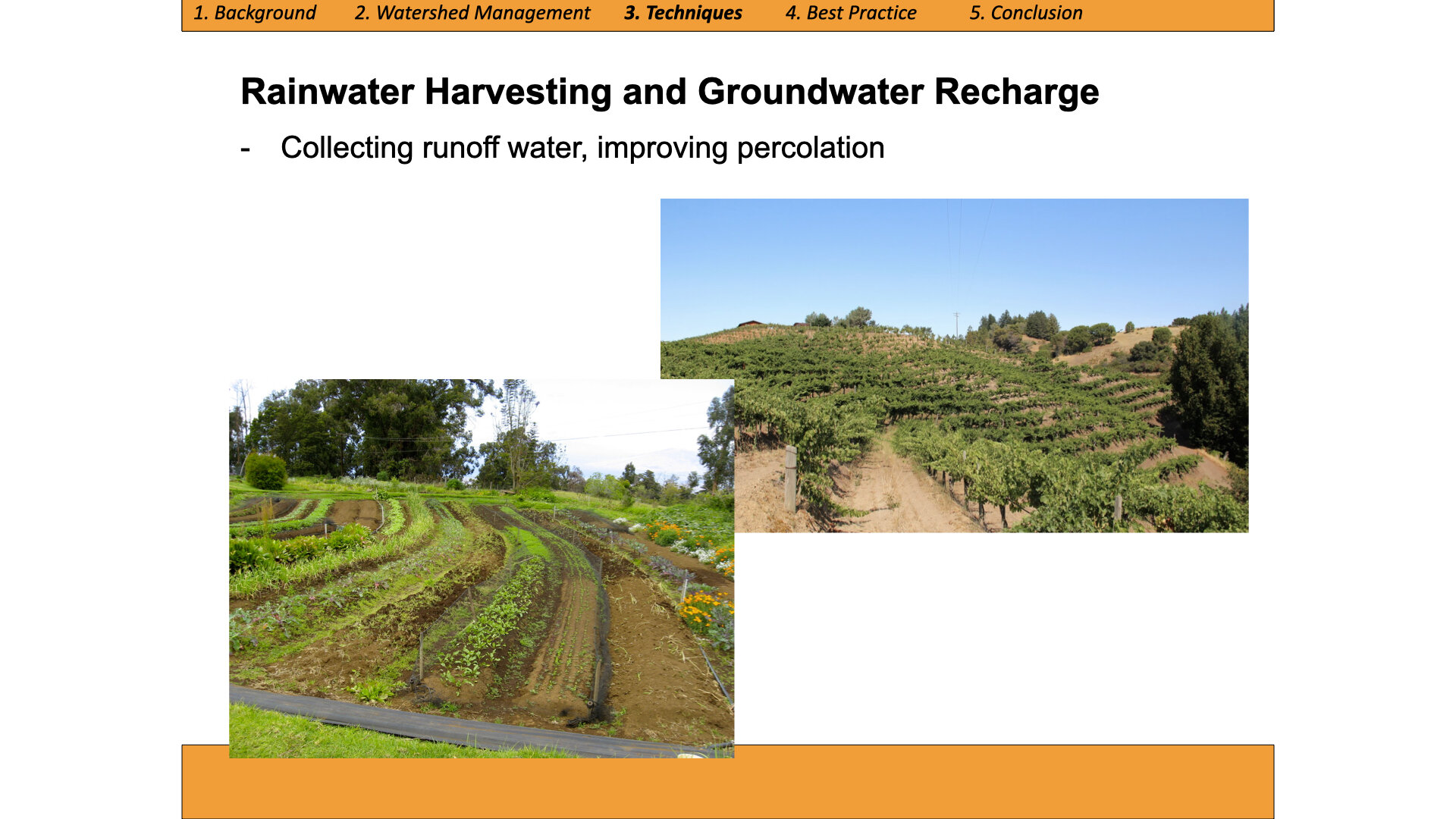
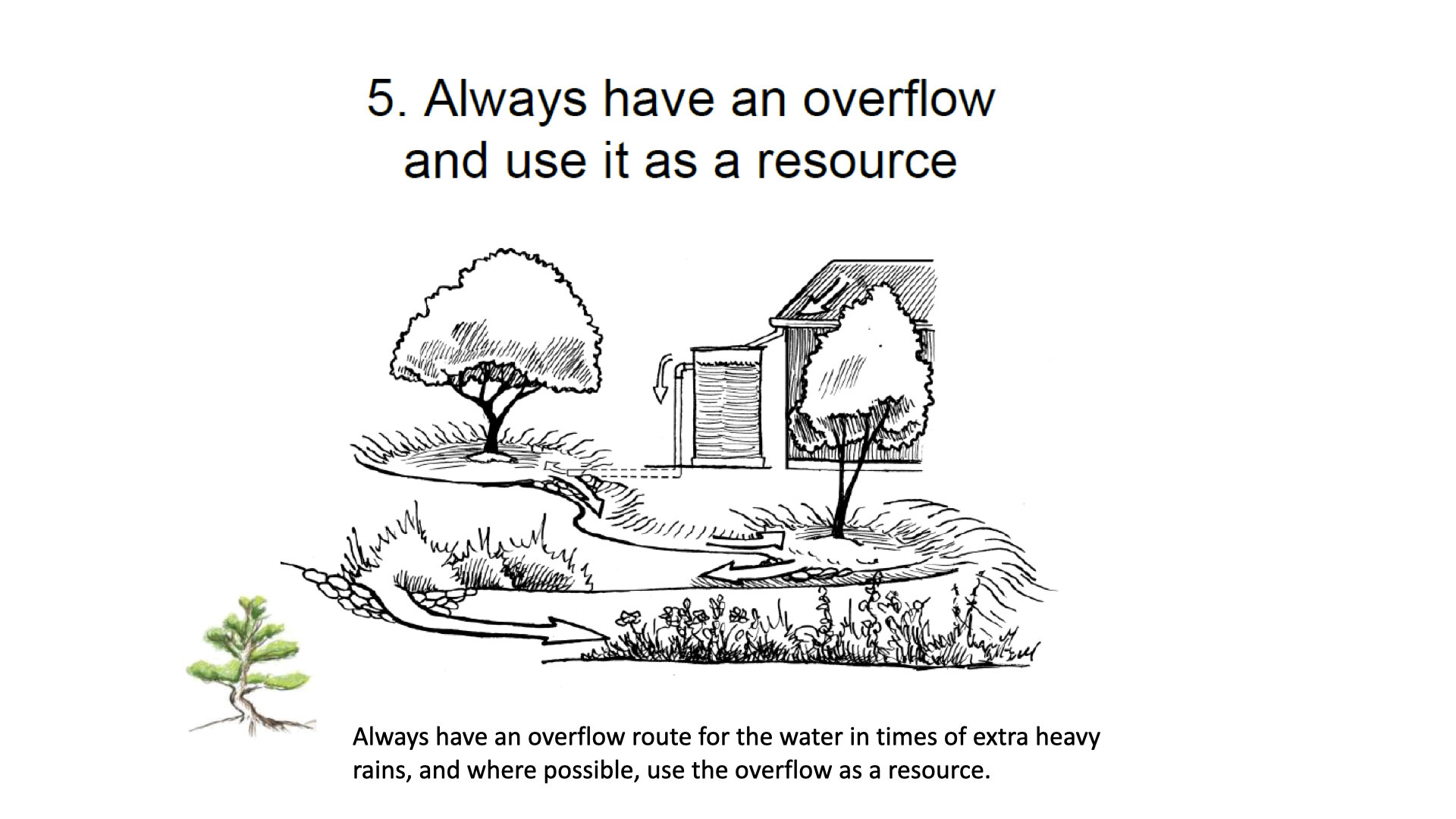
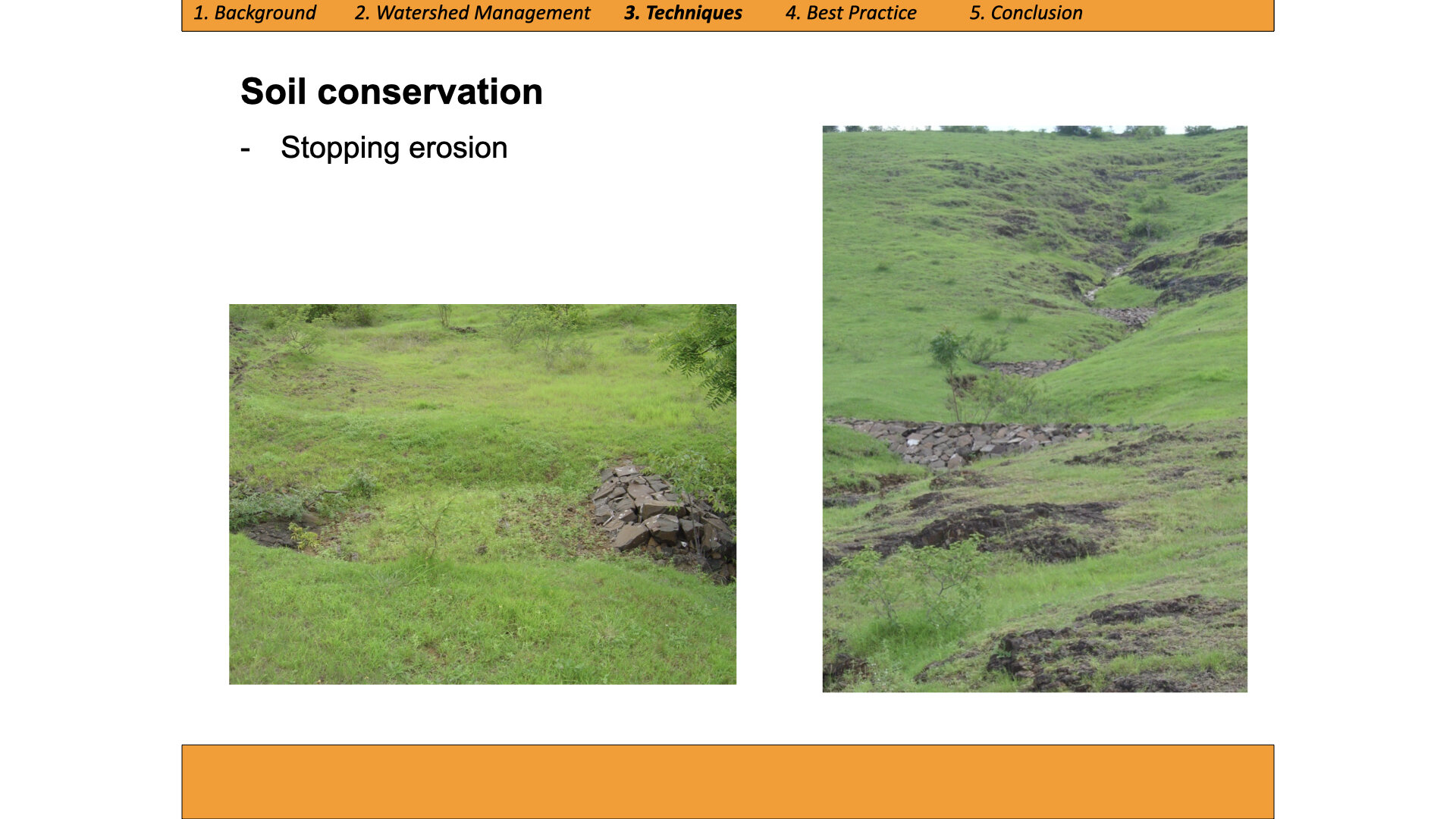
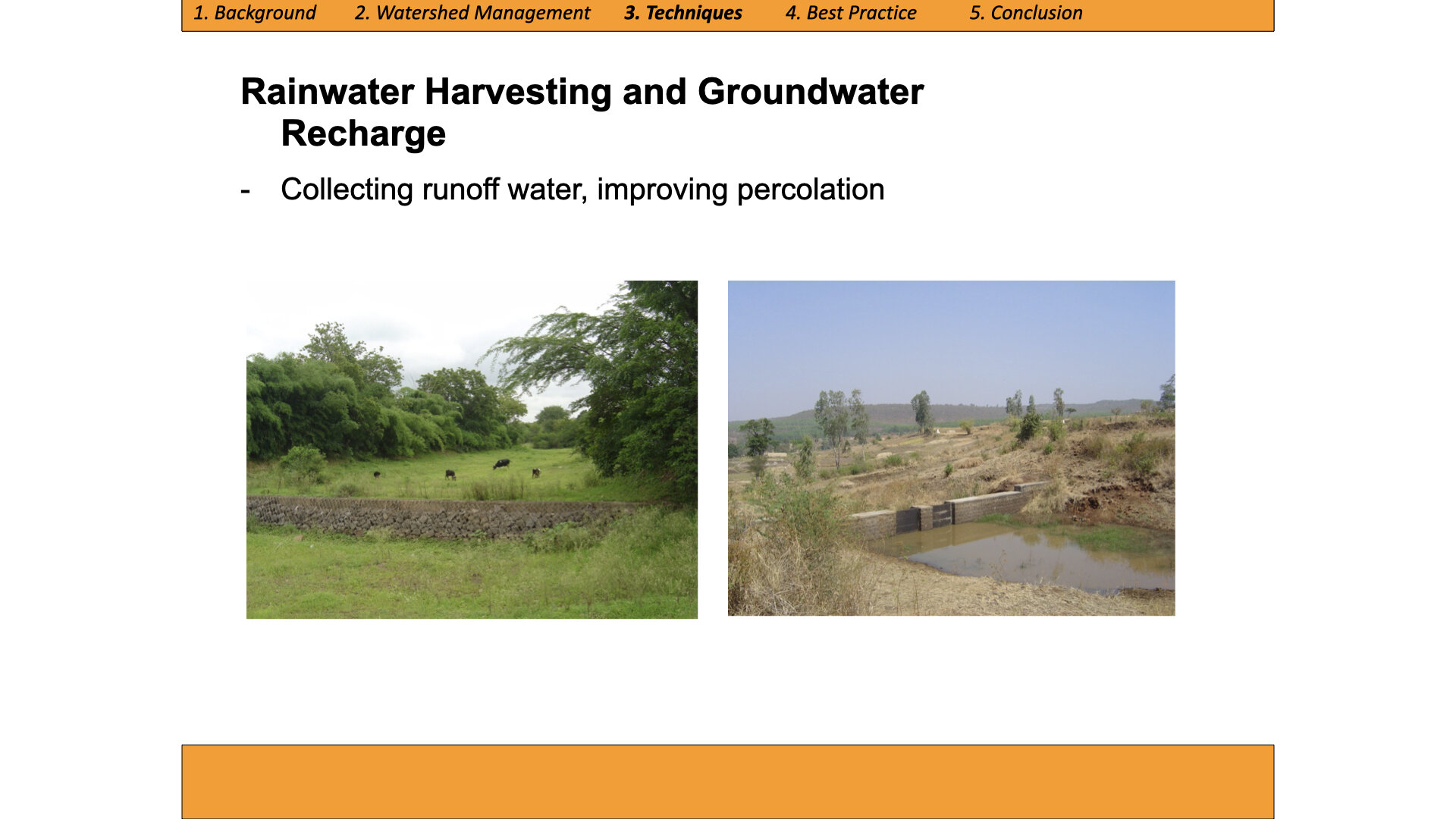
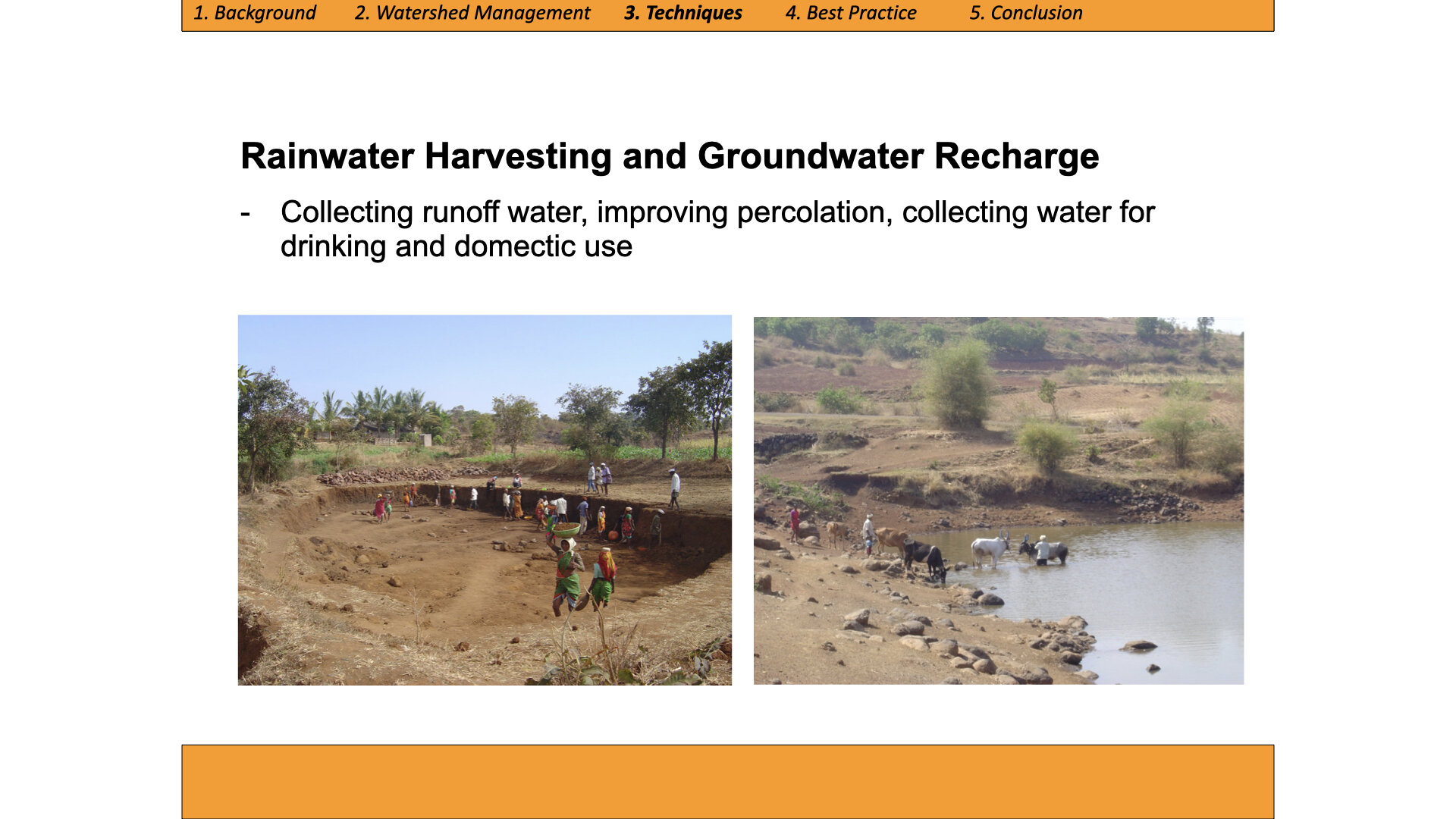
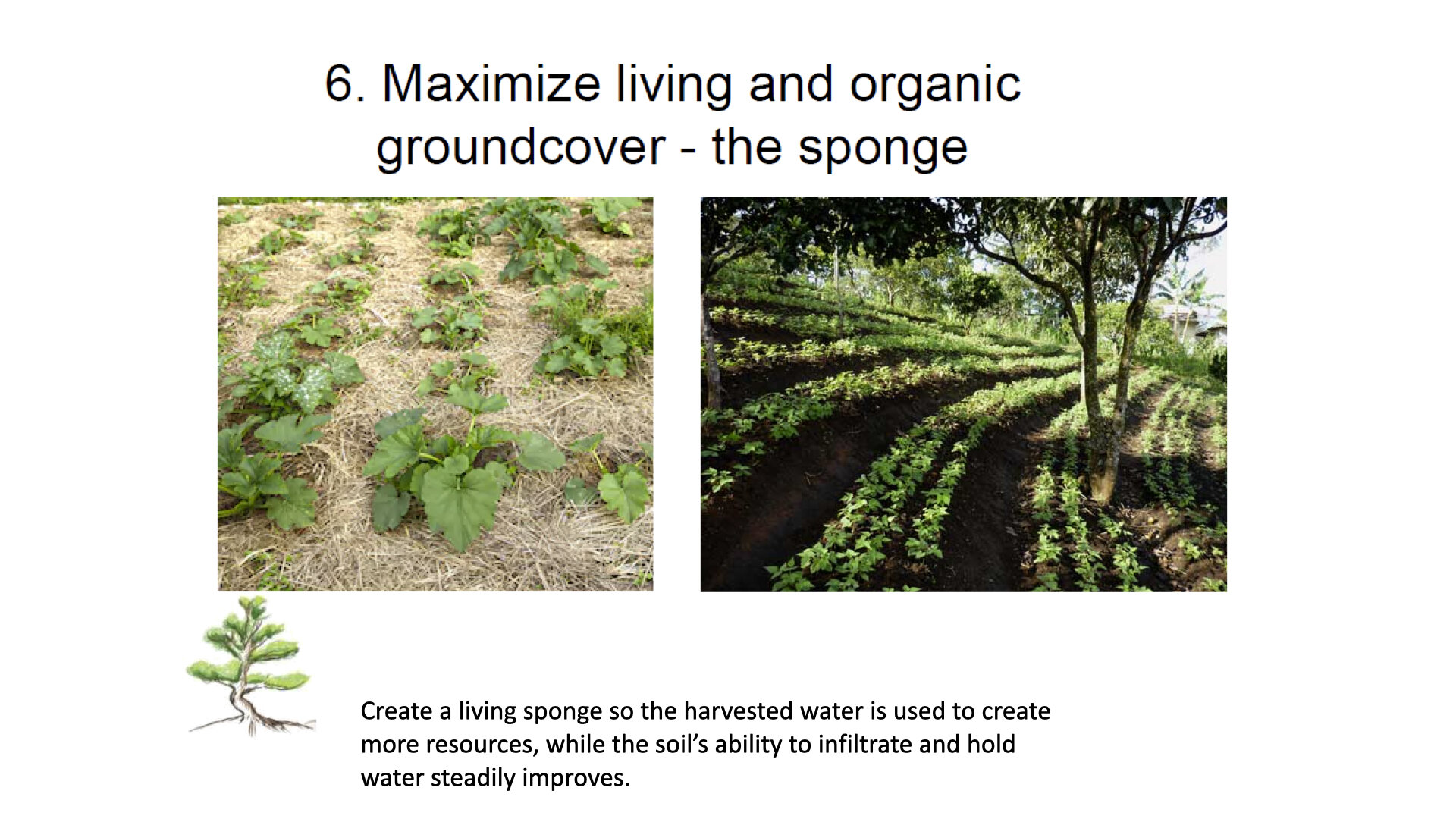
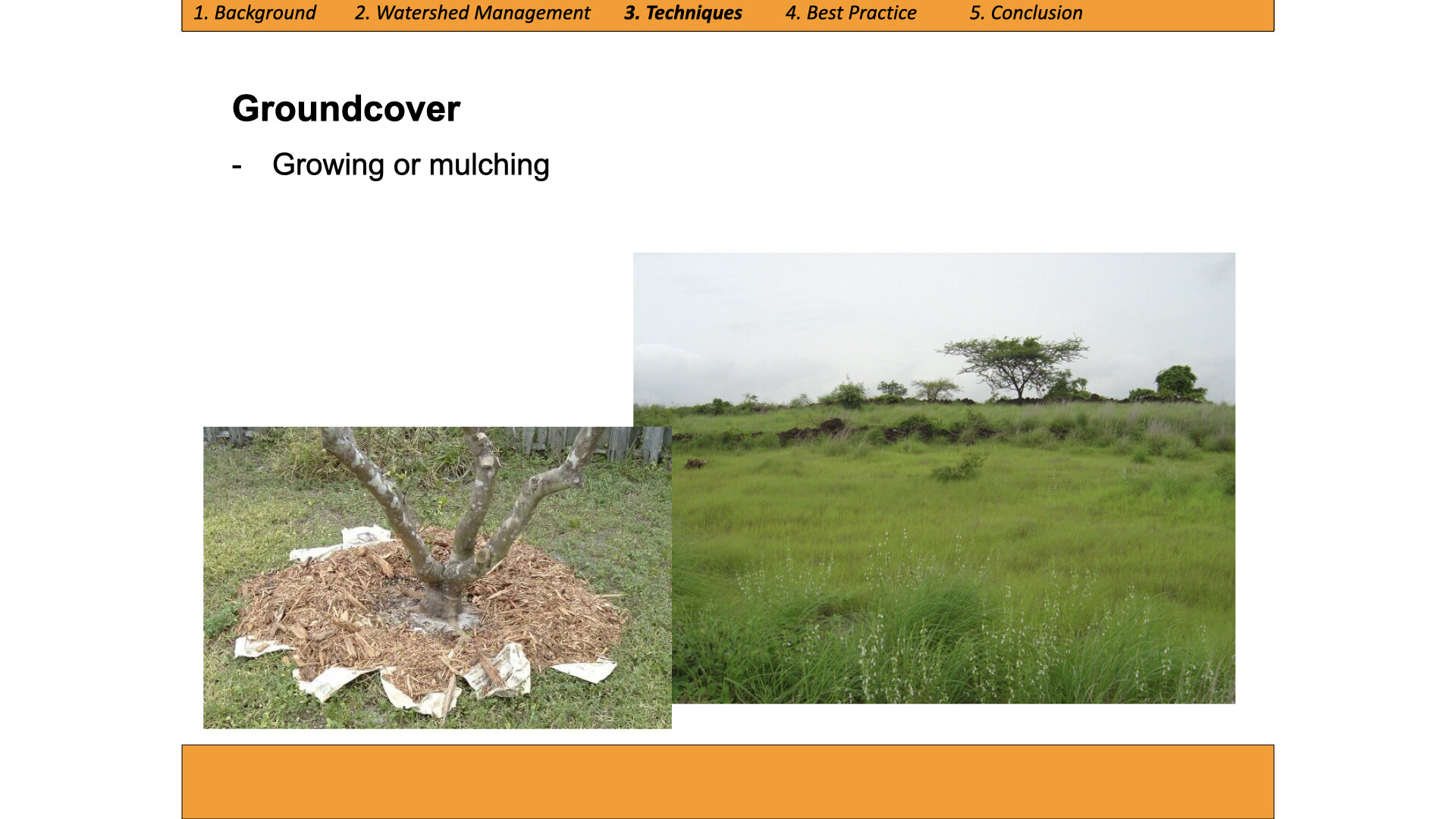
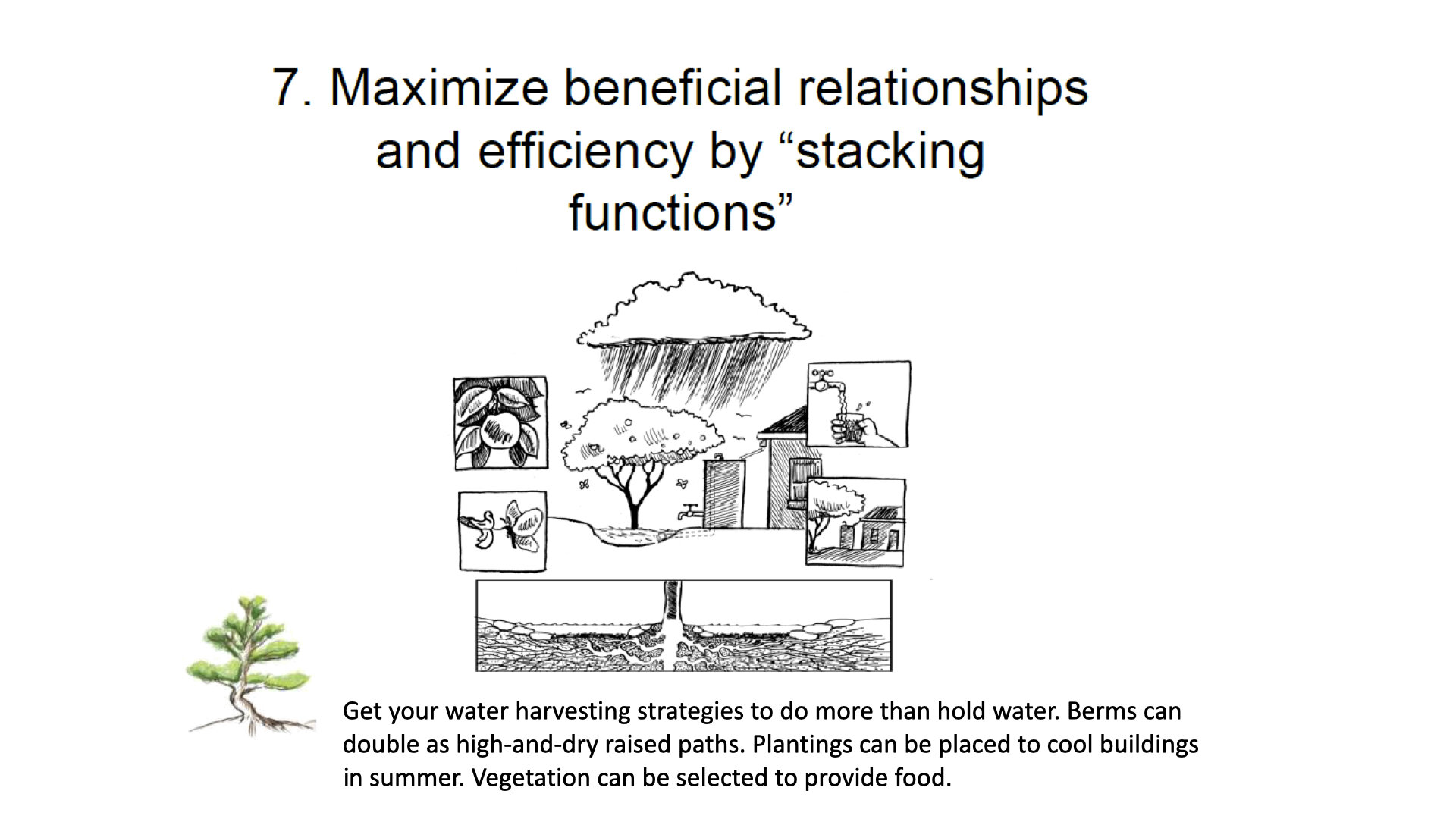
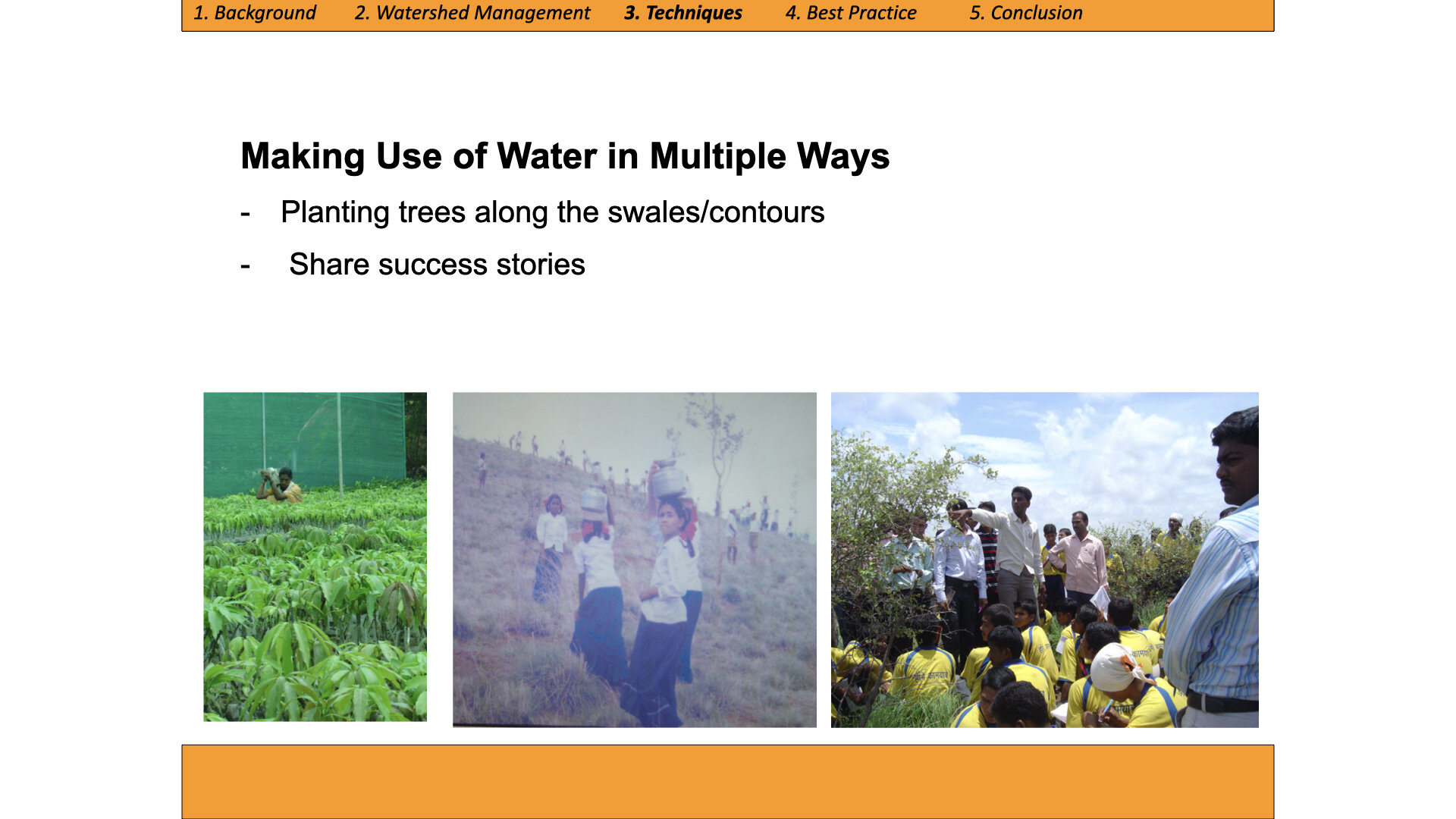
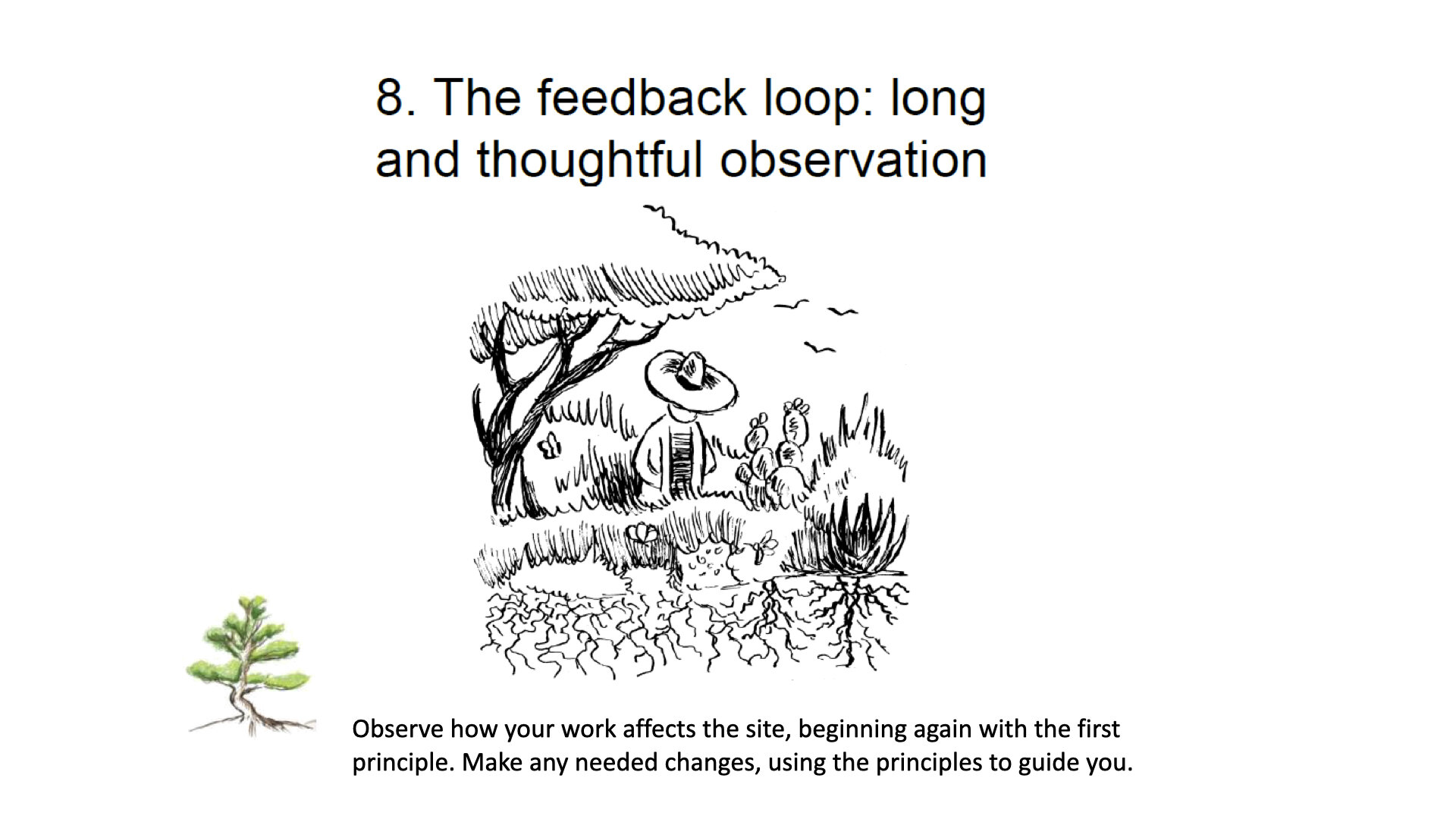
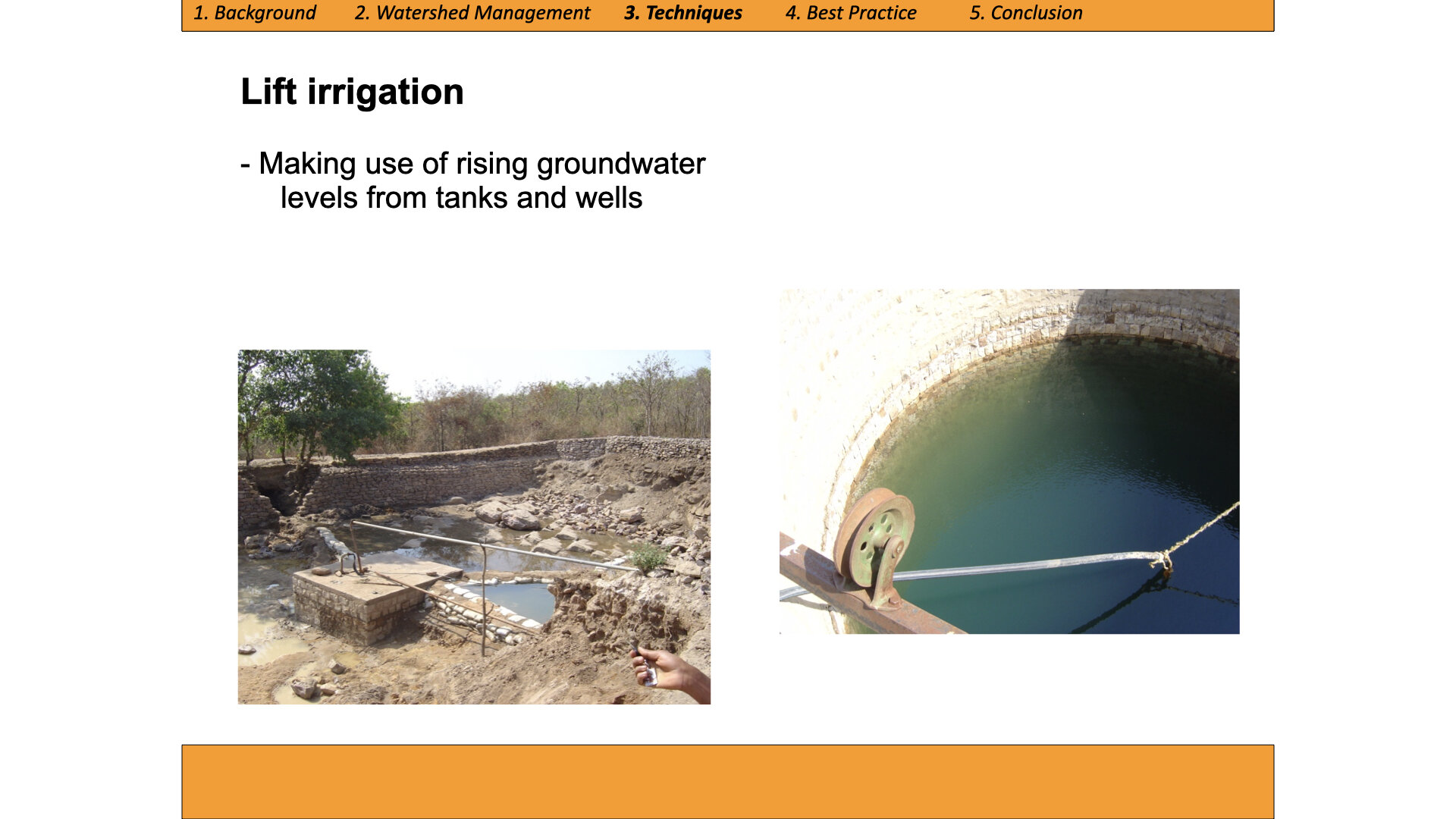
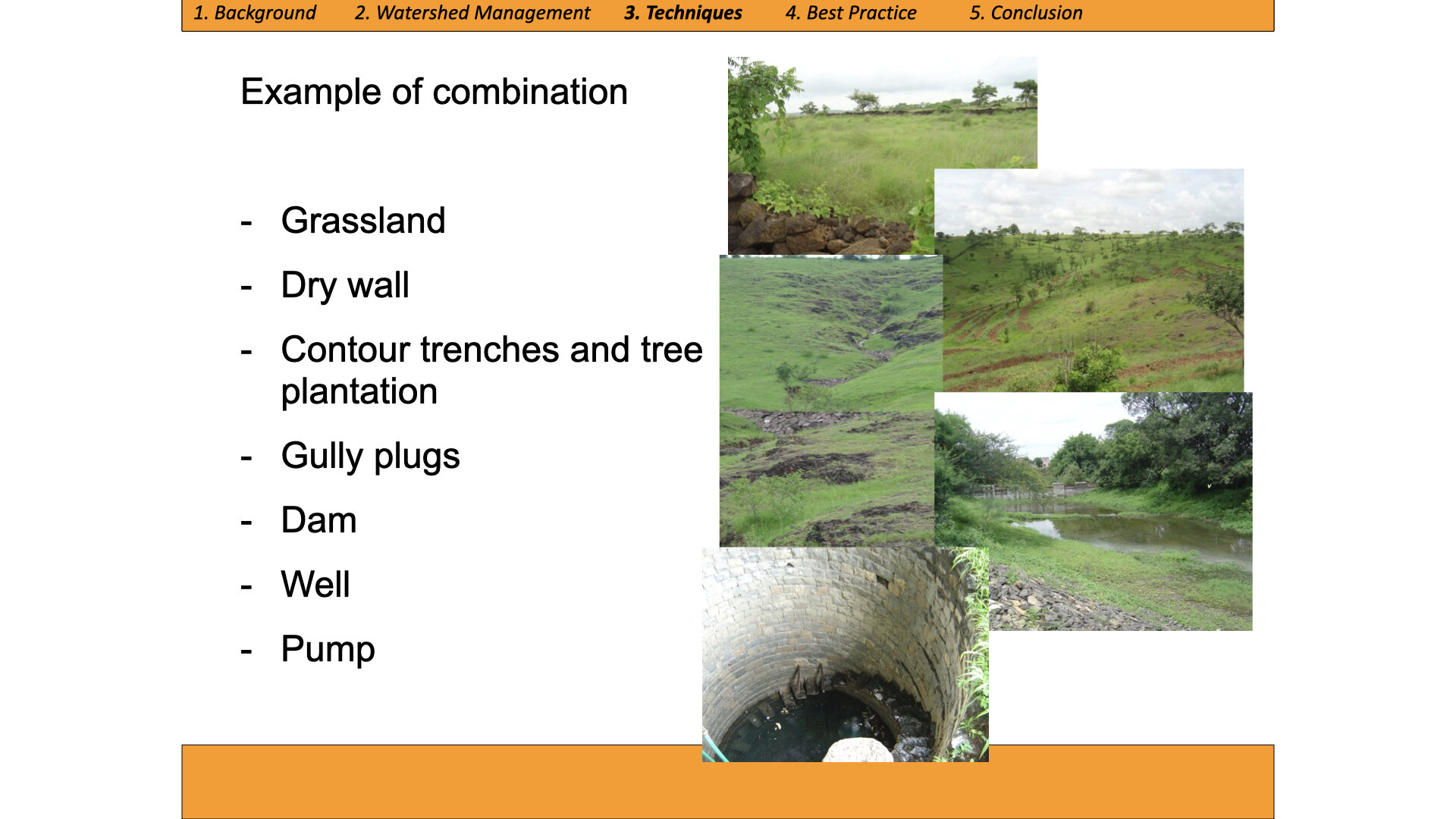
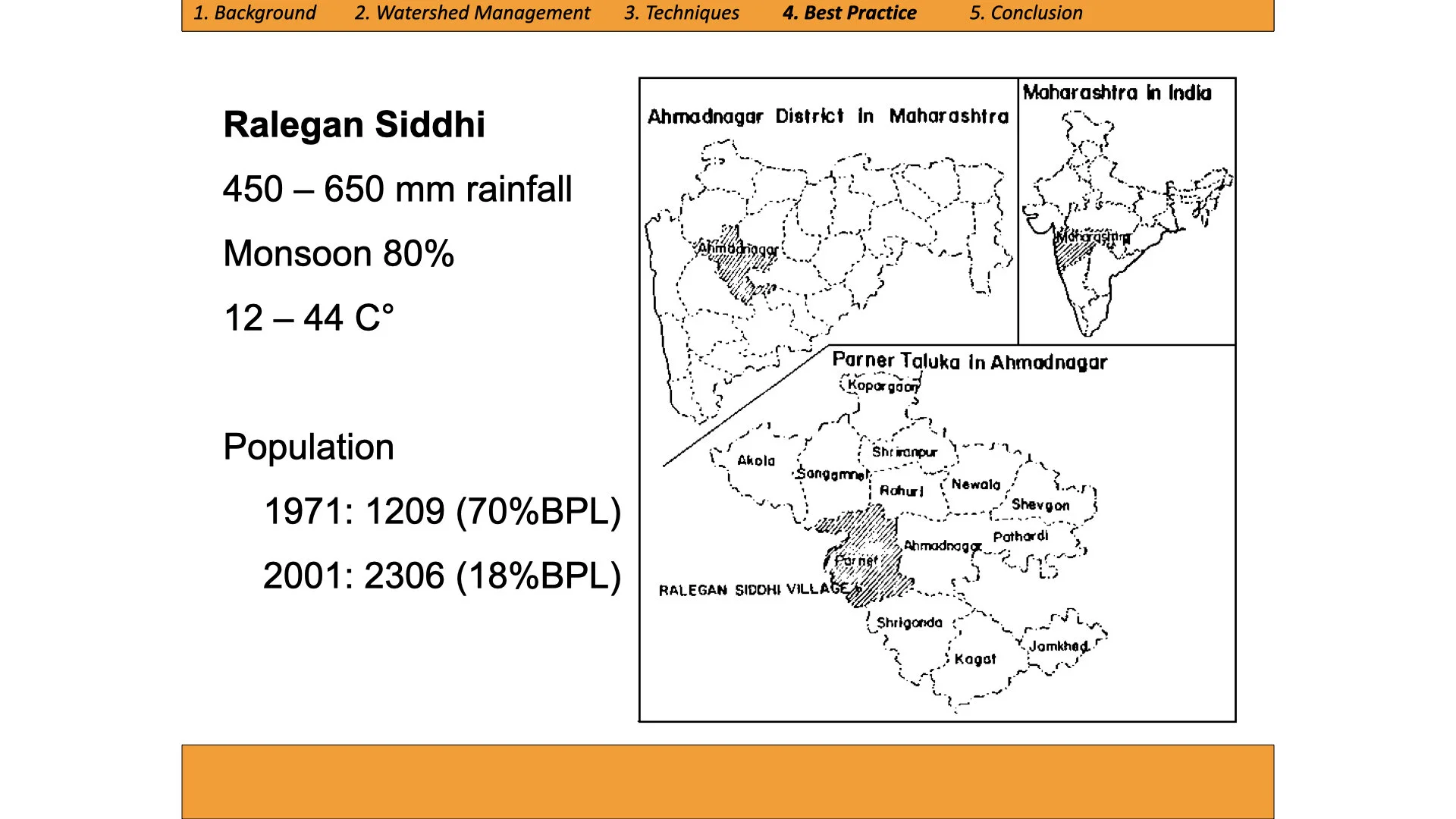

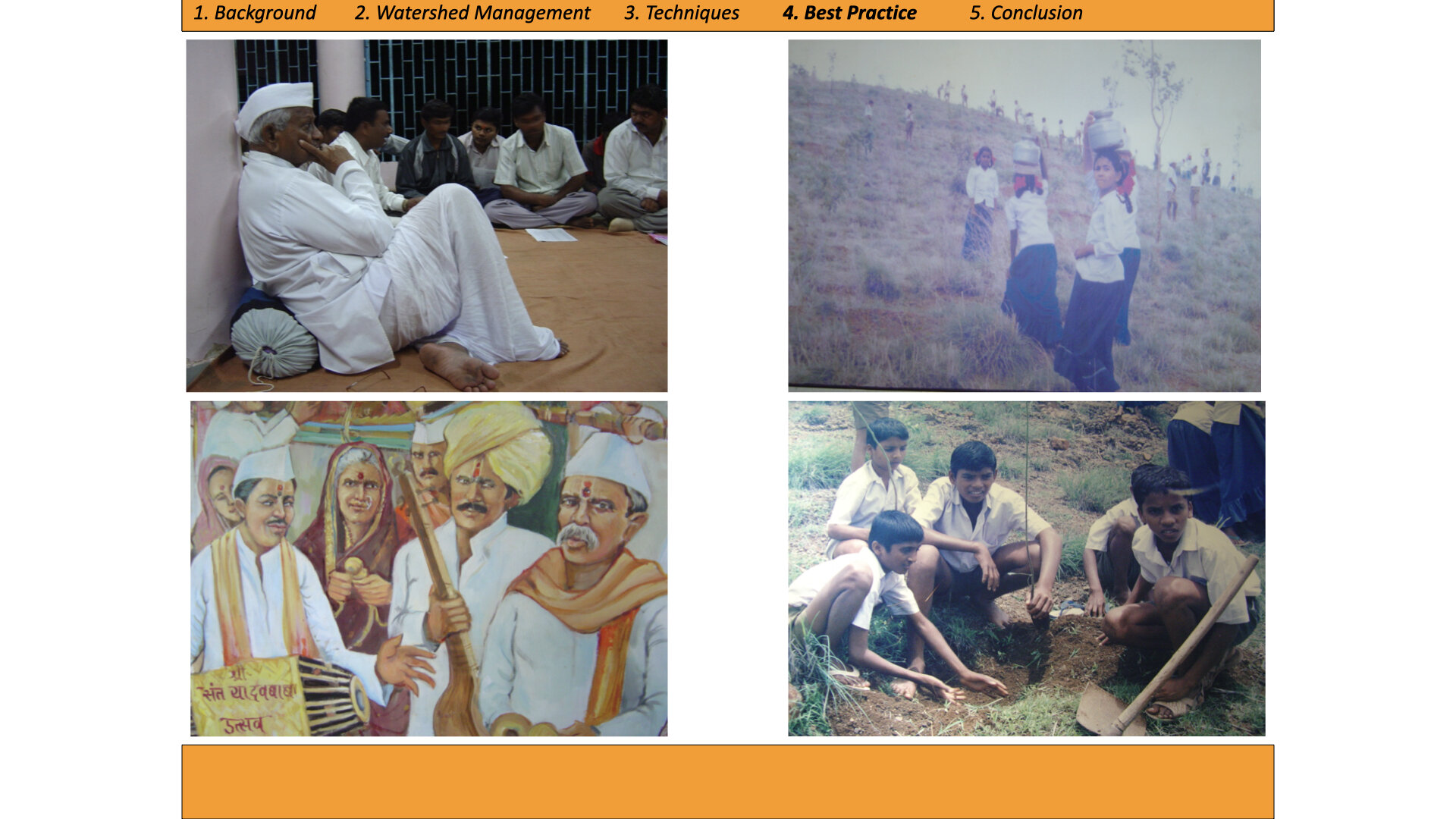
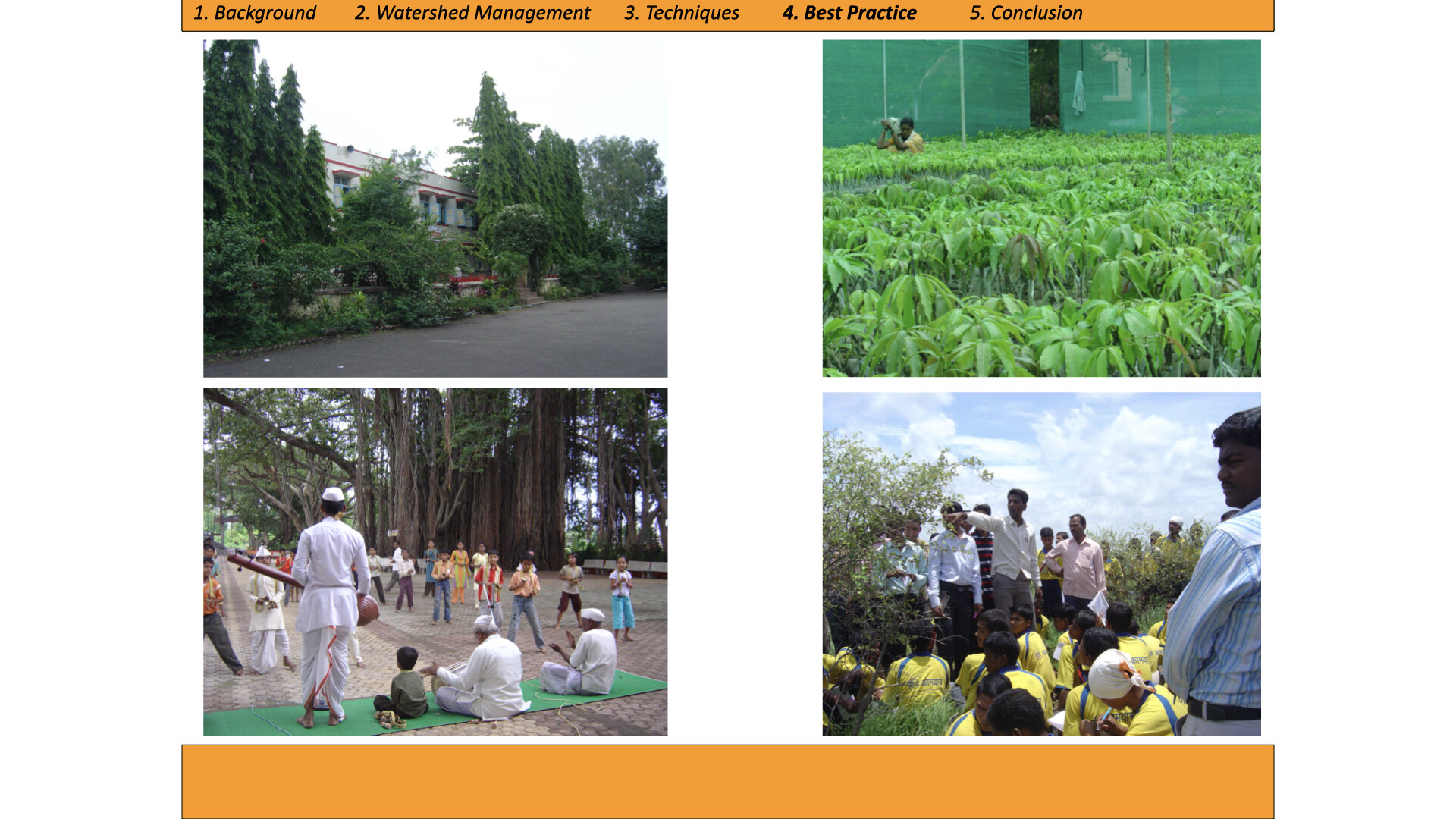
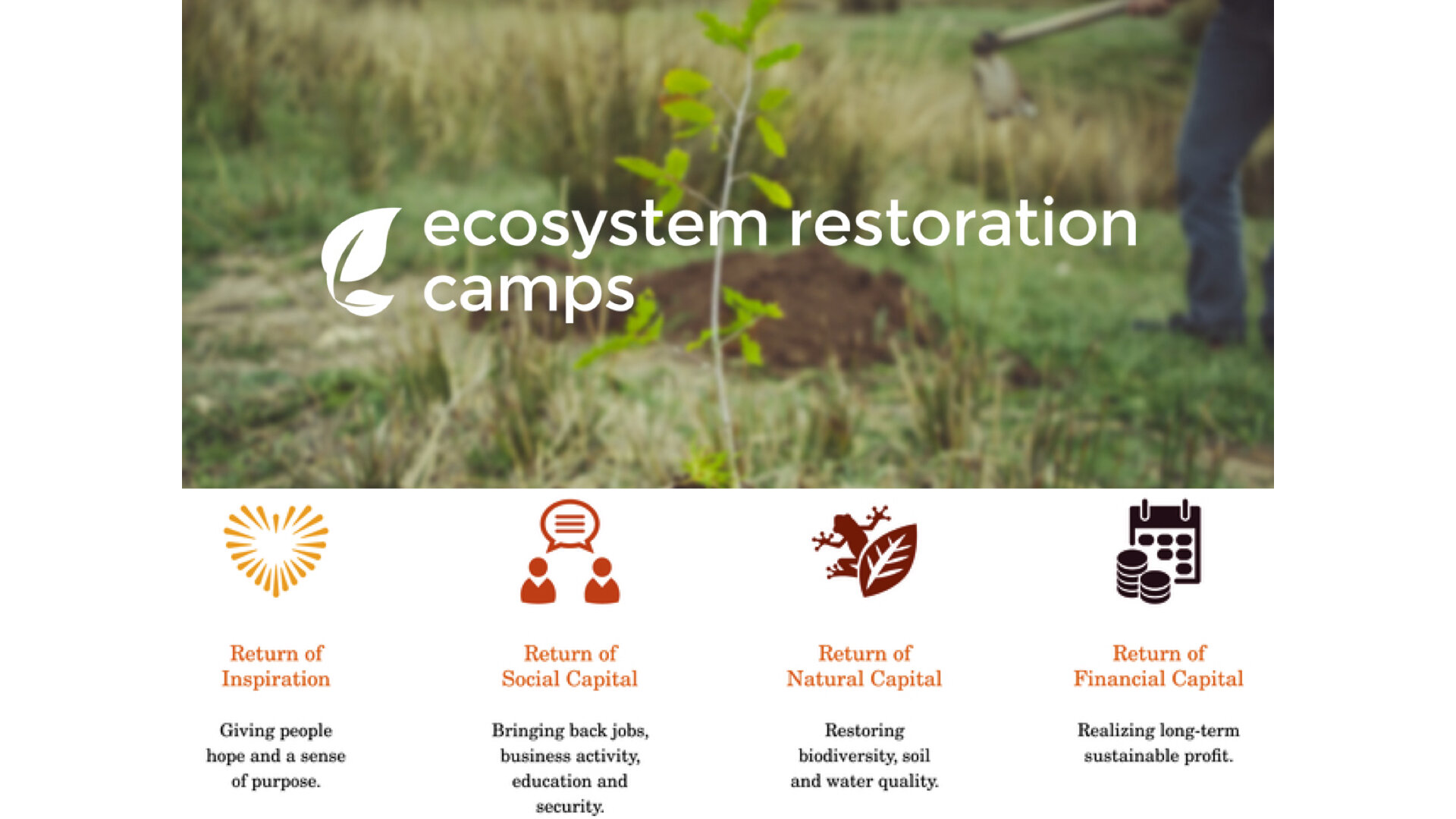
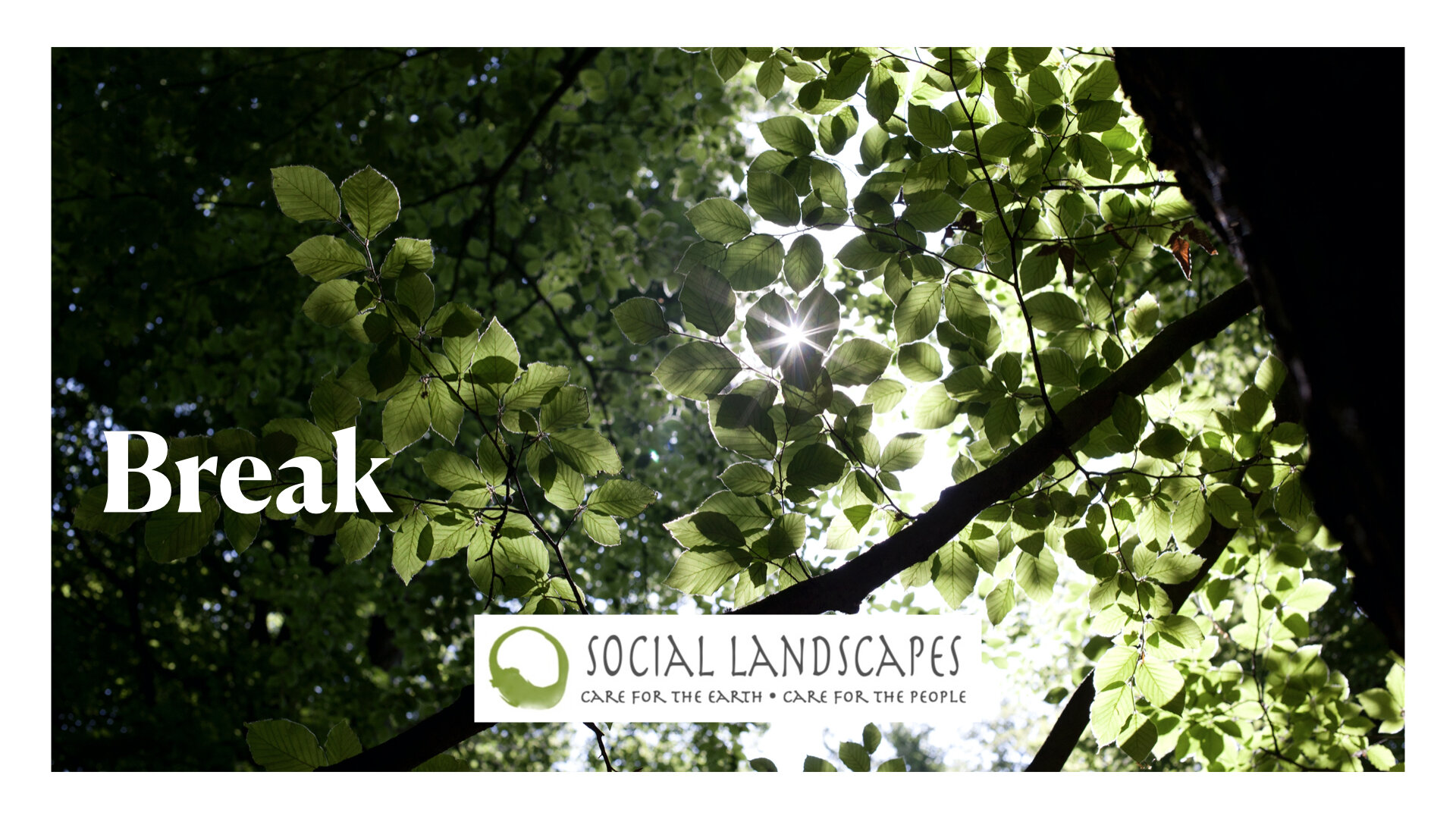
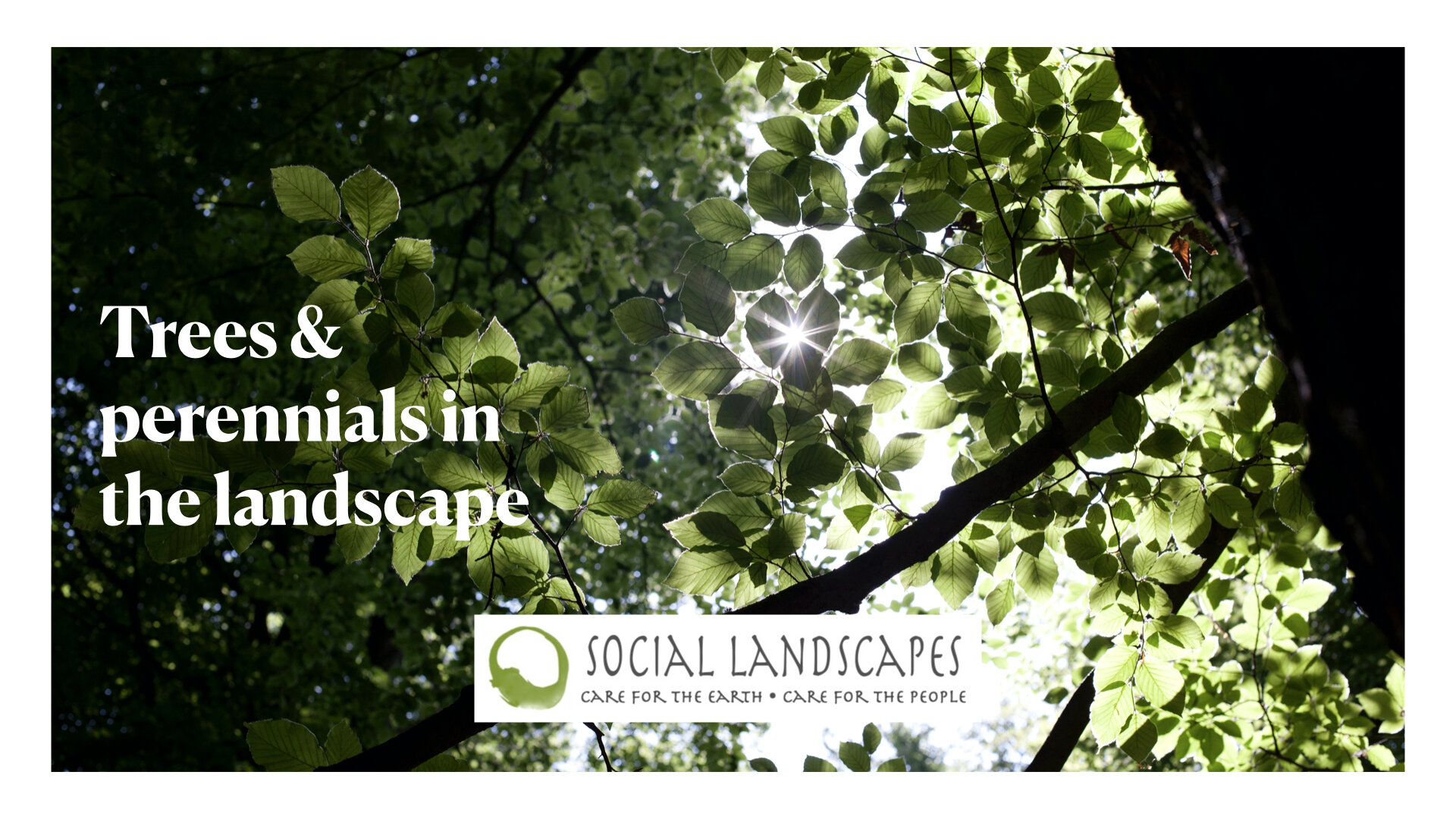
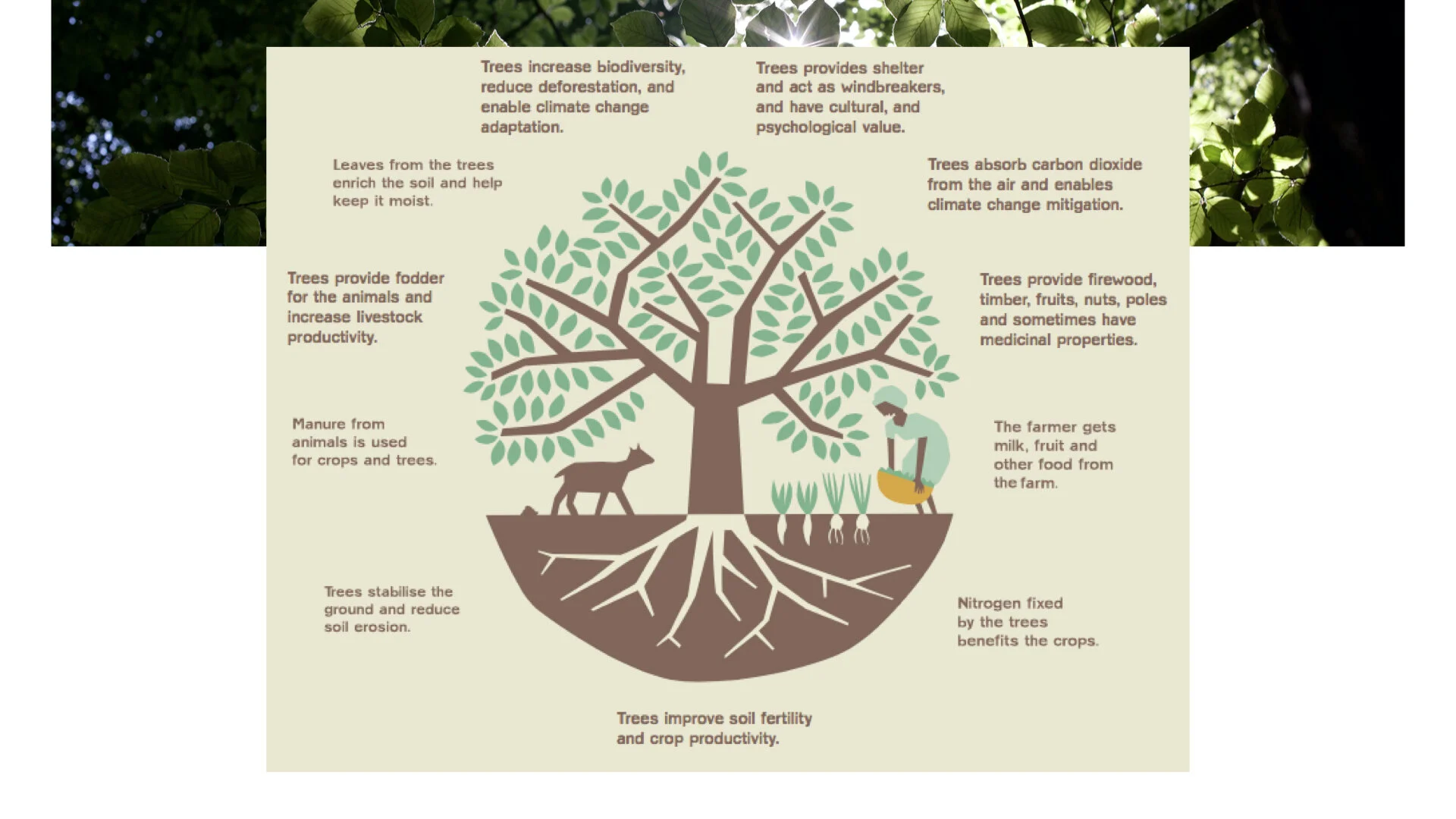
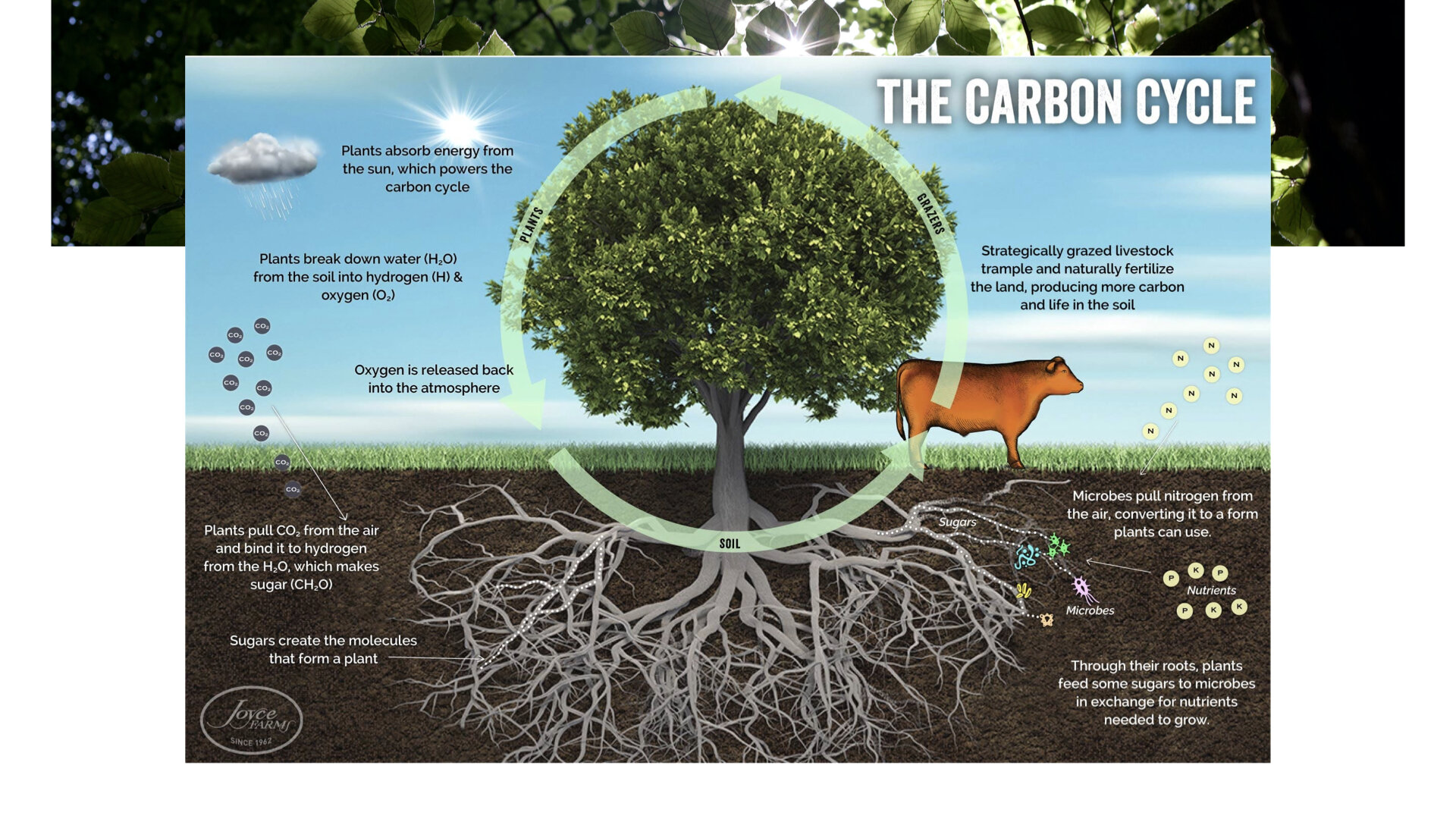
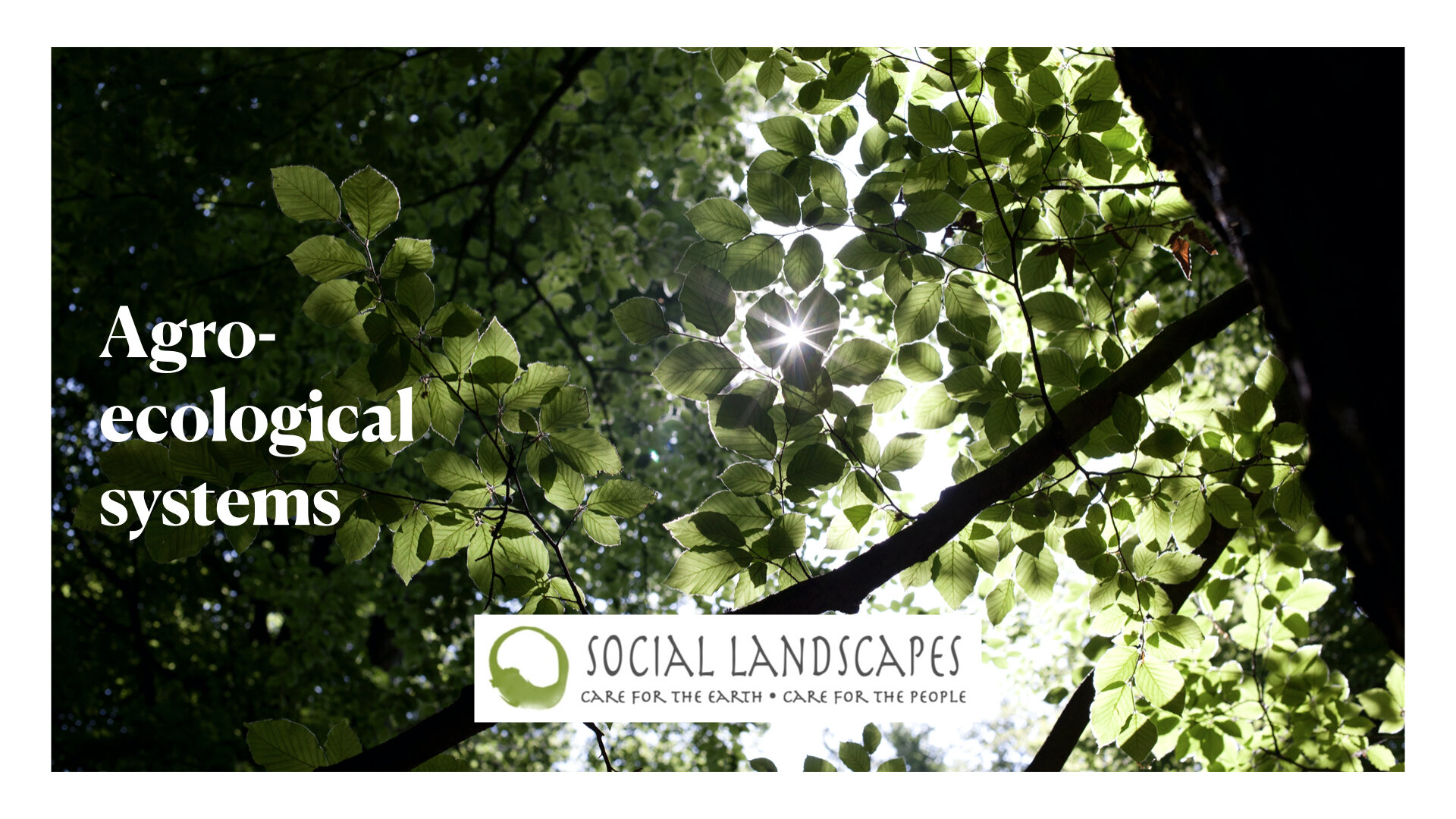

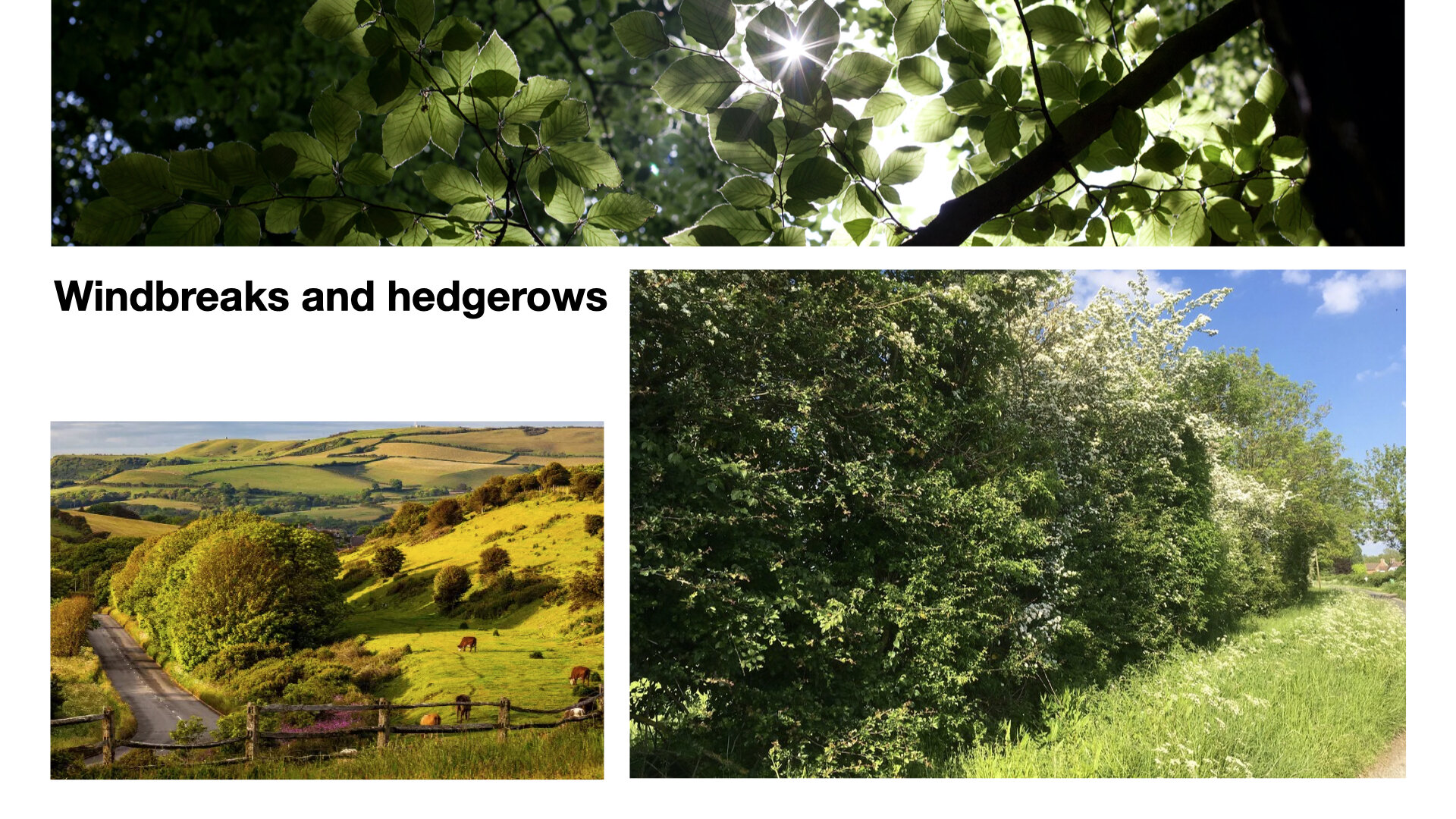
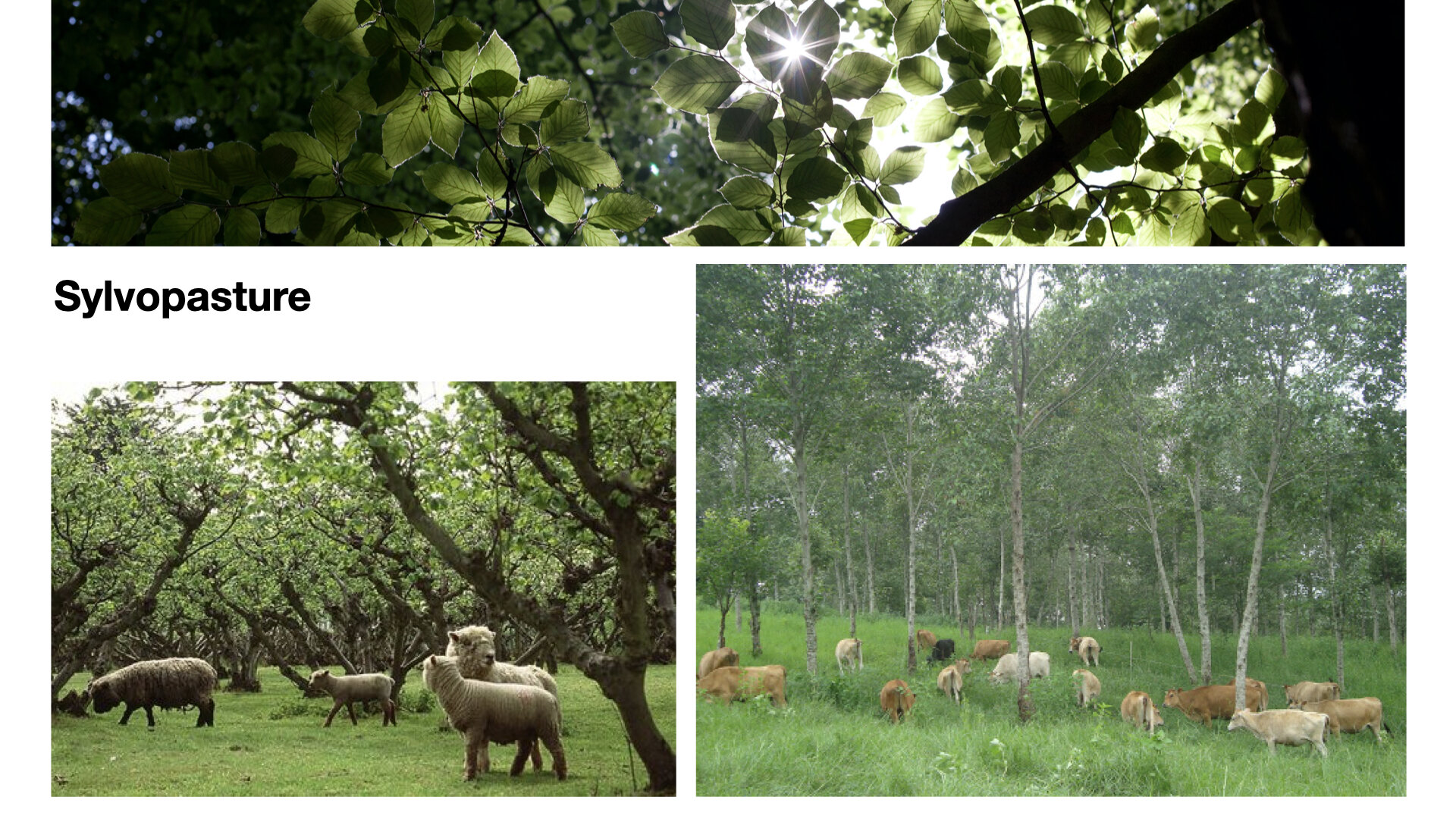
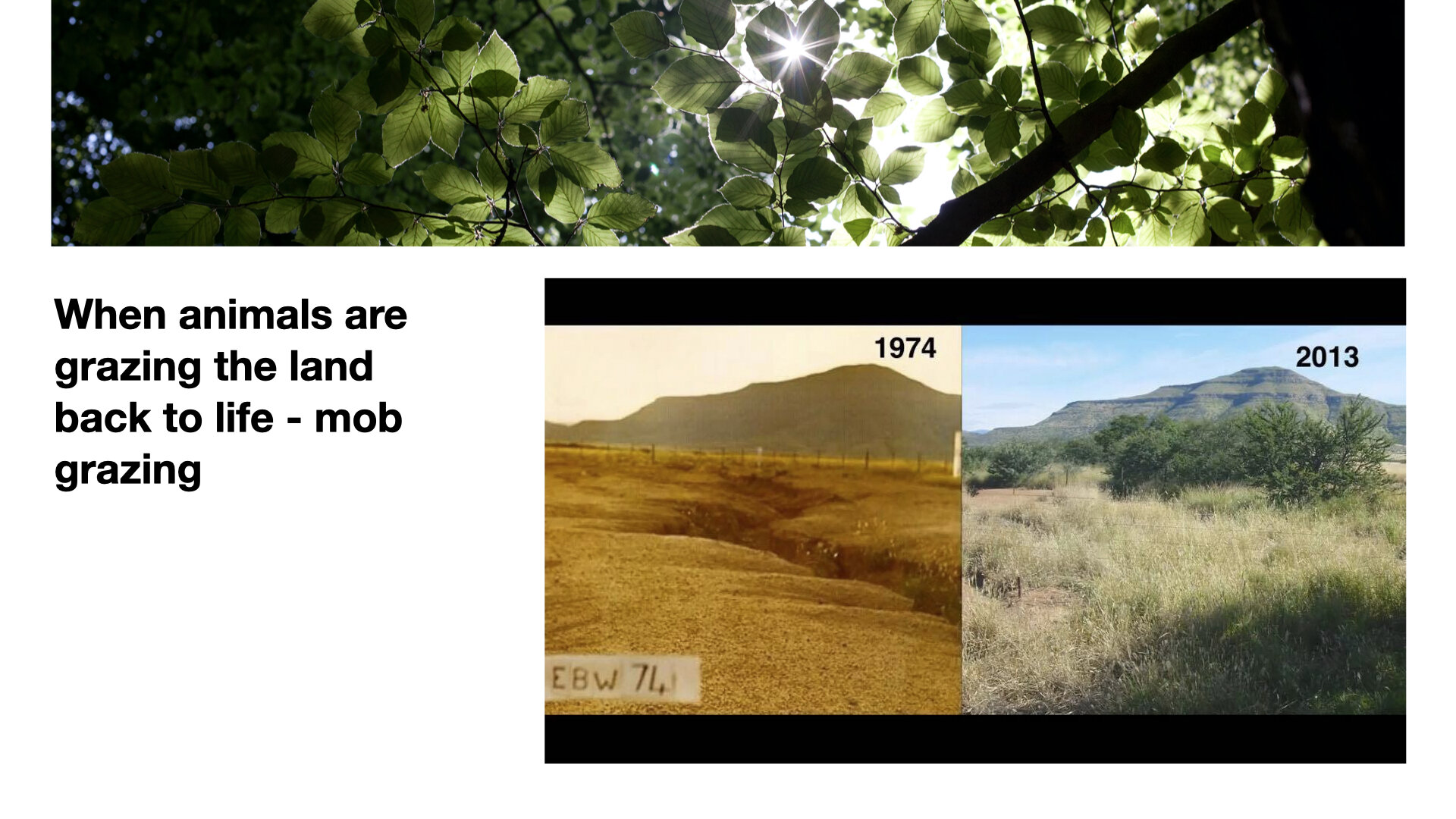
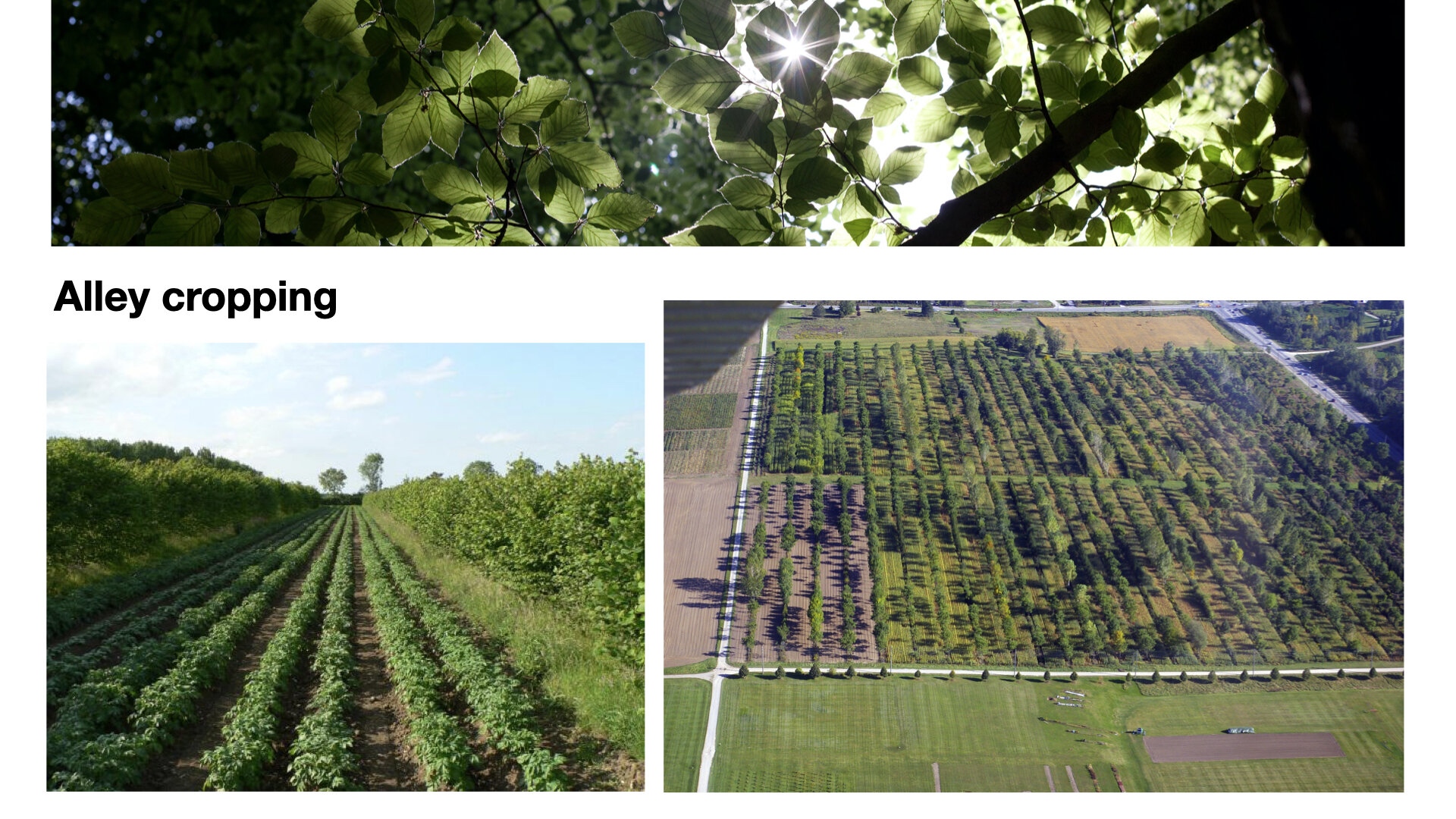
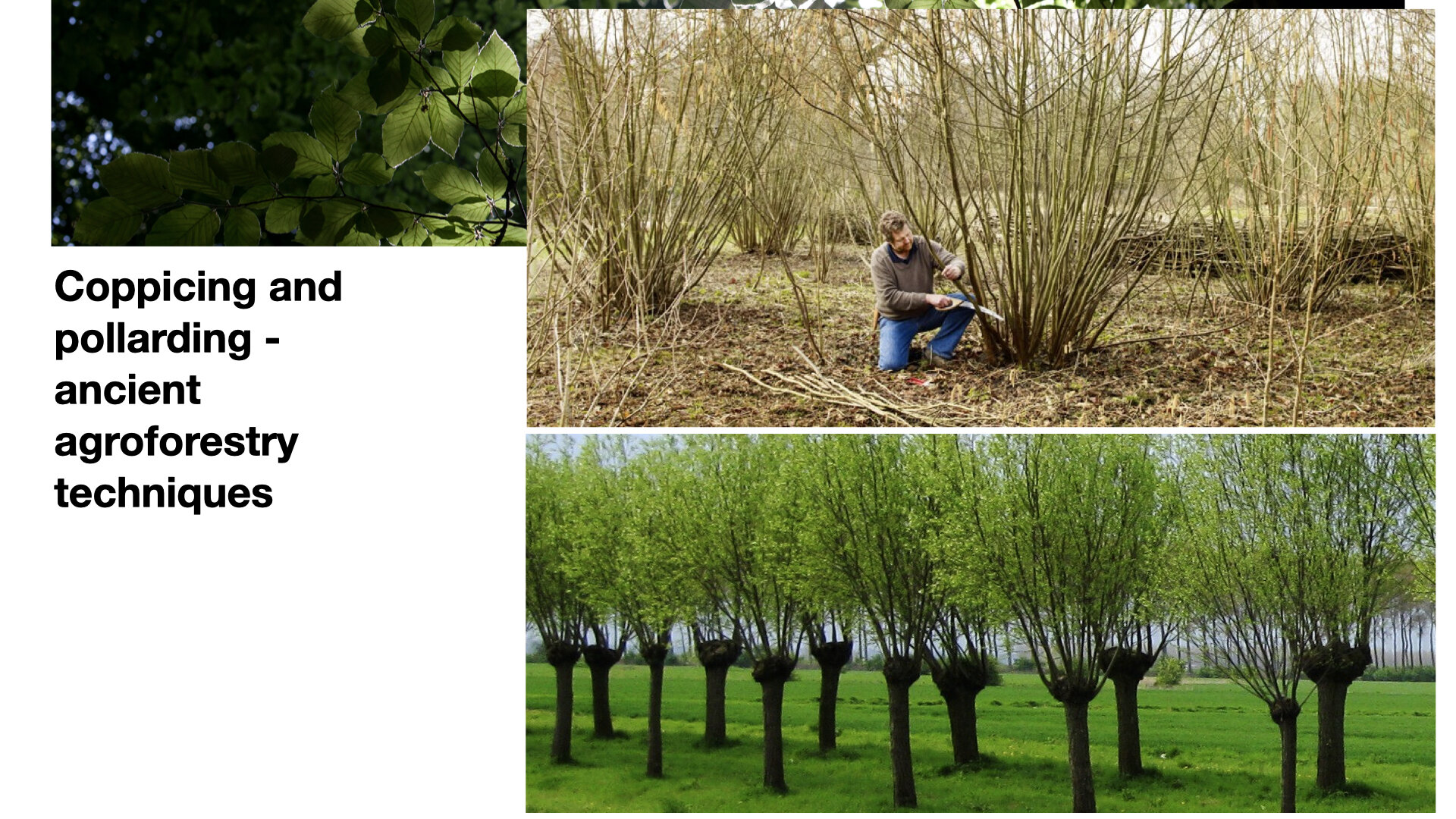
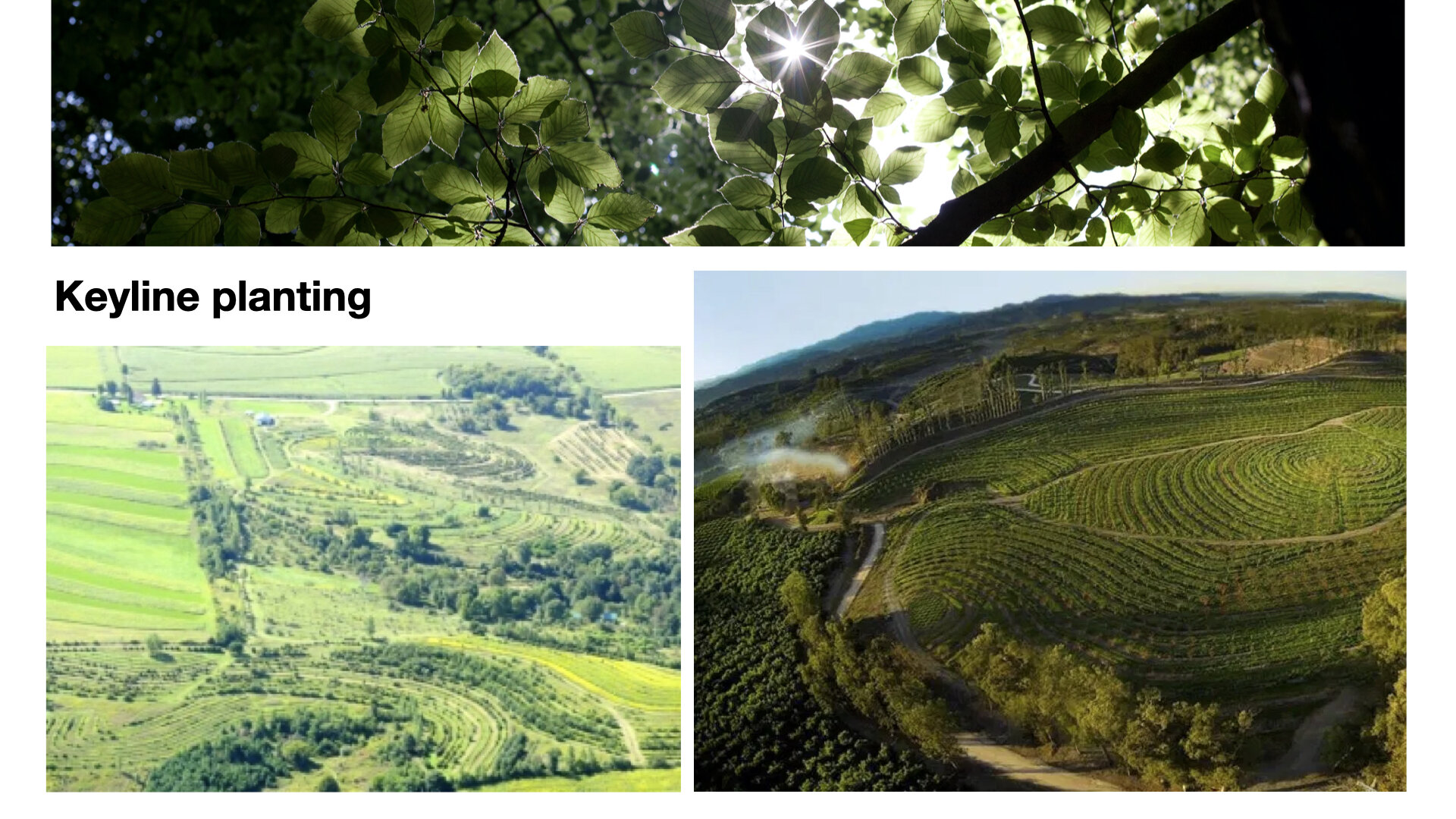
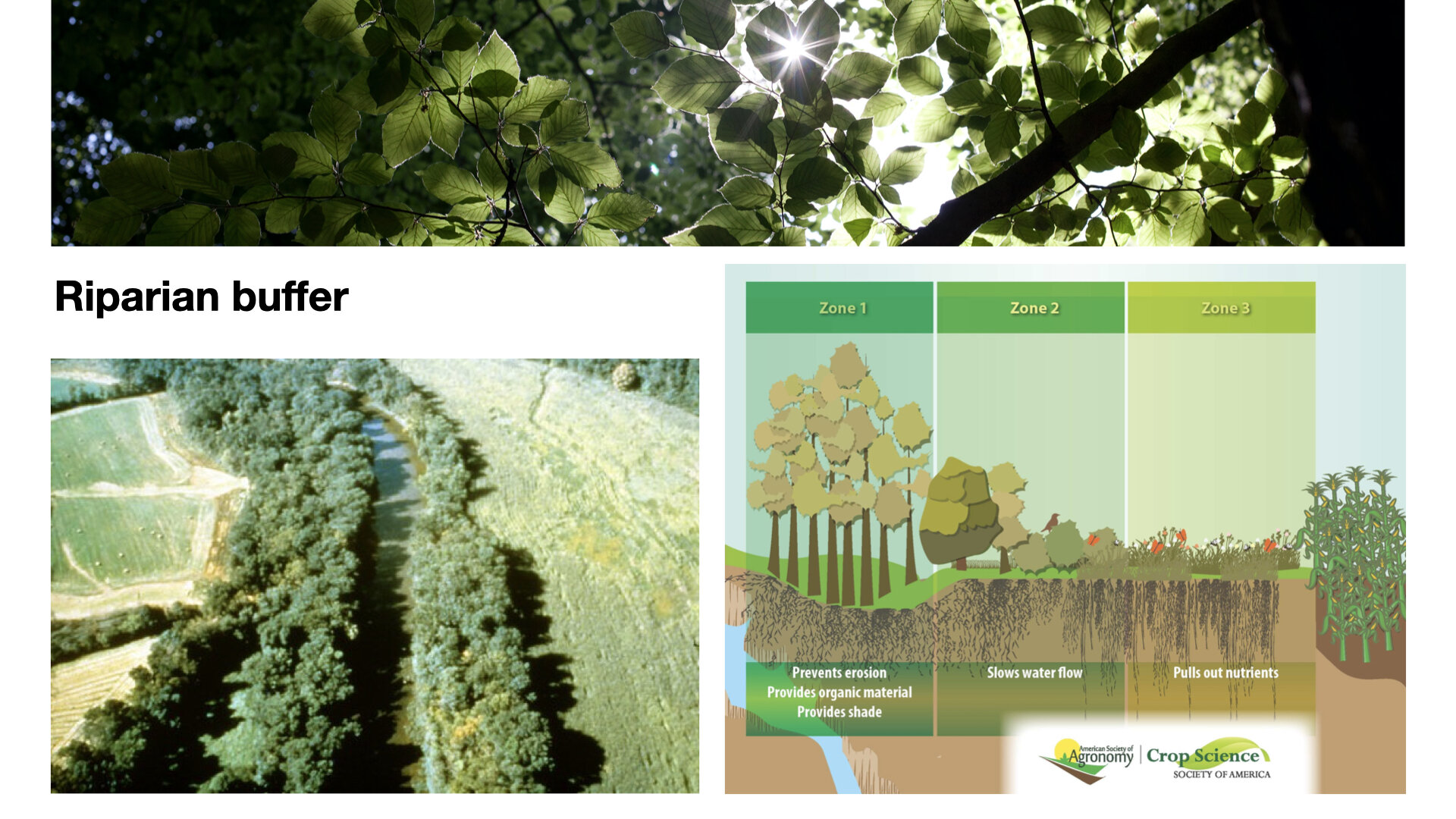
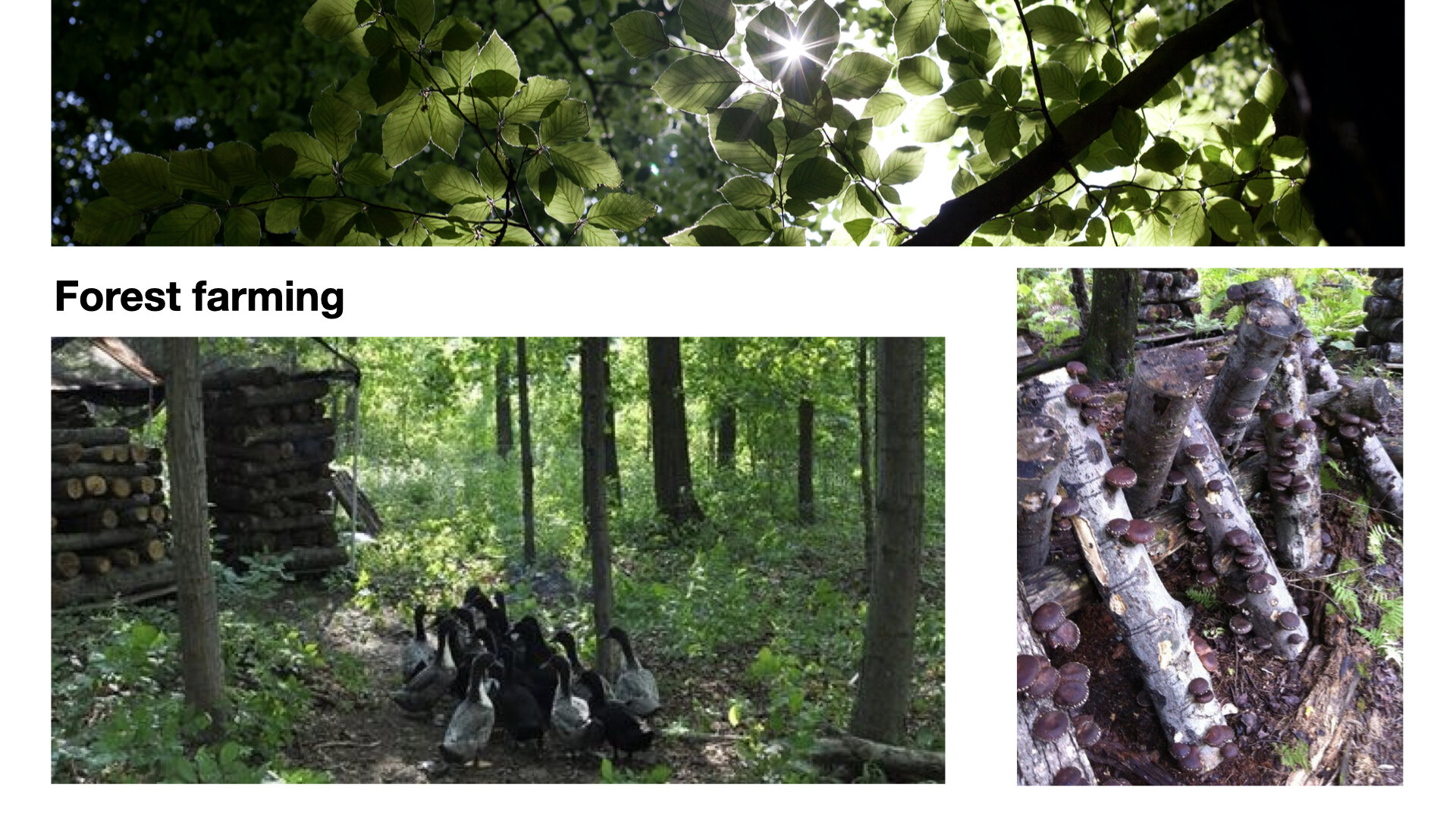
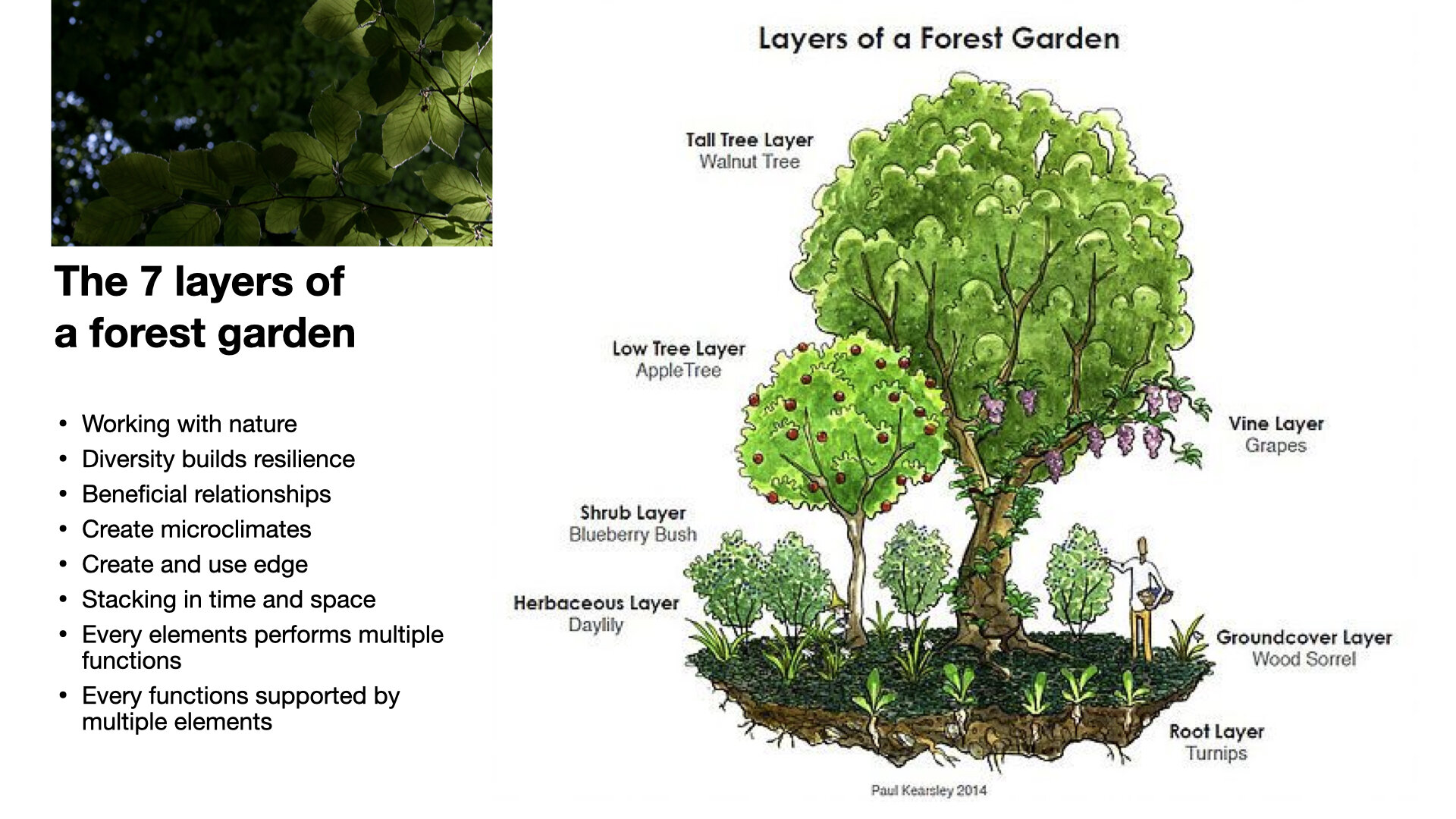
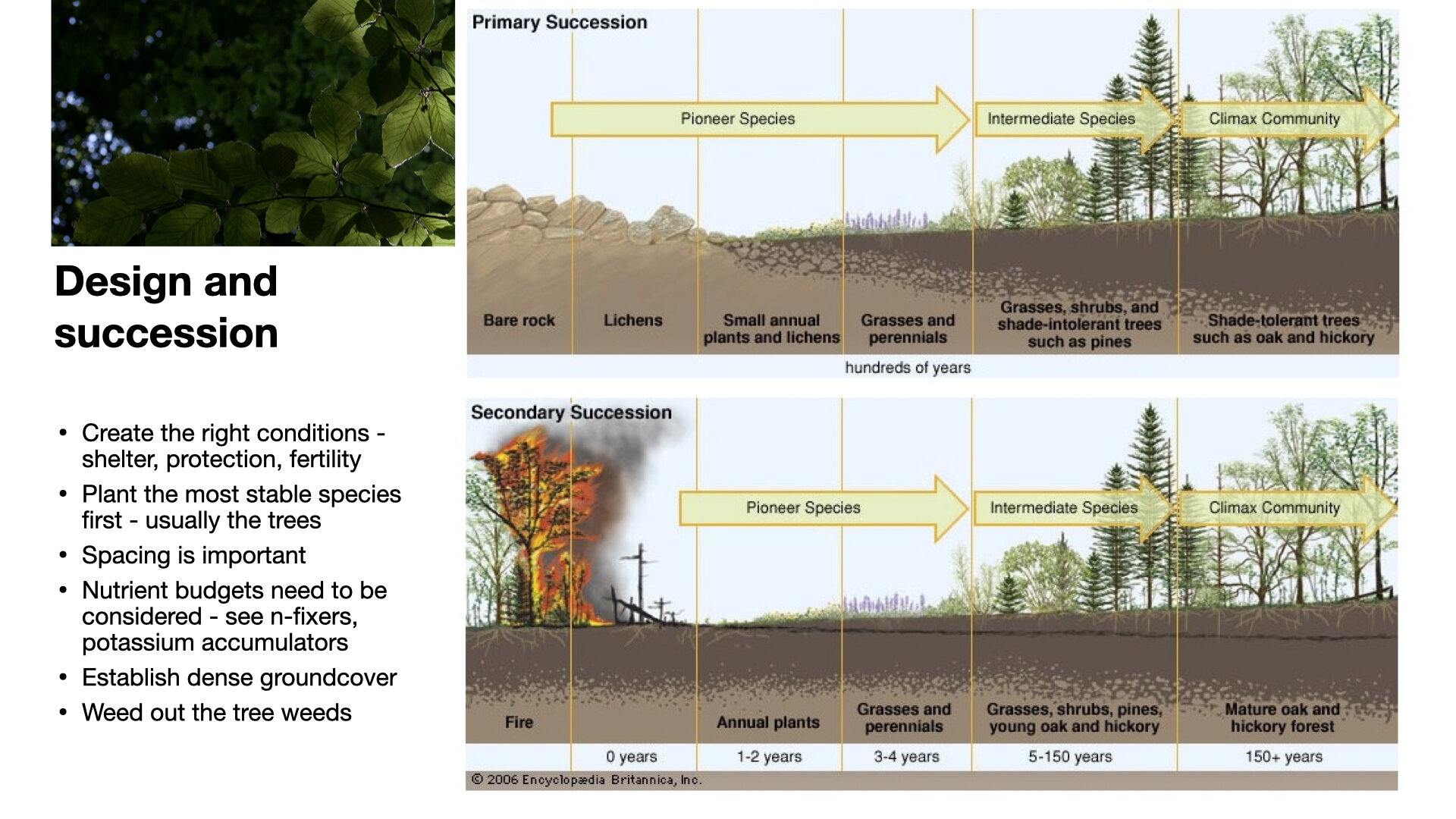
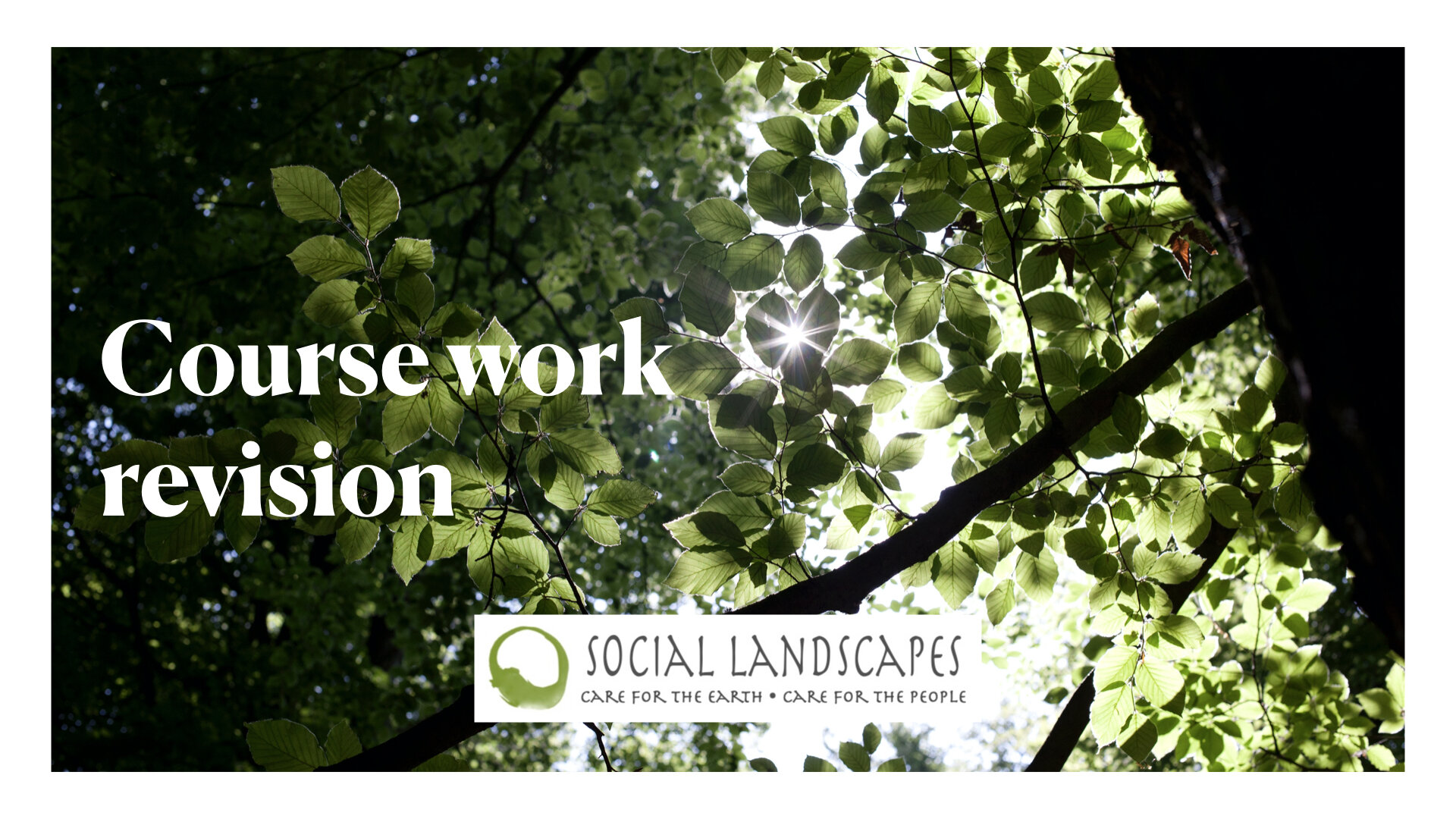
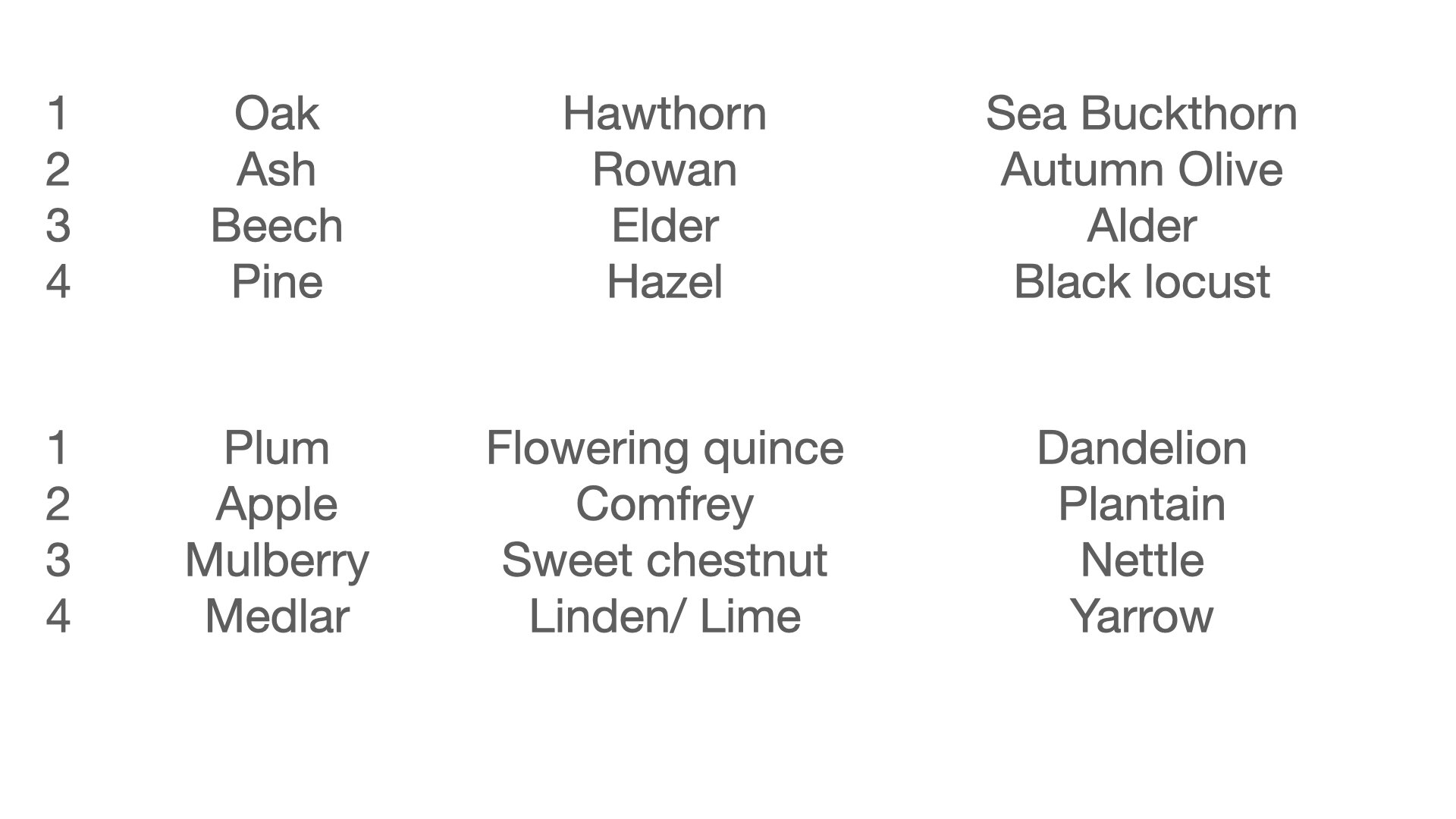
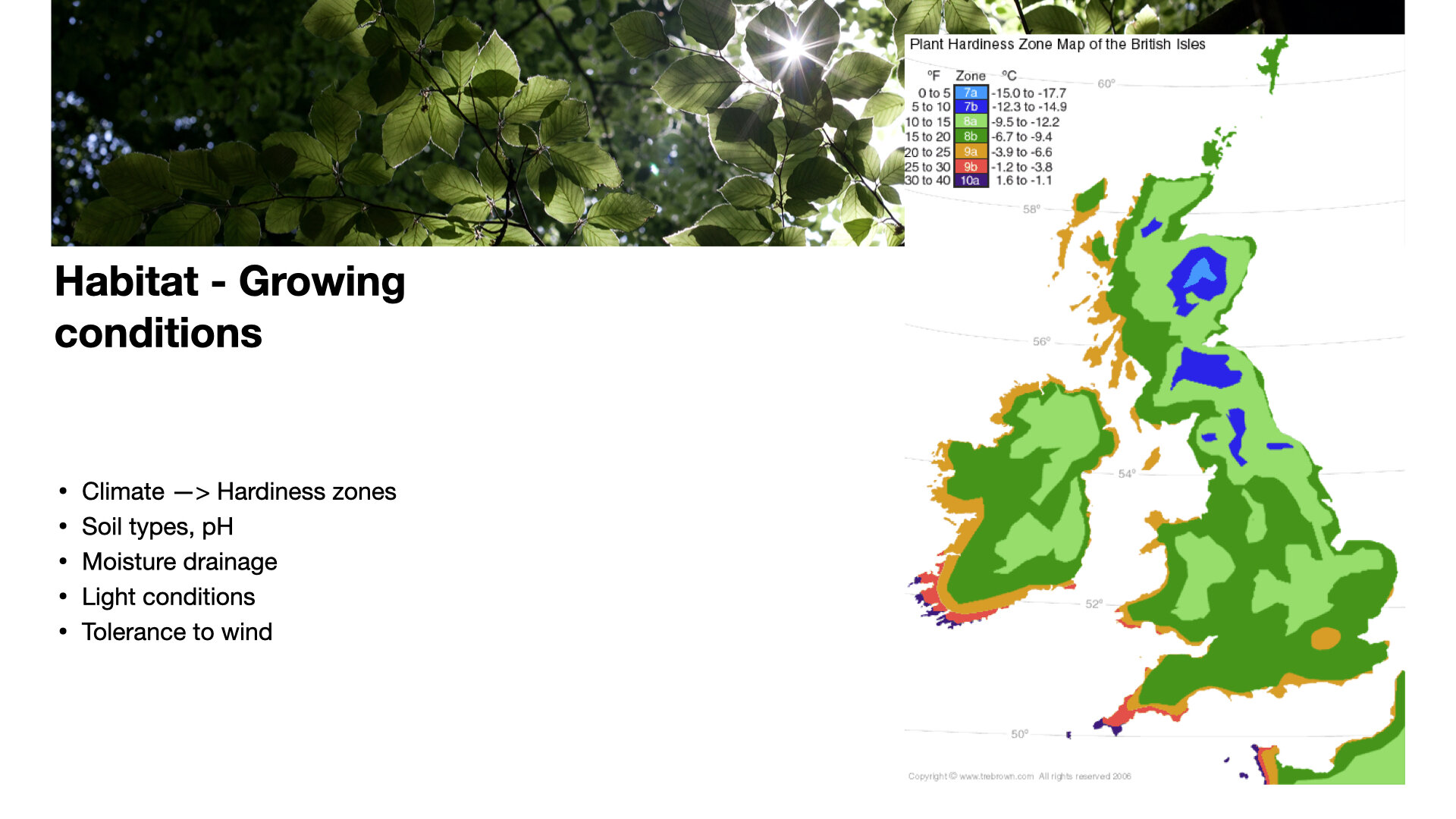
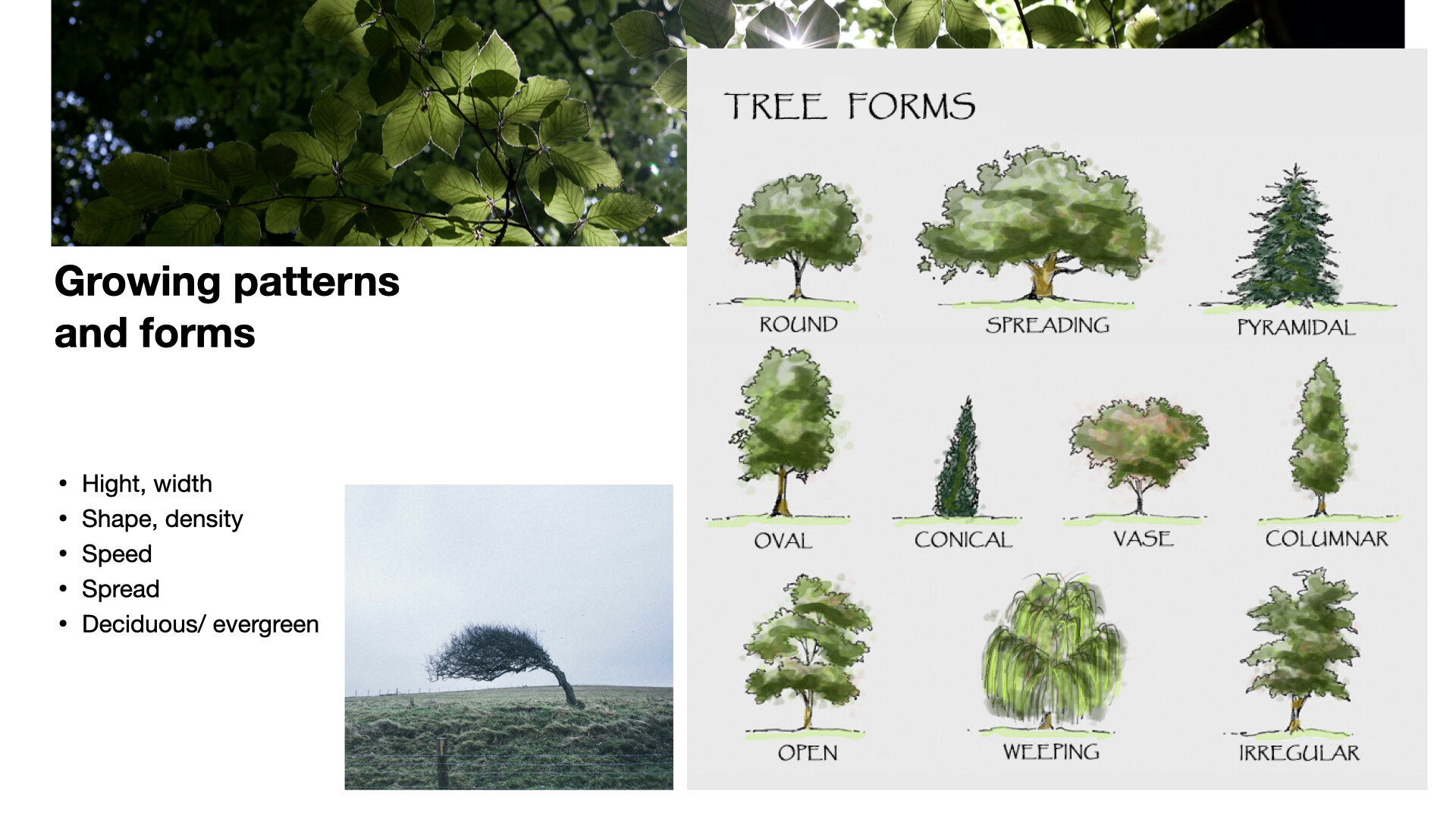
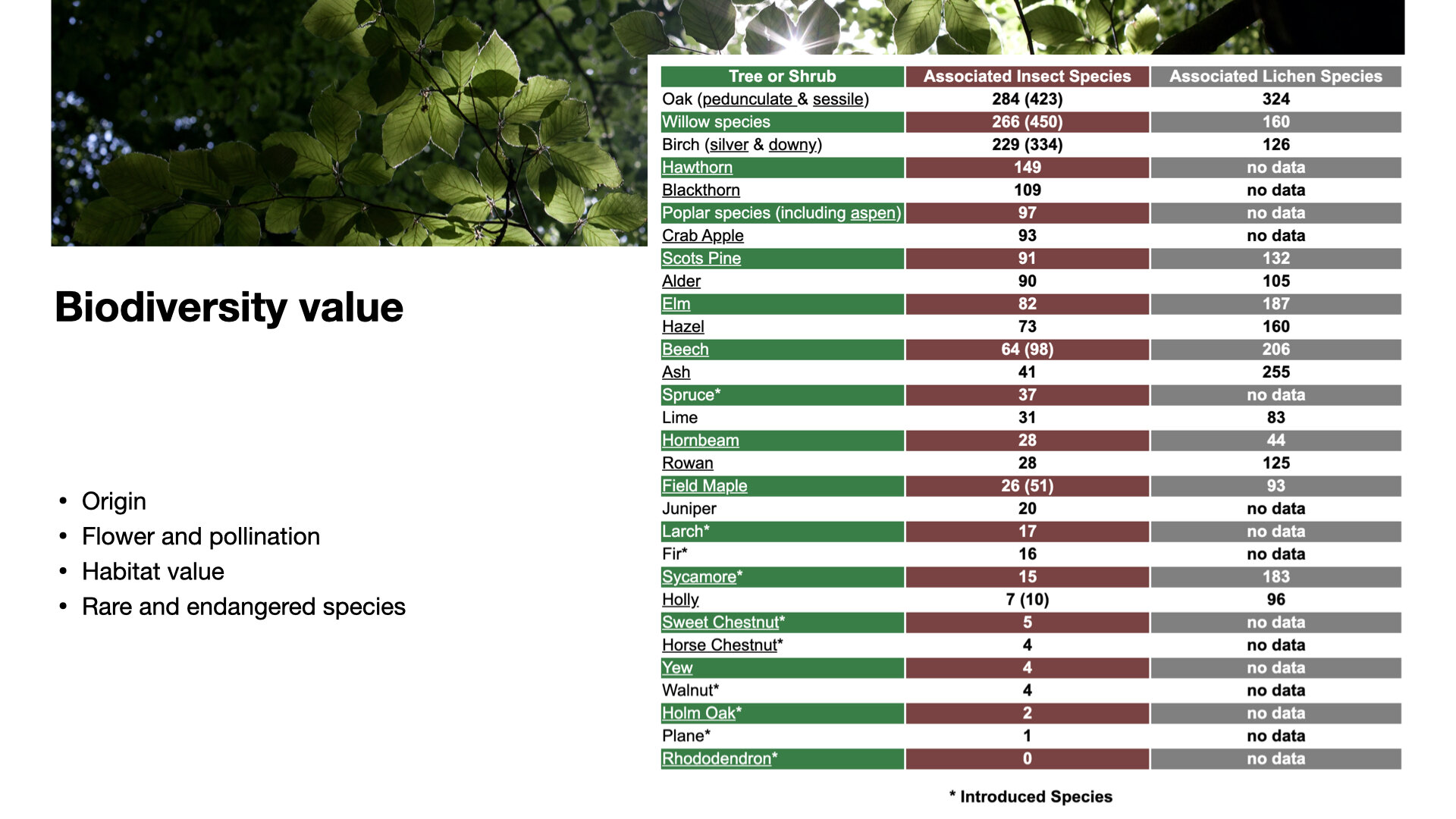
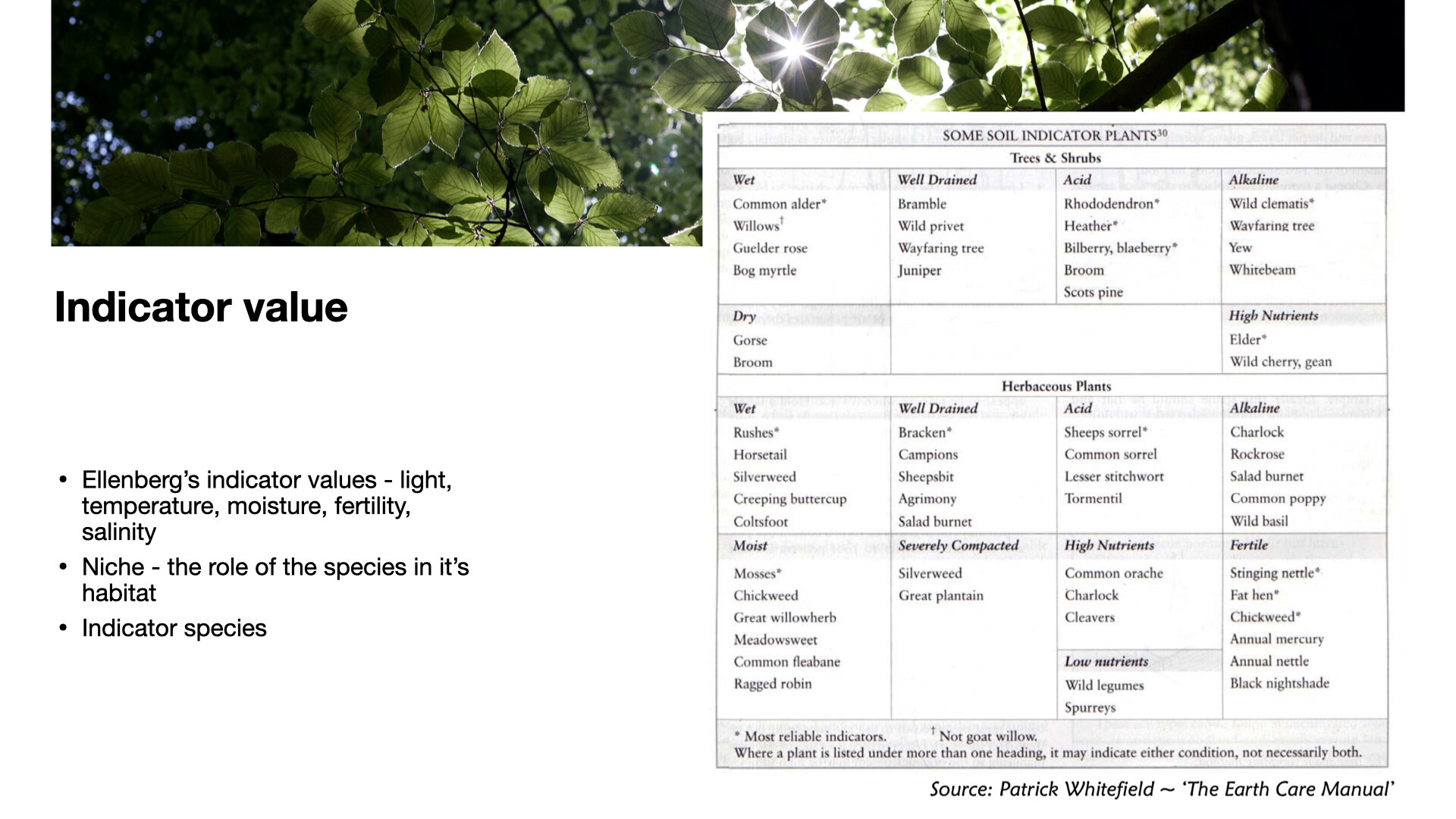
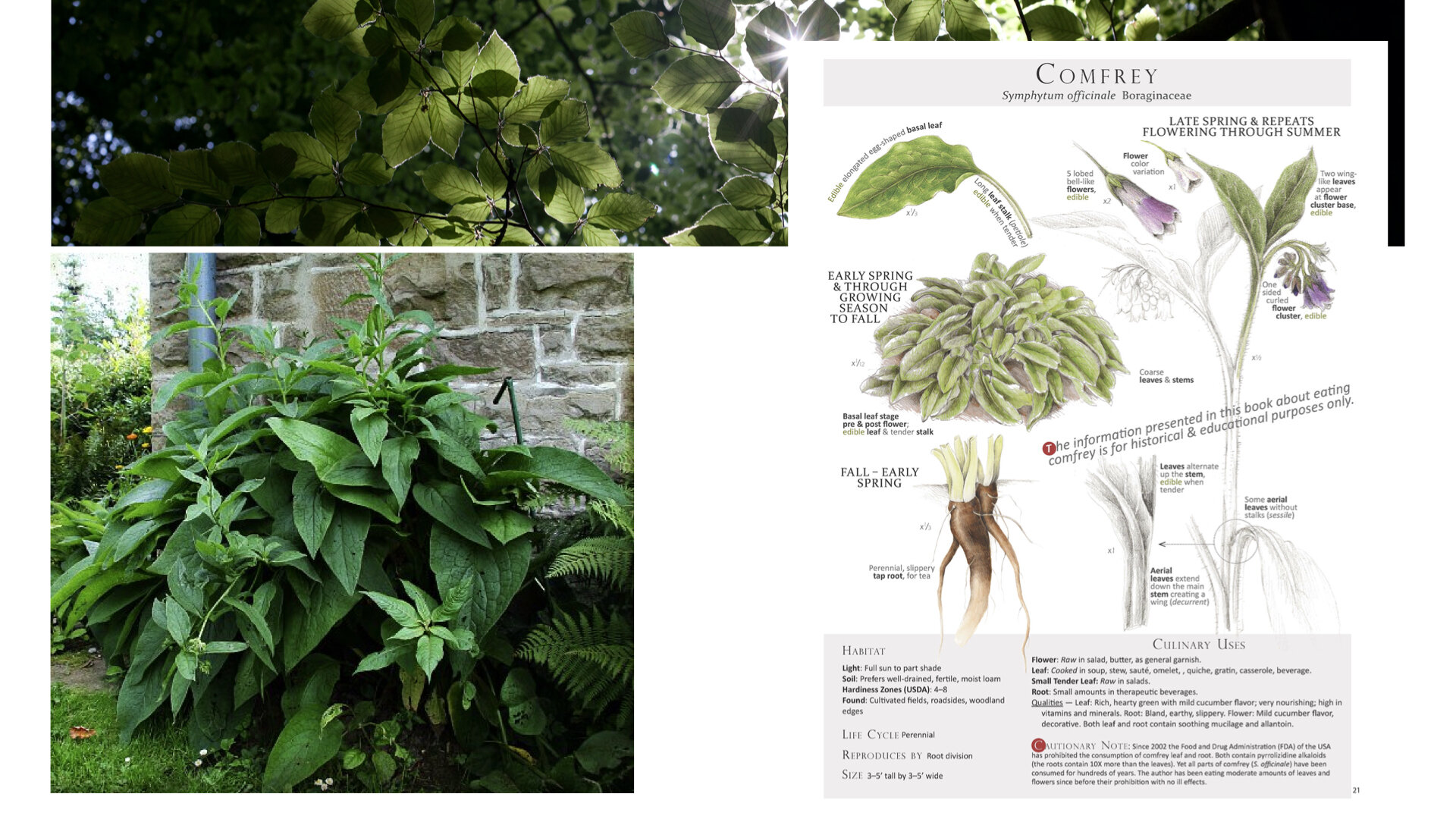
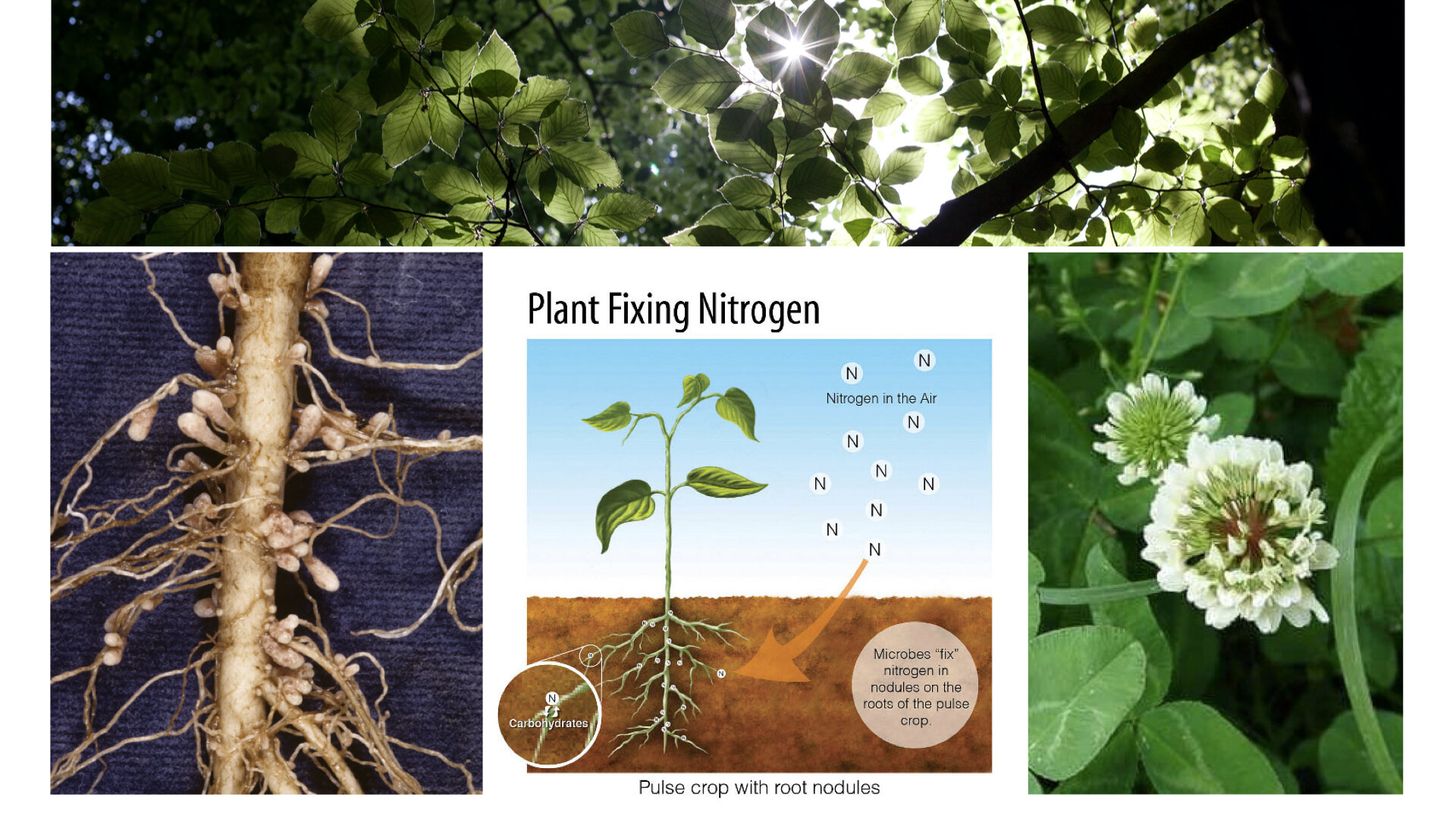
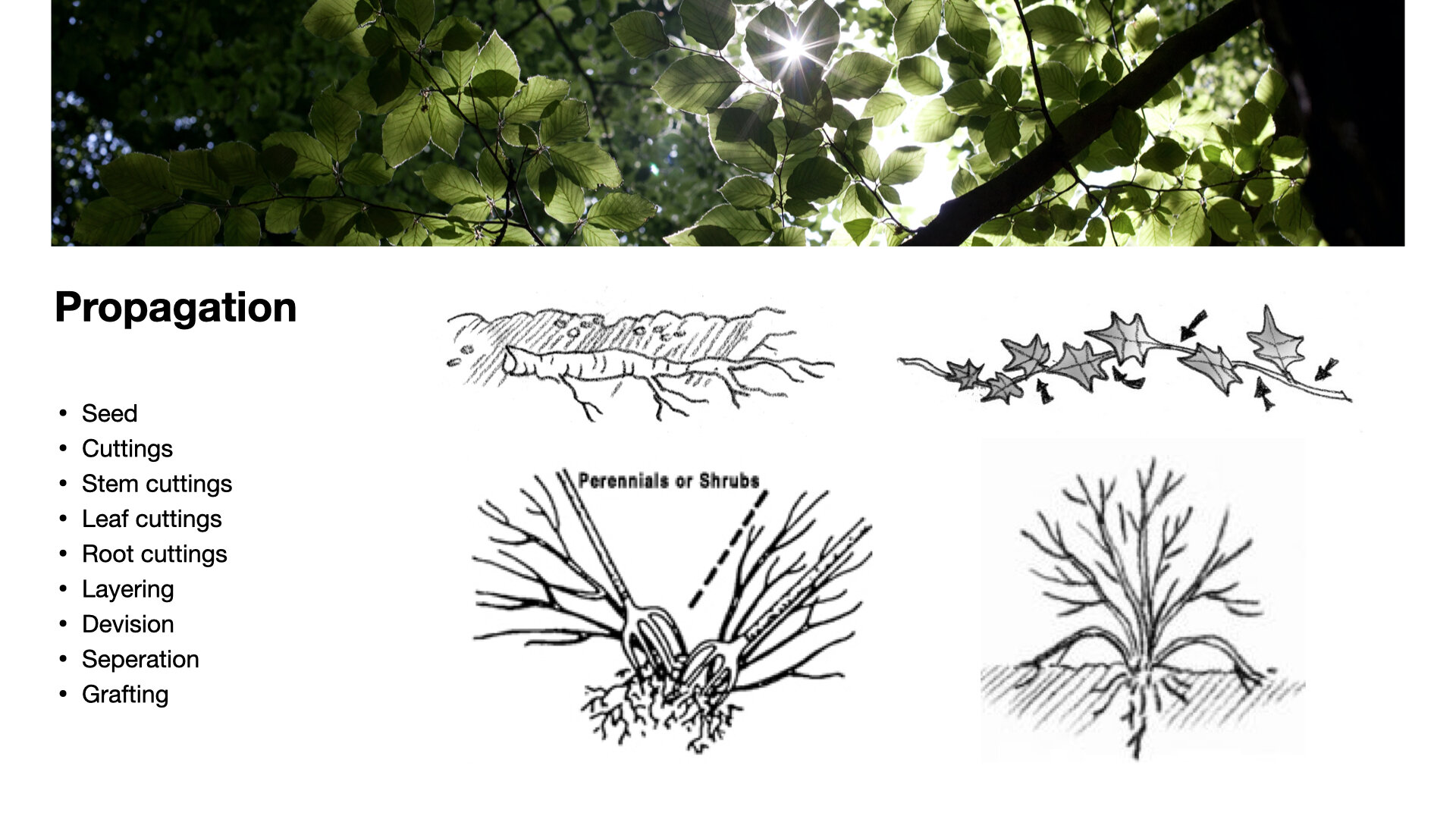
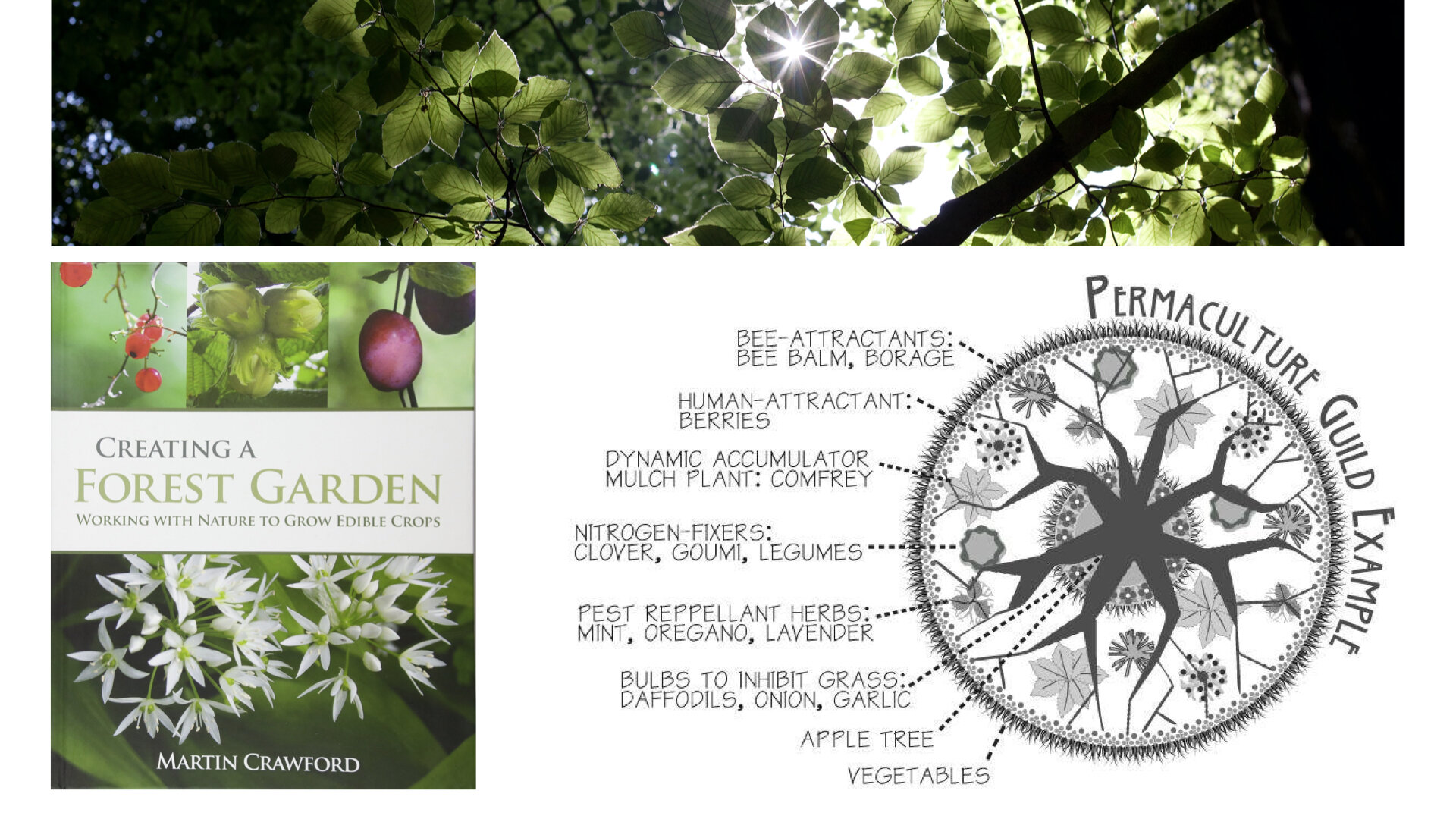

An introduction to the topic of water and the water cycle
Principles of water management
An overview of agroecological techniques
From minute 20:34 in this video you see a presentation on a Ecosystem Restoration Project in Andalusia, Spain (optional, but recommended)
Here you can find the recordings from the live sessions latest 48 hours after completion:
Documents to use during live sessions
Useful handouts
Design process worksheets from Aranya - these sheets can be very useful to help guide you through your design process:
Additional learning resources
Videos & Films
Which came first, trees or the rain?
Indian Man Plants Forest to Save his Island
The Man Who Planted Trees
Heat in cities…
The biotic pump explained.
Martin Crawford’s Forest Garden in South Devon
Your assignments and coursework
Assignment 1: Look for patterns (approx. 30 minutes)
Keep an eye out for the natural patterns that surround you, whether they are obvious, such as the spiral that the snail carries around, or less obvious such as subtle changes in vegetation on the lawns or in the parks you visit.
Why not use a sit spot to do this as suggested in module one. You might want to keep an observation journal for writing or drawing down what you notice. It’s like learning a new language. The more you put in the more you get out.
Assignment 2: Designing a plant guild (approx. 1h30)
Design a plant guild. You might want to look back at the webinar from module 1 to look at the different plant functions to include.
Make sure to consider your own climate and microclimate, the sectors, the sizes of the full grown plants and also their needs in terms of light requirements and other conditions they need.
Your design project: identify your functions…
Have you got your idea for what you would like to design on this course?
If yes, finish your survey and with the information you’ve gathered, see if you can identify a short list 3 - 5 key functions for your design. Ask yourself: what does my design need to achieve to meet my needs/goals.
Further ask yourself, what patterns and principles might be able to help you in the process? What are some possible elements that can meet your functions? List elements, without choosing which ones are the ones you want in your final design - stop yourself from jumping ahead.
(use Aranya’s Design Process Worksheets as a help if necessary - you can find them above)
Ideas for practicals
As part of the course you will require to do and document 2 practical projects (approx 3 hours of work each). Here are some ideas… if you don’t like them, there will be ideas with each module. Or come up with your own.
Design and plant a mini plant guild - you might have a tree or a shrub in your garden already that you want to plant around or you have some space and start from scratch. Winter is the time to plant trees and shrubs. If you don’t have space, make a plant guild in a few pots, a hanging basket or on your window sill. You can use Dan’s session on plant guilds in Module 1 as inspiration.
Create a bug hotel - do your research of what makes a good bug hotel and create one for your garden.
Build a small pond - again, do some research and create a small pond in your garden, it will turn your space into a wildlife haven. You don’t necessarily need to dig, it could be on pots or with tires.
Quiz & completion
Taking the quiz and showing that you have understood the material covered in this module is essential for you to receive the Permaculture Design Course Certificate at the end of the course.
Feedback
Receiving your feedback on what we do is essential for us to keep improving our courses - for you and those that learn with us after you. It will take 5 minutes - thank you!

